Samsung Onyx LED screens bring vibrant visuals and immersive experiences to Paris' iconic Pathé Palace, blending historic ambiance with innovation.
The post Samsung Onyx LED Screens Redefine Cinema at Pathé Palace first appeared on Trendy Gadget.
Samsung Onyx LED screens bring vibrant visuals and immersive experiences to Paris' iconic Pathé Palace, blending historic ambiance with innovation.
The post Samsung Onyx LED Screens Redefine Cinema at Pathé Palace first appeared on Trendy Gadget.
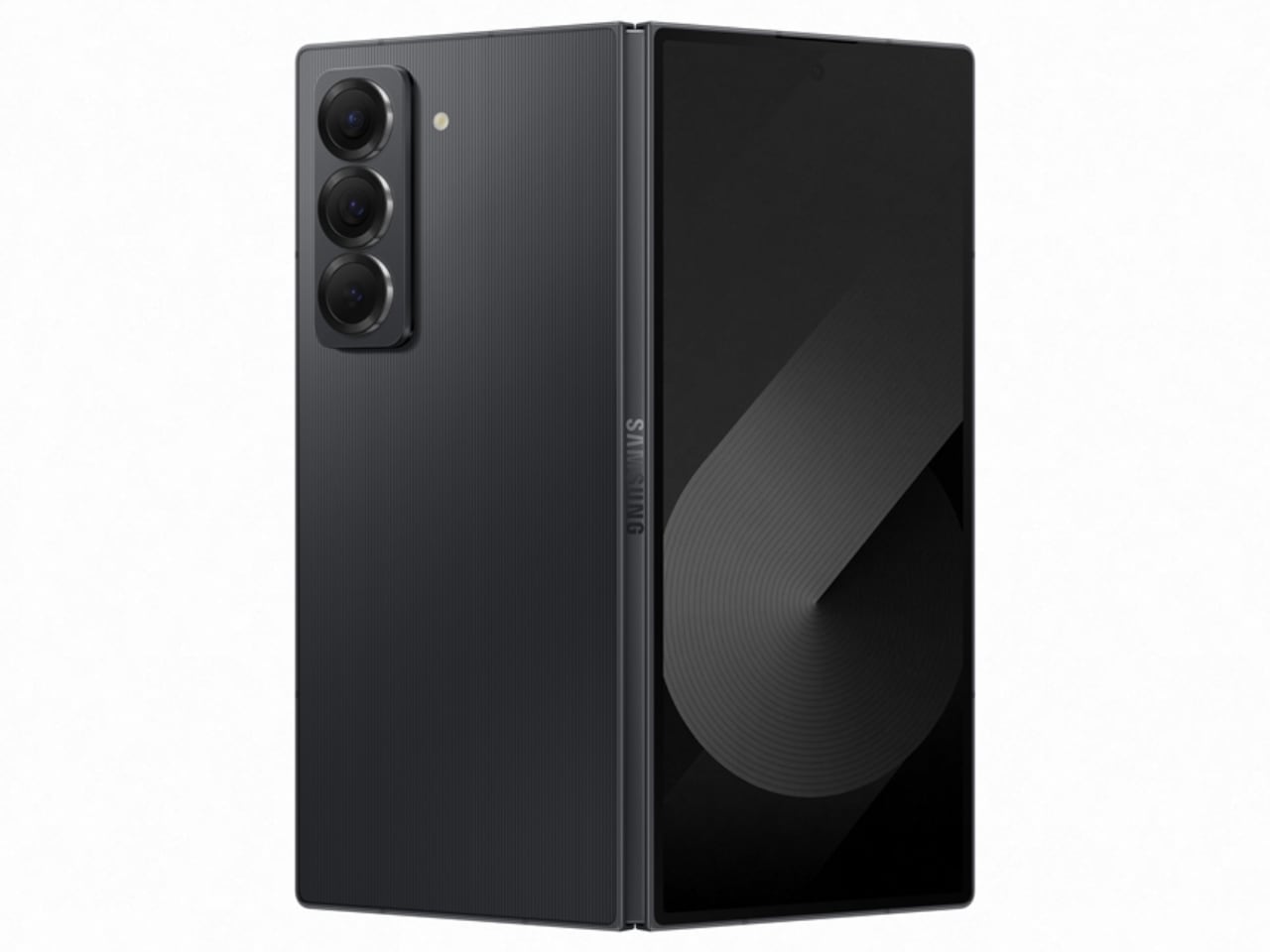
Samsung has finally made the right changes with the Galaxy Z Fold 6 Special Edition (SE), refining their approach to foldable smartphone innovation. Building on the Z Fold 6, this new edition introduces practical upgrades that raise the bar for foldable technology. While South Korean tech enthusiasts are celebrating, the rest of the world can only wait, wondering when or if they’ll get access to this exclusive release. Let’s take a closer look at why the Galaxy Z Fold 6 Special Edition is such a pivotal step for Samsung and why it’s leaving global consumers wanting more.
Designer: Samsung
Samsung continues to lead in foldable technology, and the Galaxy Z Fold 6 SE redefines design expectations. It’s thinner and lighter than its predecessor, measuring just 10.6mm when folded and 4.9mm when unfolded, showcasing Samsung’s commitment to refining foldable devices. This sleek profile enhances usability and addresses long-standing demands for a more elegant foldable design.
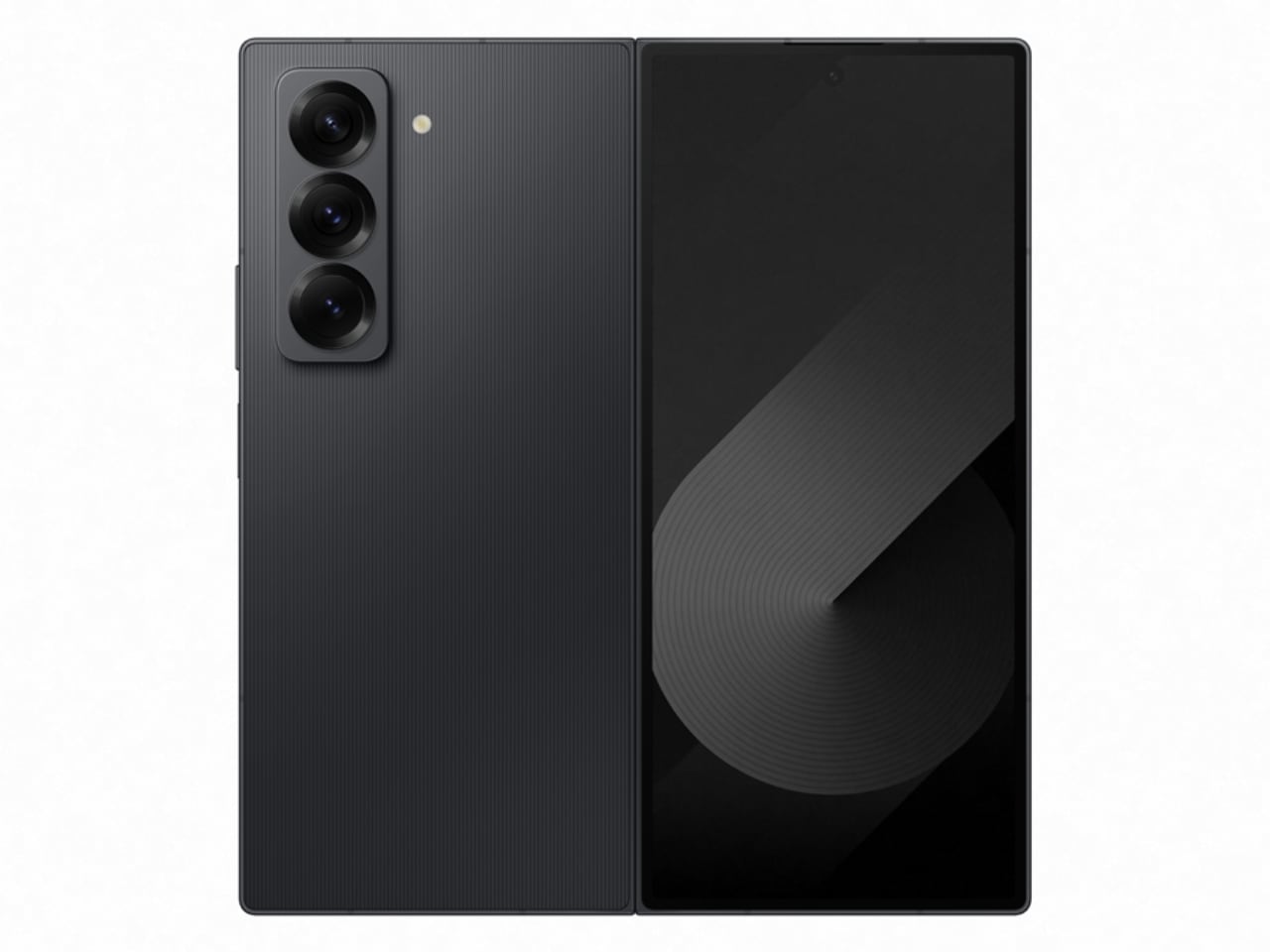
Image Samsung: Z Fold 6 Special Edition
The Galaxy Z Fold 6 SE features larger displays, with an 8-inch foldable screen and a 6.5-inch cover screen, offering a larger canvas for productivity and entertainment. The internal screen’s 20:18 aspect ratio and the external screen’s 21:9 ratio provide a traditional smartphone experience when closed, addressing complaints about cramped outer screens on previous models.
The camera system on the Galaxy Z Fold 6 SE has been upgraded with a 200MP primary camera, aligning it with Samsung’s flagship Galaxy S24 Ultra and closing the gap with competitors like Google and Apple. This high-resolution sensor promises superior detail and dynamic range, appealing to photography enthusiasts. While other cameras remain unchanged from the Fold 6, the main sensor’s improvement is significant.
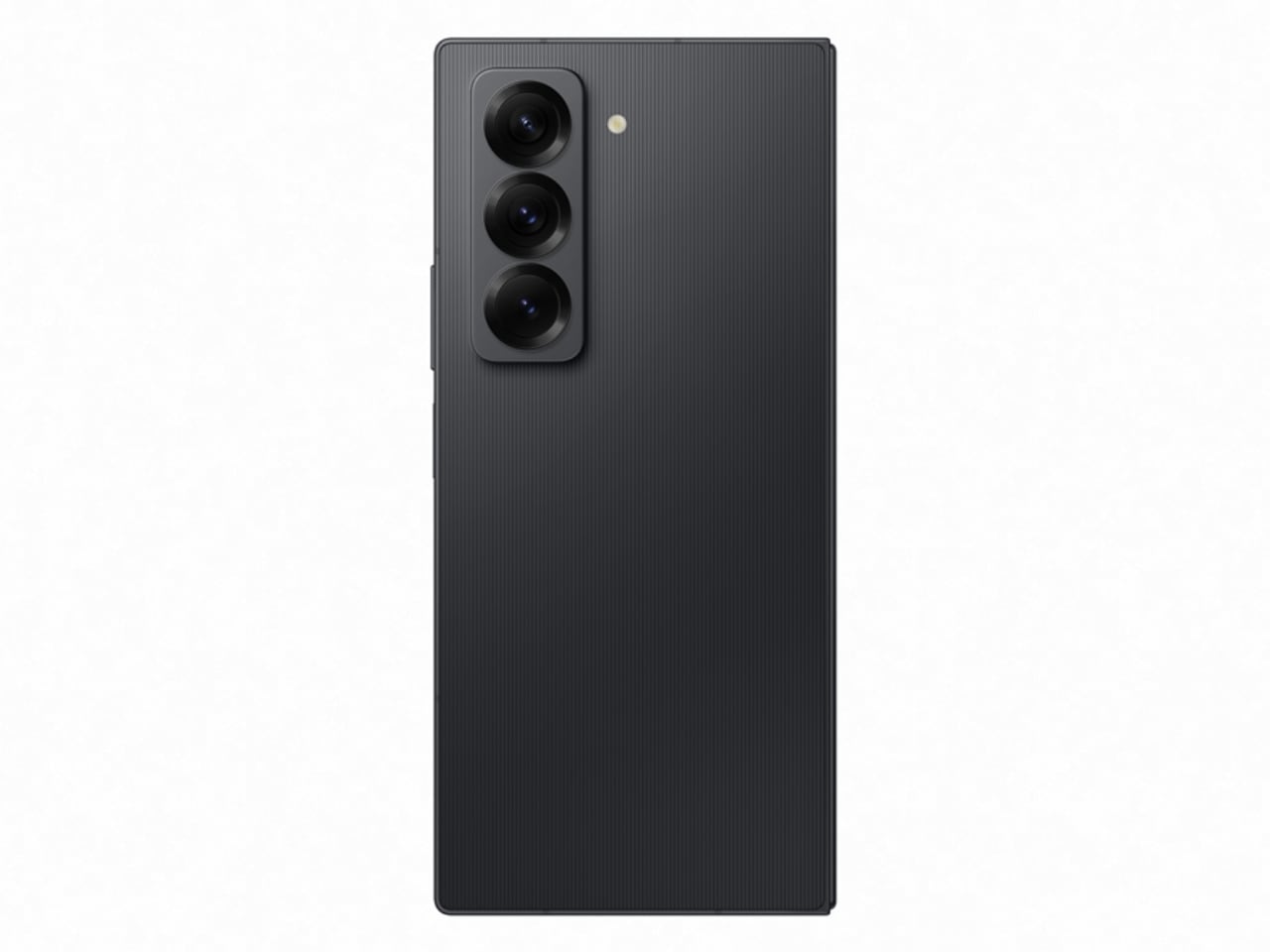
Image Samsung: Z Fold 6 Special Edition
However, these advancements come with a high price. The Galaxy Z Fold 6 SE starts at around $2,000, a substantial increase from the Fold 6’s price. This reflects the high-end materials and engineering required for its slim profile and large screens, raising questions about its value compared to the more affordable Fold 6.
The Galaxy Z Fold 6 SE is initially exclusive to the South Korean market. This strategy may be a nod to Samsung’s home market, where foldables are popular, but it leaves potential buyers in other regions, such as North America and Europe, feeling excluded.
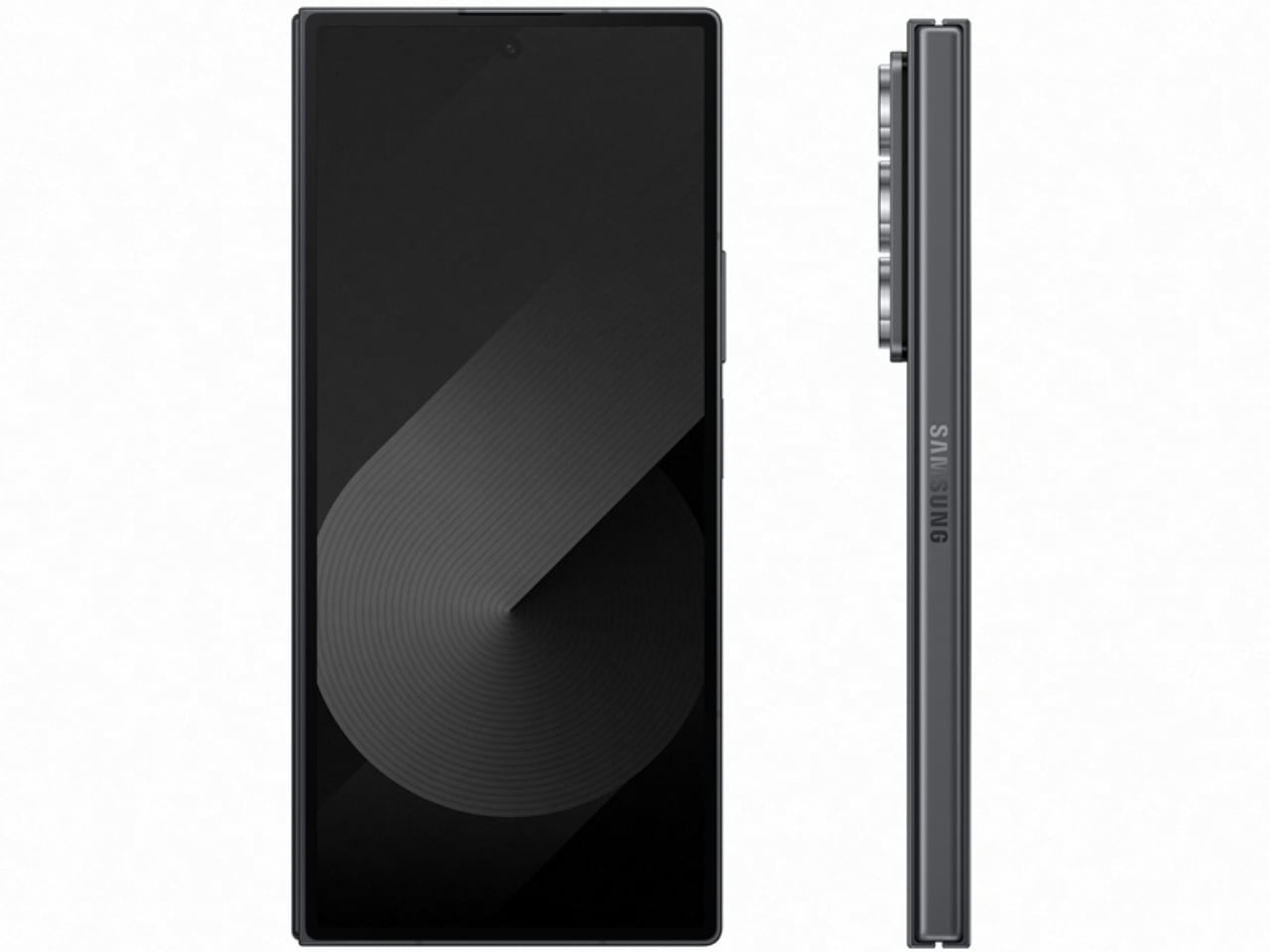
Image Samsung: Z Fold 6 Special Edition
Limiting the launch to South Korea could be a strategic test of market response before a wider rollout or a move to cater to domestic preferences. This approach is not unprecedented; Apple has also introduced products exclusively in certain markets before global availability.
Several key differences emerge between the Galaxy Z Fold 6 and the SE:
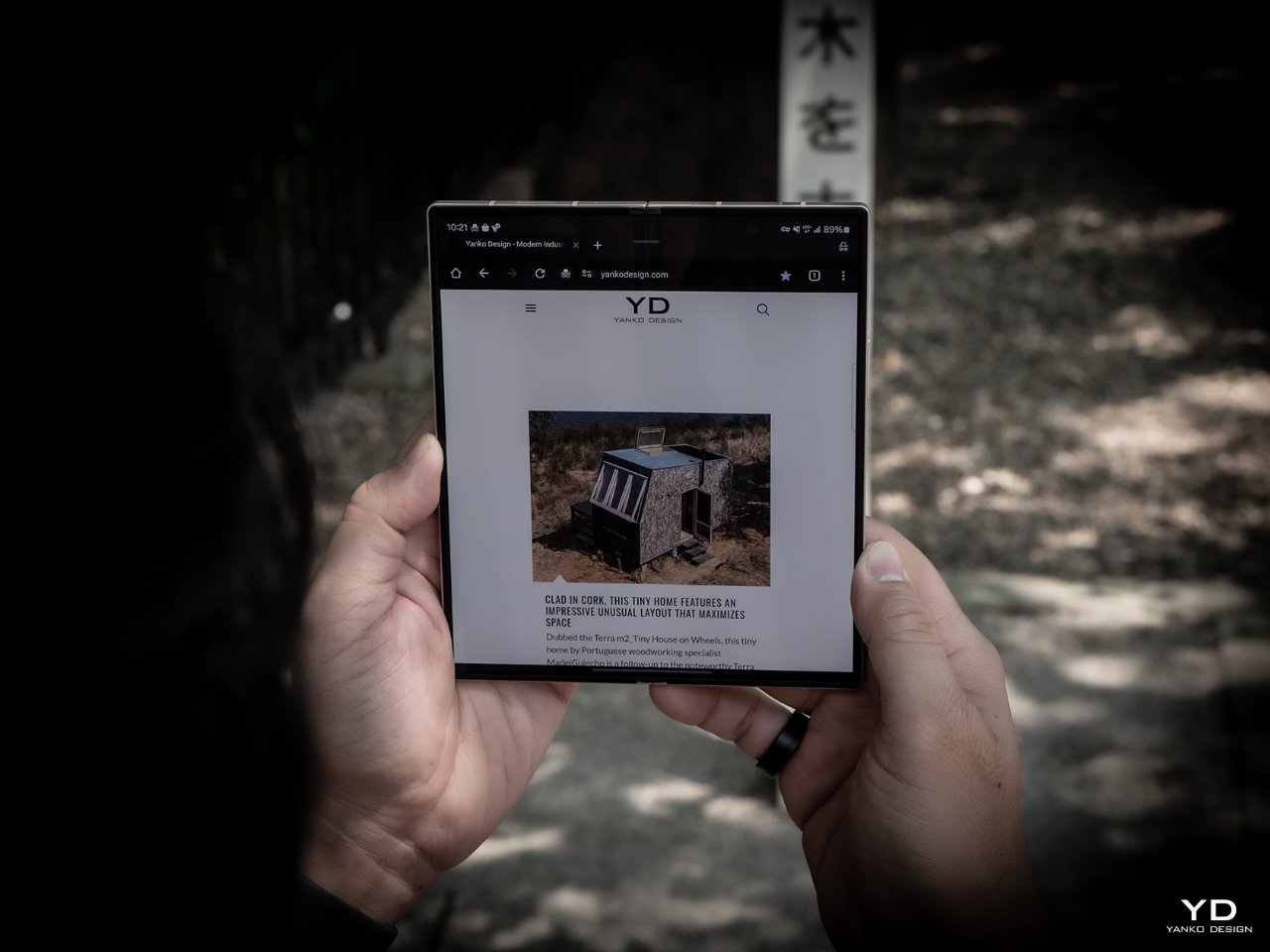
Samsung Galaxy Fold6
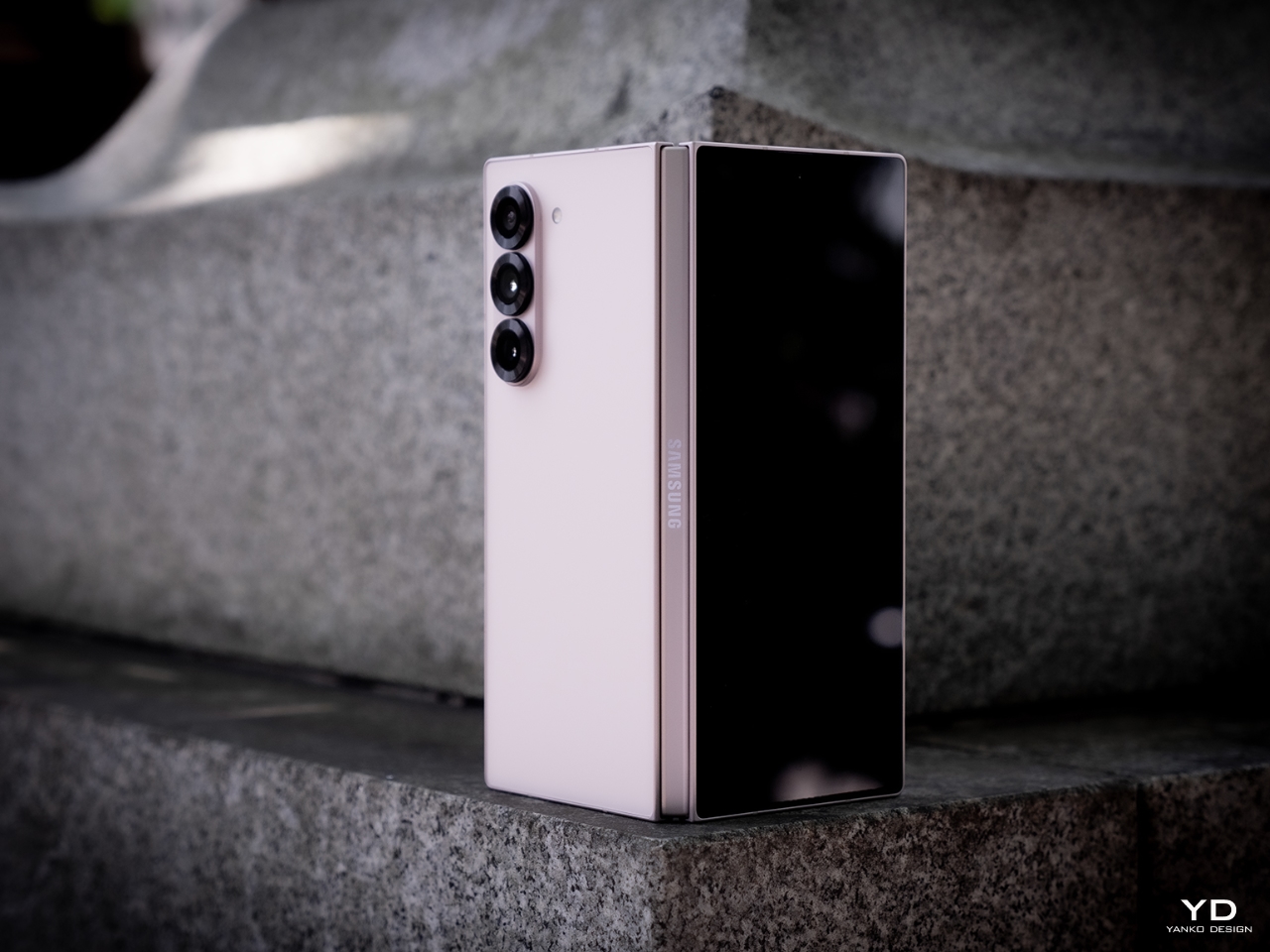
Samsung Galaxy Fold6
The Galaxy Z Fold 6 Special Edition is a significant step for Samsung, showcasing foldable design and technology advancements. It responds to critics and competitors with a thinner, lighter design and superior camera. Yet, its limited availability means this technological leap remains out of reach for many consumers. While it’s an exciting upgrade for South Korea, it’s a missed opportunity for the rest of the world.
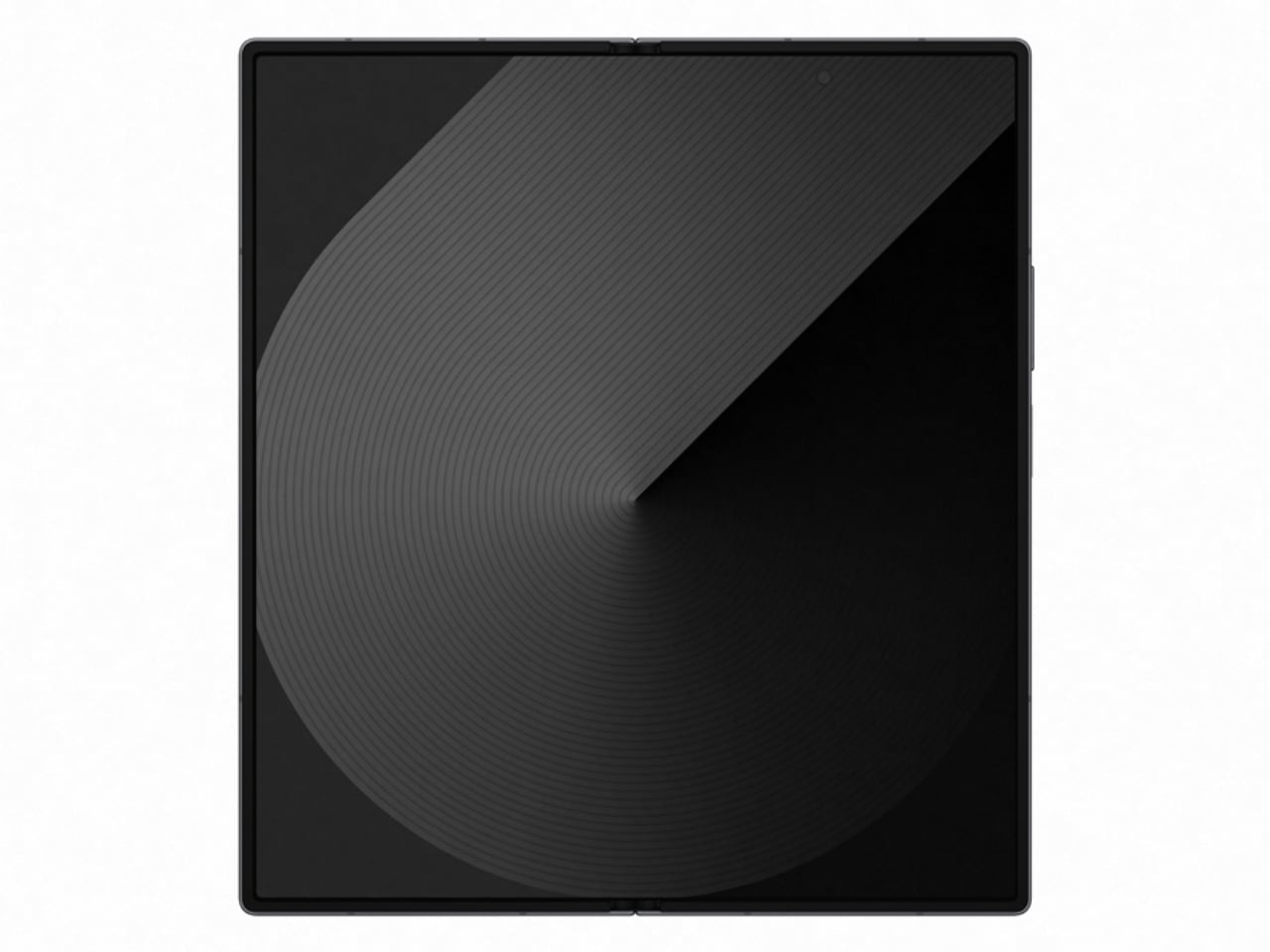
Image Samsung: Z Fold 6 Special Edition
This situation reflects a broader trend in tech, where exclusivity can create desire and alienate many consumers. As Samsung continues to innovate, there is hope that future foldables will be more accessible worldwide, bridging the gap between innovation and availability. Until then, the Galaxy Z Fold 6 Special Edition symbolizes Samsung’s capabilities, but not necessarily what consumers can experience.
The post The Samsung Galaxy Z Fold 6 Special Edition You Desire is Here — But You Can’t Buy It! first appeared on Yanko Design.

Happy Mobile Monday! Today, the tech world finds itself wrapped in yet another mystery. Over the weekend, a video surfaced showing what appeared to be an invitation to a Samsung fold event, hinting at the launch of a new Galaxy foldable device. But here’s the twist: is this invitation real, or is it an AI-generated prank designed to ignite excitement among fans eagerly awaiting the Galaxy Z Fold 6 Special Edition? Let’s break down what we know and what remains uncertain about this mysterious leak.
With its elegant design, the leaked invitation features an envelope that unfolds to reveal a sleek message reading “You’re Invited,” seemingly displayed on a foldable screen. The presentation is intimate and exclusive, evoking a formal, old-world charm contrasting with Samsung’s typical mass-market marketing style. The premium choice of typography and colors hints at something more significant than a standard product launch. Yet, the October 21, 2024, date—which happens to be today—casts serious doubt on the authenticity, given the absence of any official announcement. With AI capable of creating remarkably convincing content, how much can we trust these leaks?
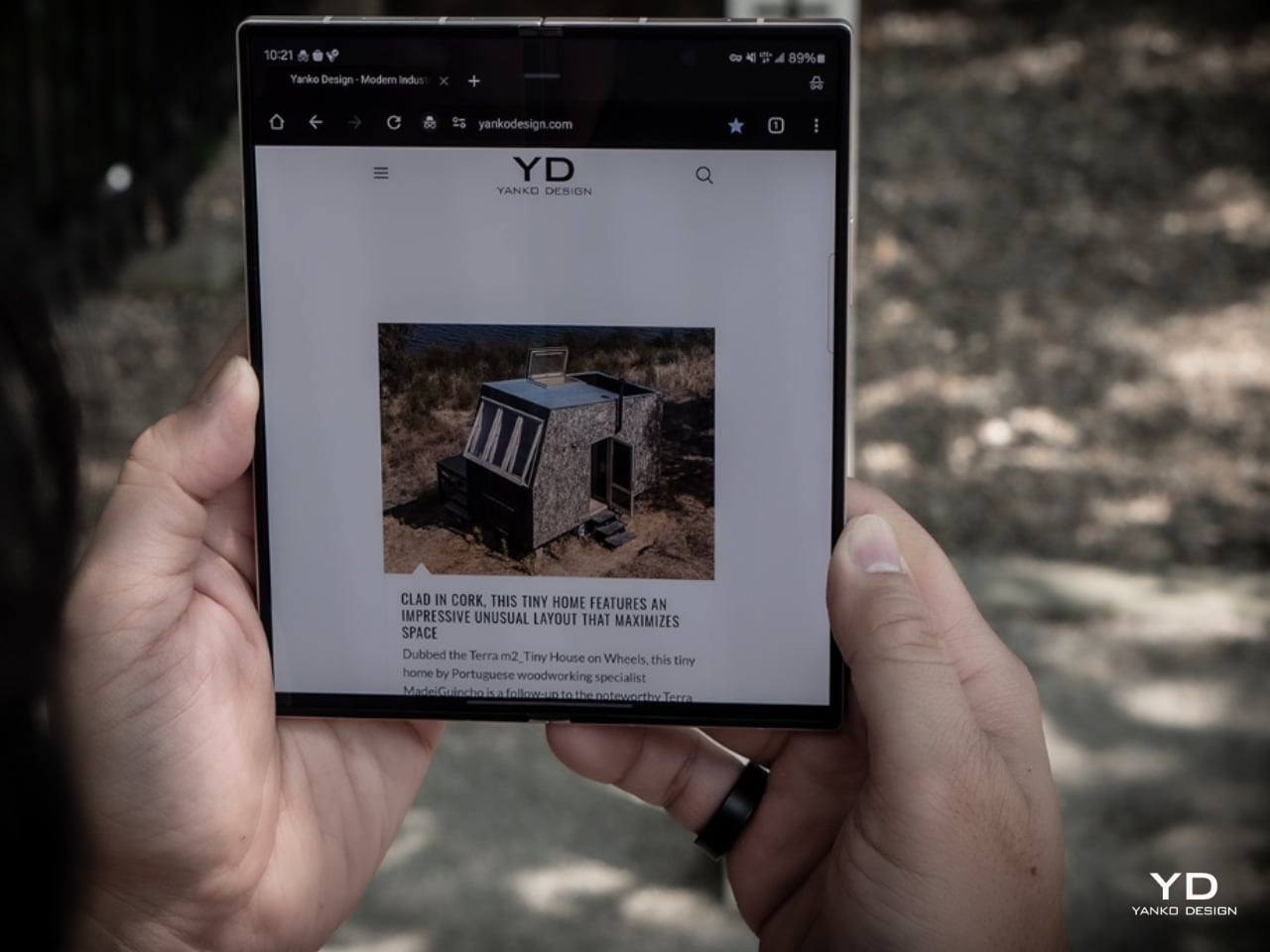
Samsung Galaxy Ring and Fold6
There is no denying that Samsung, much like Apple, follows a predictable yearly release schedule, and we know they’re planning a major event. The only question is when. Most sources suggest this event will feature either the Galaxy Z Fold 6 Slim or a Special Edition—a version that pushes the boundaries of foldable technology while focusing on style and portability. As always, rumors must be taken with a grain of salt, especially when tied to specific dates. So, is this invitation authentic, or is it just another bait using generative AI?
Looking closely at the invitation, its elegance and minimalism offer an interesting contrast to past Samsung event invitations. The carefully staged unwrapping, paired with the luxurious appearance of the invitation, suggests this product launch is something special—almost like an intimate gallery reveal rather than a tech event. If future invitations are this extravagant, it only adds credibility to the theory that Samsung could launch a Special Edition Z Fold—designed for true enthusiasts who value exclusivity and innovation.
The “You’re Invited” message is presented with understated simplicity as if giving a sly nod to those who think they’re in on an exclusive secret—though, let’s be honest, some of those people are probably laughing away in their parent’s basement, thinking they’re masterminds. It could be an invitation intended for a select few—those who still believe pigs are pink and can fly—hinting at a limited release or an exclusive event. Given the rumored scarcity of the Special Edition Z Fold6, this seems plausible. Eventually, the truth will come out, and maybe we’ll all have a good laugh. But for now, the question stands: Is this elegance the work of Samsung’s designers, or is AI simply tricking us into craving exclusivity?
Rumors and speculation about this device suggest significant changes compared to the standard Galaxy Z Fold 6. First and foremost, these changes focus heavily on the physical hardware—particularly the slimness of the device. The Special Edition is expected to be just 10.6mm thick when folded, making it slimmer and likely lighter than its predecessor, which is 12.1mm thick. The reduction in thickness aims to make the foldable more practical and less cumbersome, suited for everyday use. This appears to be Samsung’s response to users who want portability without giving up the spacious screens foldable offer.
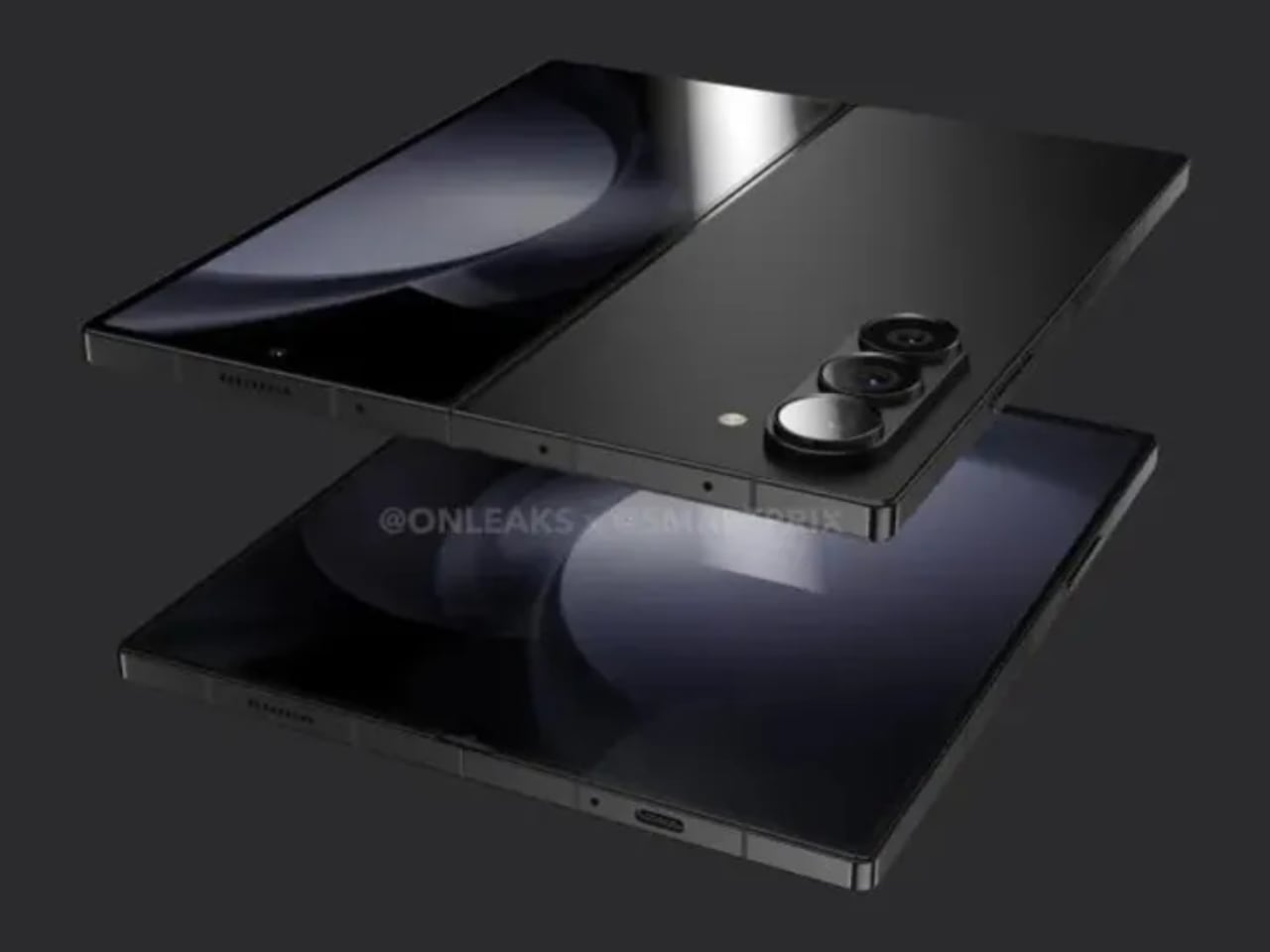
Image: Onleaks / Smartprix
Speaking of screens, the Galaxy Z Fold 6 Special Edition is rumored to feature an even larger foldable display, increasing it to 8 inches compared to the regular Fold 6’s 7.6-inch panel. The cover screen will also grow, reaching 6.5 inches versus the previous 6.3 inches. This larger footprint suggests Samsung is targeting those who see their Z Fold as a productivity powerhouse—more screen space means fewer compromises when multitasking, viewing documents, or streaming content.
Adding to the design allure are rumors of a boxy structure with a brushed metal finish, giving the Special Edition an industrial yet refined look. The separate, protruding camera module hints at Samsung embracing a bolder design. The decision to let the camera stand out suggests that the photography experience is being taken up a notch. In fact, the under-display camera—a feature that received mixed reviews in earlier models—is rumored to get an upgrade to 5MP from the standard version’s 4MP.
Whether the leaked invitation is real or just AI-generated hype, one thing is clear—it has caught the attention of the tech community. It fits into a narrative that Samsung could be heading towards more exclusive launches, releasing devices that are reserved for a select few rather than for the masses. However, today is October 21, and without an official announcement in sight, the doubts about this invitation are growing. The uncertainty has created a mixture of buzz, disappointments, and even grief, keeping tech enthusiasts guessing and questioning what’s true.
At the end of the day, whether the invitation is real or fake doesn’t change the fact that we are anticipating an ambitious, more refined foldable. One that is slimmer, offers larger displays, and showcases a unique design aimed at making a statement. If Samsung delivers what this invitation suggests, the Galaxy Z Fold 6 Special Edition could easily be one of the most memorable foldables they’ve produced—a device less about mass-market appeal and more about exclusivity, just as the invitation implies.
The post Did We Get Duped by This Leaked Galaxy Z Fold6 Invitation? first appeared on Yanko Design.
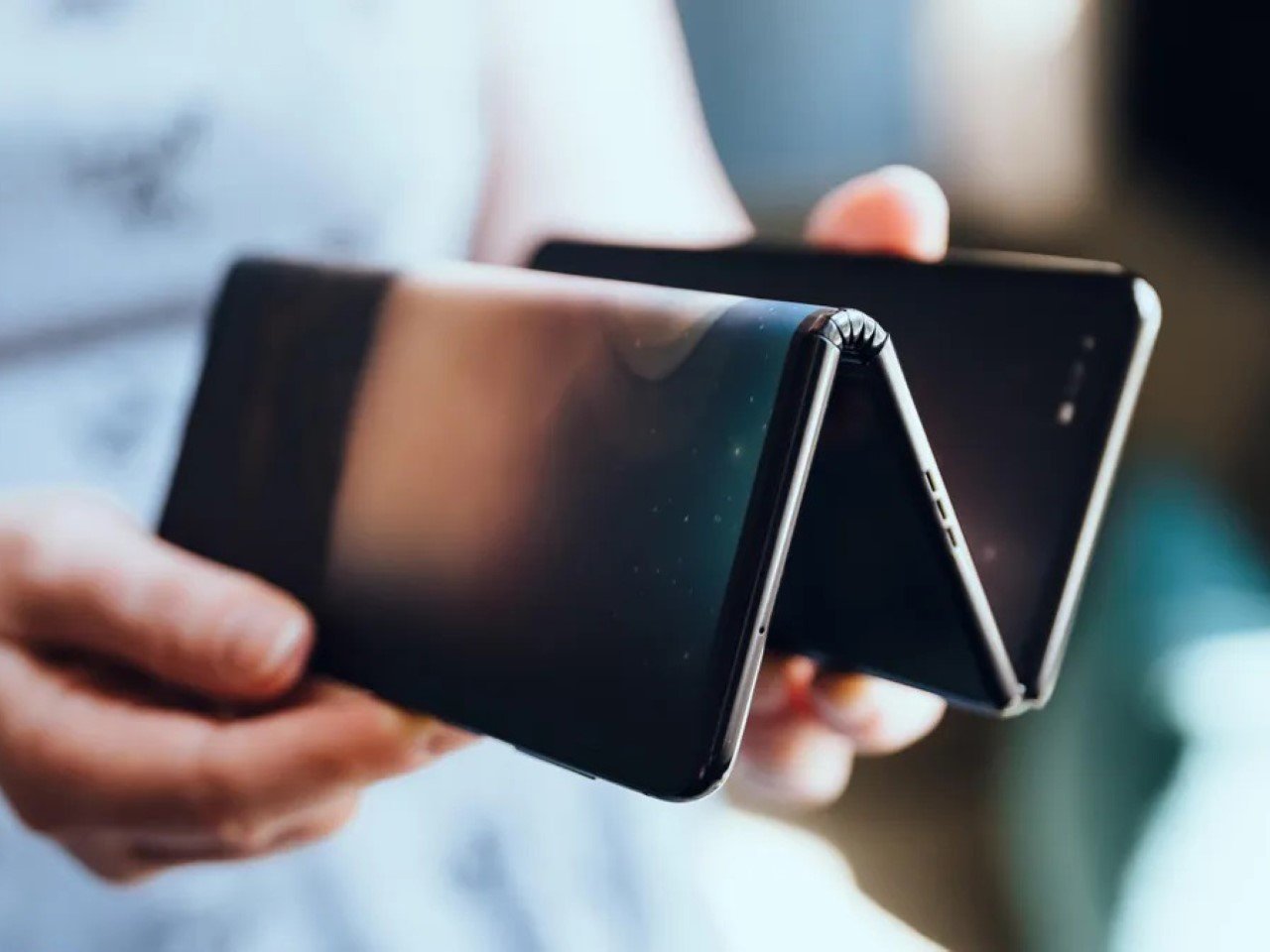
Happy Mobile Monday! Today, I am diving into the best phones of 2024, a year that has brought us remarkable innovations in smartphone technology. The TECNO Phantom Ultimate 2, a concept tri-fold, and Huawei’s Mate XT, a production-ready model, serve as unique entries in the foldable market, showcasing ambitious designs that push boundaries. Apple, Samsung, and Google continue to dominate as key players with their globally available devices—each setting a benchmark for quality and user experience. Meanwhile, other contenders like VIVO and TECNO have stepped up to challenge the norm, delivering impressive foldable options and innovative features. Whether it’s the revolutionary AI capabilities, cutting-edge cameras, or foldable technology that truly takes smartphones to the next level, this year’s selection reflects an exciting blend of creativity and technical achievement.
A true innovation in foldable technology, Huawei’s Tri Fold redefines what it means to multitask on the go.
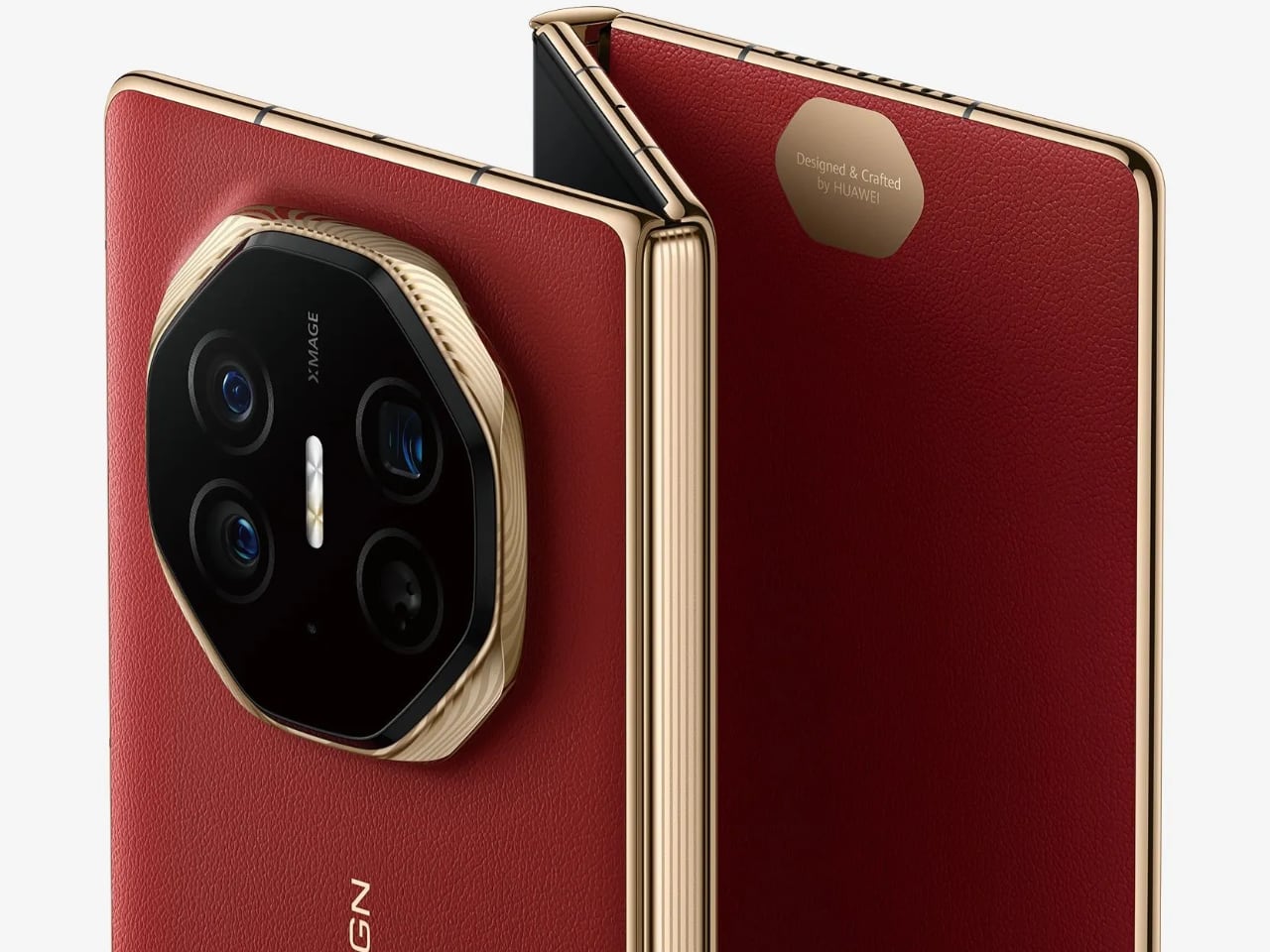
The Huawei Mate XT introduces an impressive three-part foldable design, seamlessly transitioning between smartphone and tablet modes. It features a high-grade aluminum frame and glass back for a premium feel. When unfolded, its 10.5-inch OLED display is ideal for productivity and media. The hinge mechanism ensures a smooth and durable experience, further supported by Huawei’s engineering prowess. With the latest Kirin chipset, the Tri-Fold easily runs multiple apps, supported by 5G connectivity for lightning-fast internet speeds.
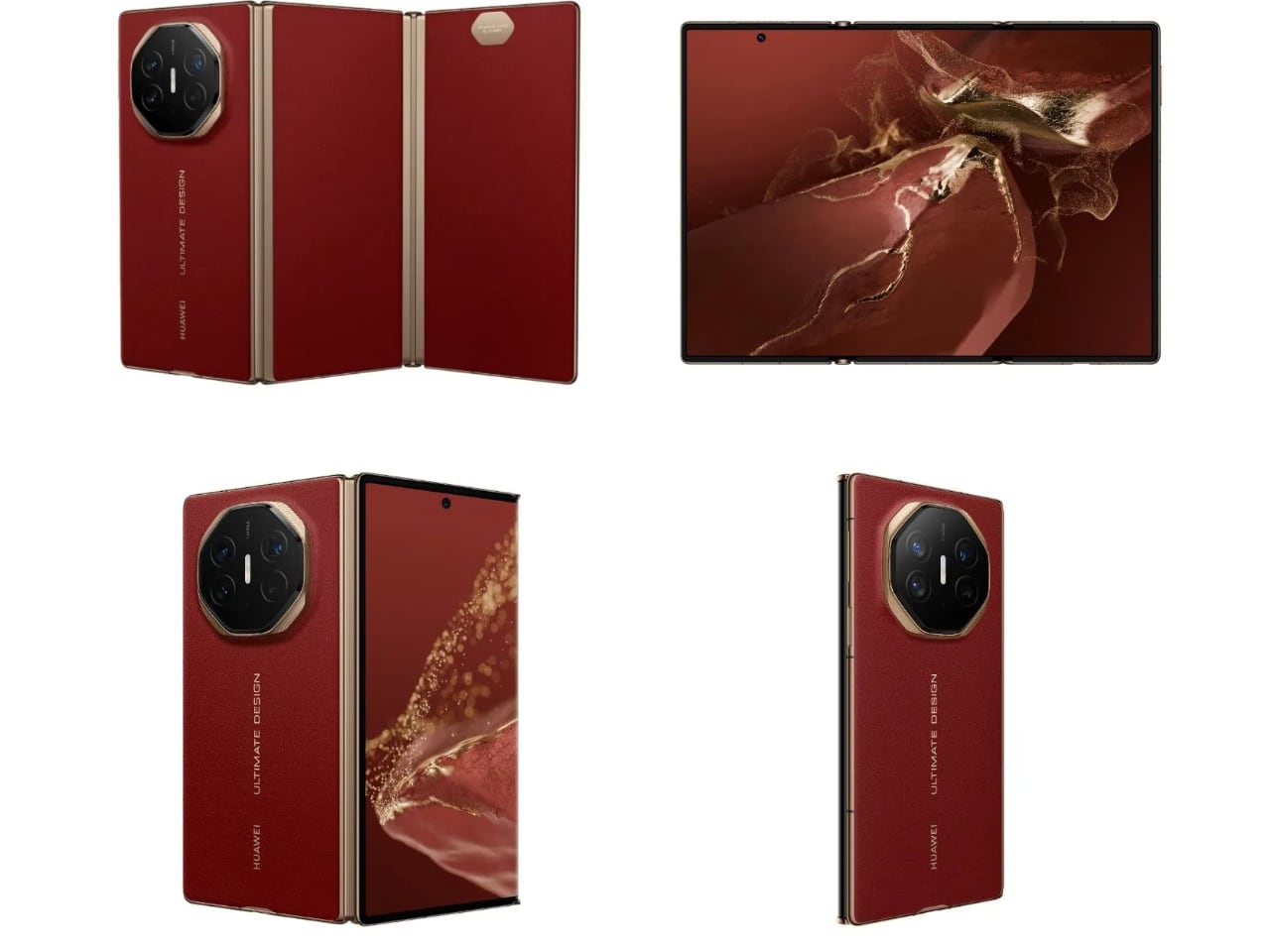
The Huawei Mate XT stands out for its unique tri-folding screen, offering versatility that regular foldables can’t match. It’s designed for power users who need more screen real estate without sacrificing portability.
Price & Availability: The retail price is $2,499. It is available in China.
Apple’s latest iteration brings groundbreaking camera, video, and audio capabilities, all powered by the new A18 Pro chip.
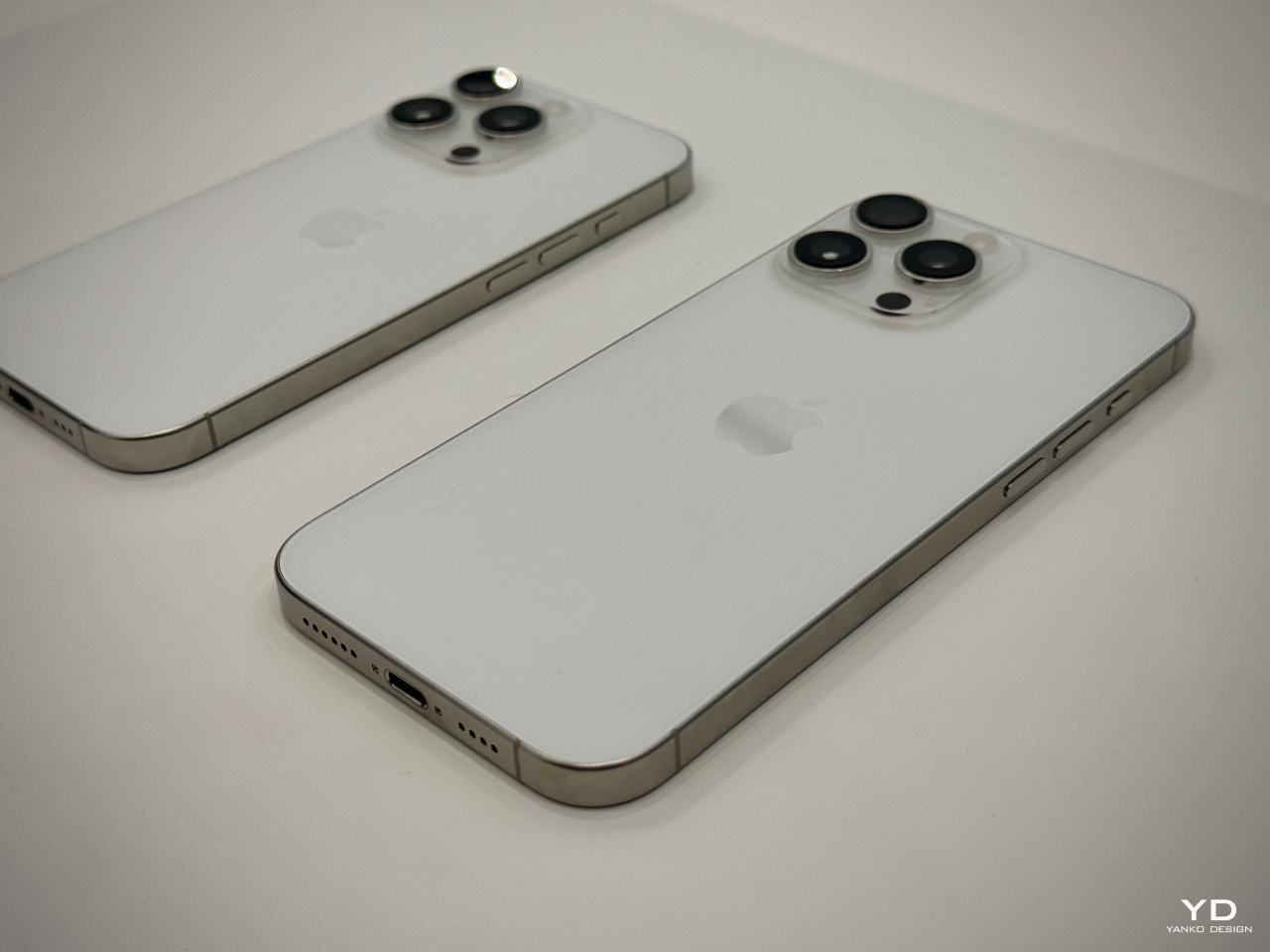
iPhone 16 Pro and Pro Max
The iPhone 16 Pro and Pro Max elevate Apple’s design and user experience with 6.1-inch and 6.7-inch ProMotion OLED displays for fluid visuals. Powered by the A18 Pro chip, these phones excel in gaming, augmented reality, and multitasking. The Pro lineup includes a r 5x optical zoom, and both models feature larger sensors for improved low-light shots. Spatial Video recording allows for immersive content capture, further enhancing the media experience. The improved audio system and Apple’s new Adaptive EQ enhance the sound experience on calls or playing media.
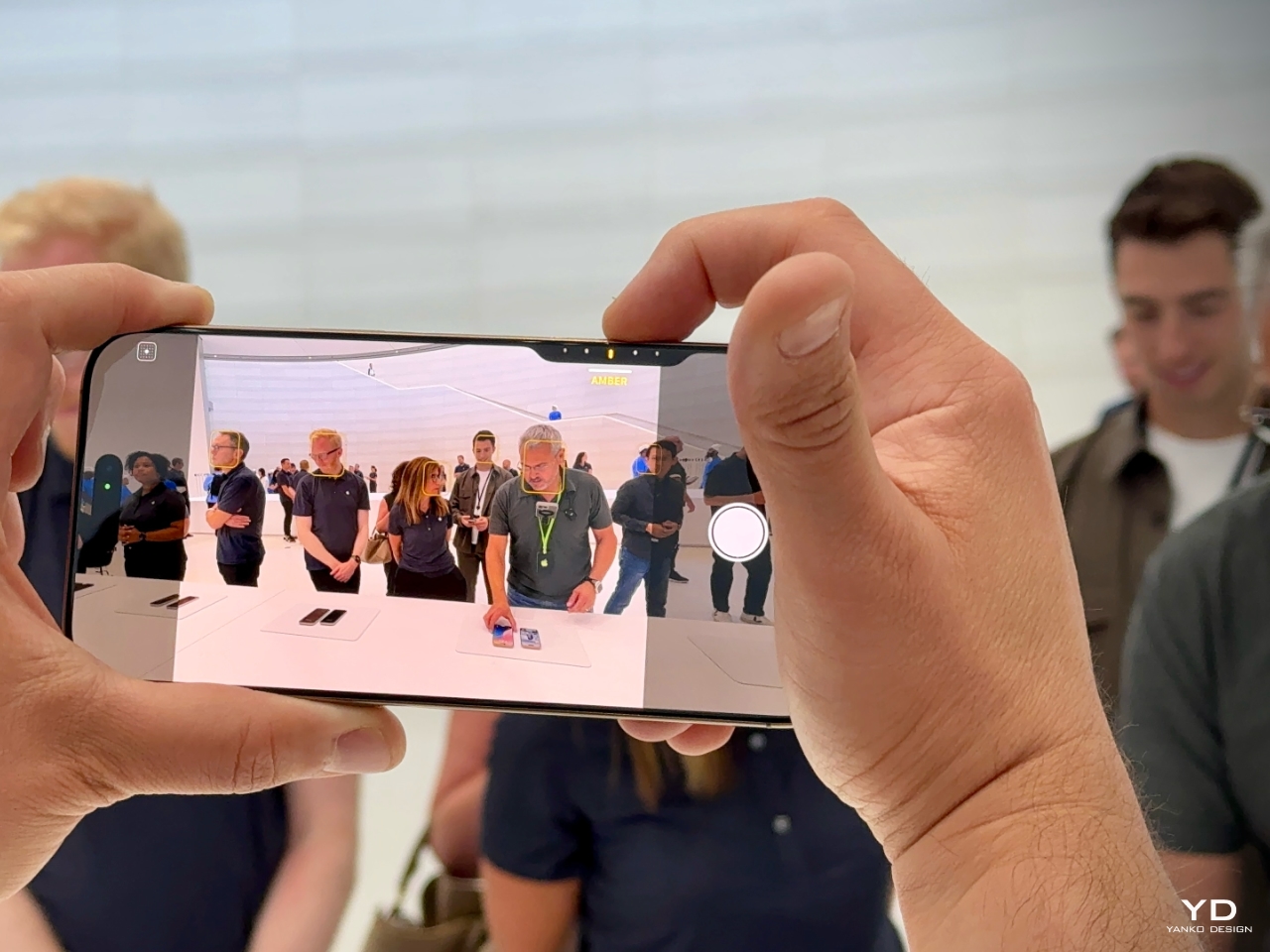
Apple iPhone 16 Pro Max Camera Controll
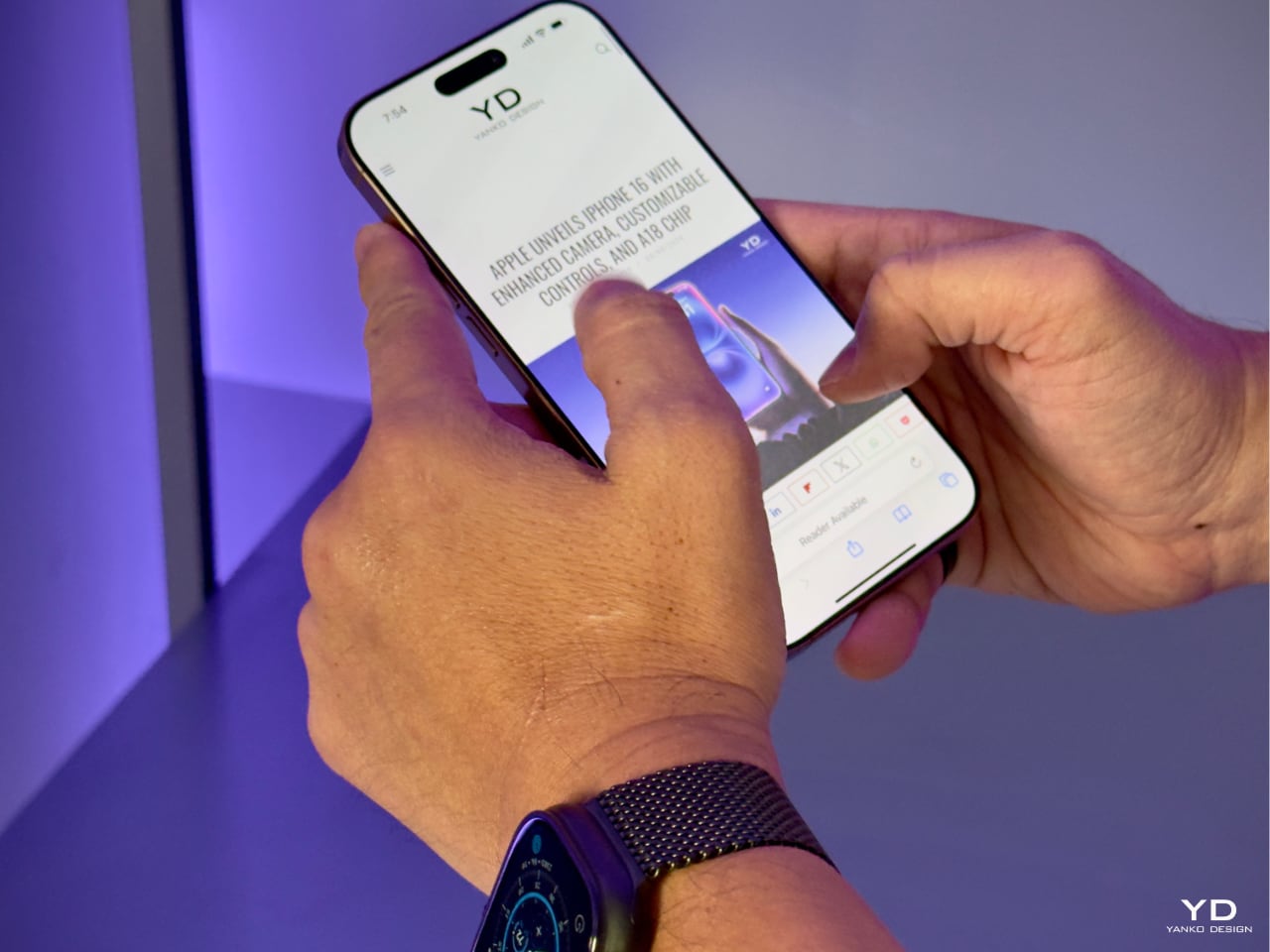
Apple iPhone 16 Pro
The iPhone 16 Pro and Pro Max embody Apple’s latest technological advancements, focusing on enriched user experiences in both photography and video. Integrating the A18 Pro chip improves performance and ensures seamless multitasking, efficient power use, and impressive AR applications. These phones are ideal for users who prioritize cutting-edge media capabilities and a premium build.
Price & Availability: Retail price starts at $1,199 for the Pro and $1,399 for the Pro Max. It is available globally through Apple stores and major carriers.
Samsung’s tried and tested foldable design returns with refined features for a seamless experience.
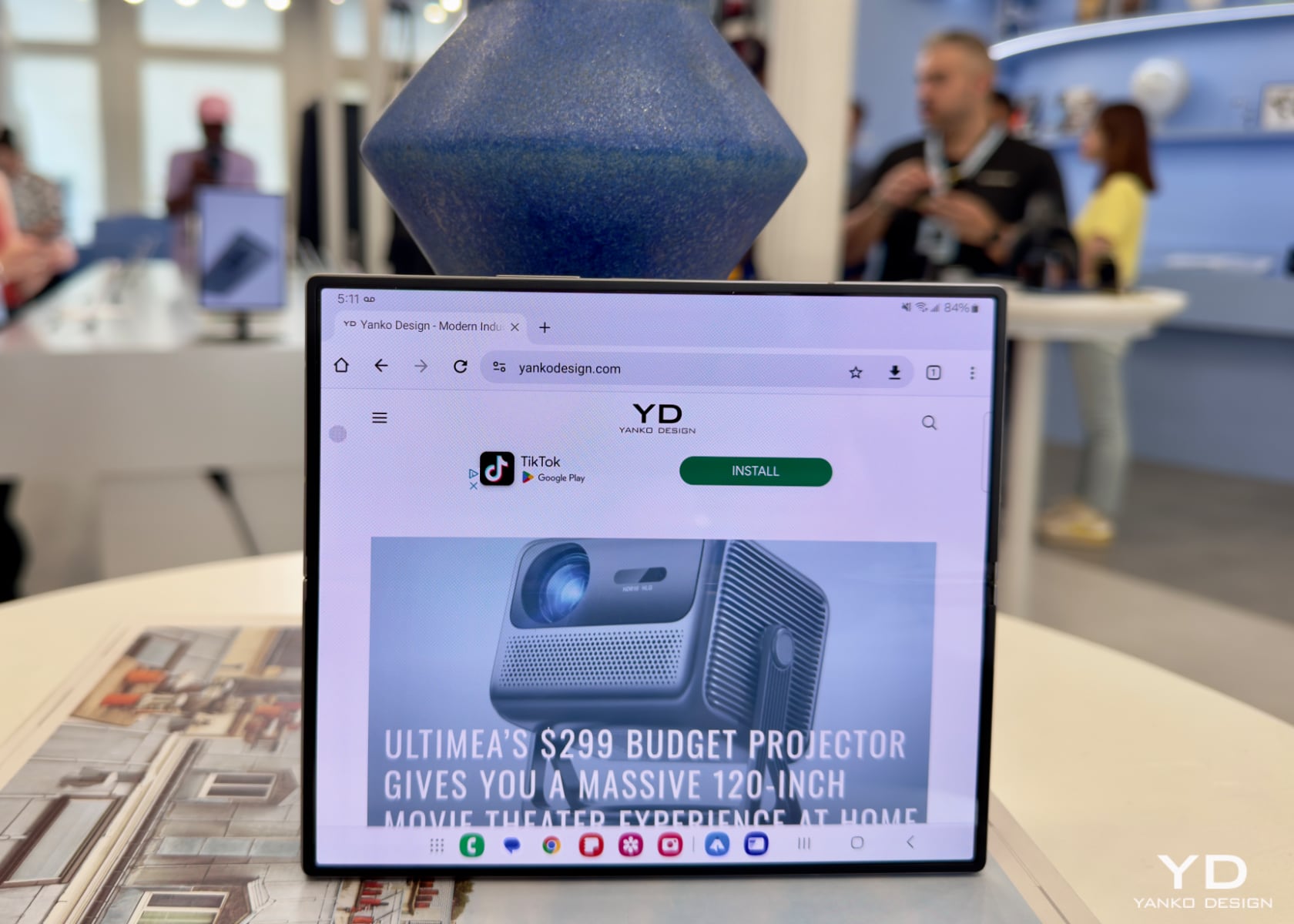
The Galaxy Z Fold 6 exudes a maturity that offers elegance, performance, and reliability, providing a seamless and refined experience. The 7.6-inch foldable AMOLED display delivers an expansive canvas, perfect for multitasking, while the 6.2-inch cover screen remains practical for quick tasks when folded. Equipped with the Snapdragon 8 Gen 3 processor, it ensures smooth performance across all applications. Samsung has also improved the hinge design, resulting in a more durable, streamlined folding mechanism. The Z Fold 6 also includes S Pen support, allowing users to jot down notes or sketches effortlessly.
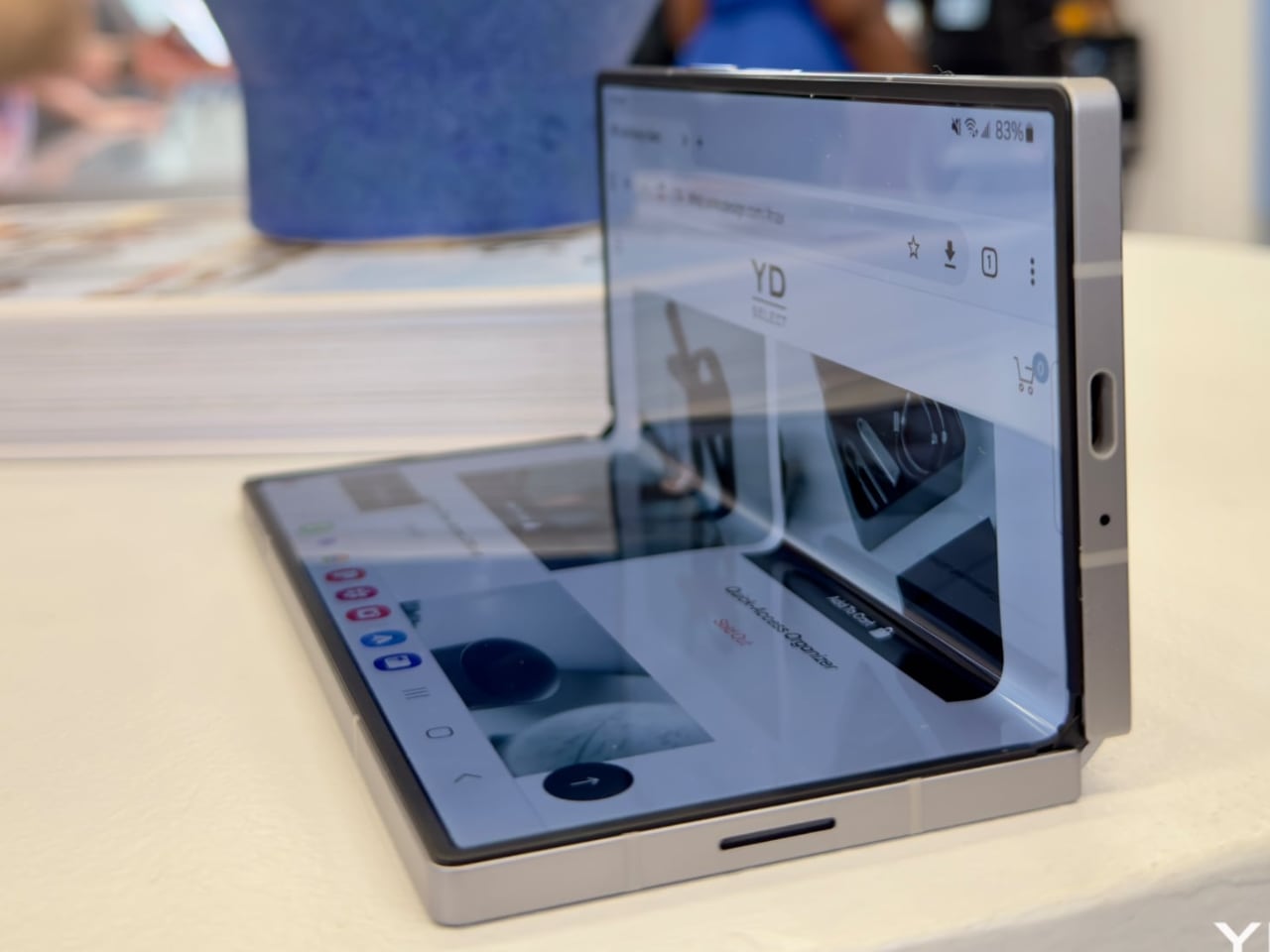
Samsung Galaxy Fold6
The Galaxy Z Fold 6 is a refined evolution of Samsung’s foldable line, offering both productivity and entertainment in a sleek package. Its expansive screen and S Pen functionality make it ideal for power users, and improvements in durability and the folding mechanism make it more reliable for everyday use.
Price & Availability: Retail price: Starting at $1,899. Available globally through Samsung and major carriers.
Google’s AI-centric flagship delivers the future of smartphones today with enhanced personalization and performance.
![]()
The Pixel 9 Pro and Pixel 9 Pro XL focus on bringing AI advancements front and center. Powered by the Tensor G4 chipset, these devices deliver adaptive user interfaces, real-time translation, and personalized photography features. The larger 7.6-inch display on the XL offers an immersive viewing experience, while the enhanced camera system leverages AI to improve low-light shots and video stabilization. The UWB chip enhances smart home integration, allowing for precise spatial awareness. The high-quality OLED display provides a smooth 120Hz refresh rate.
![]()
The Pixel 9 Pro and Pixel 9 Pro XL bring Google’s latest AI capabilities to the forefront, making them ideal for users looking for a smart and adaptive experience. The improved camera system, combined with the Tensor G4 chipset, ensures stunning photography and smooth performance across all applications. With enhanced personalization features and cutting-edge technology, these devices represent the pinnacle of Google’s innovation in 2024.
Price & Availability: The retail price of the Pro starts at $1,099 and $1,299 for the Pro XL. It is available globally through Google’s online store and major carriers.
Apple’s latest iPhone 16 brings enhanced photography, customizable controls, a new camera control button, and impressive performance with the A18 chip.
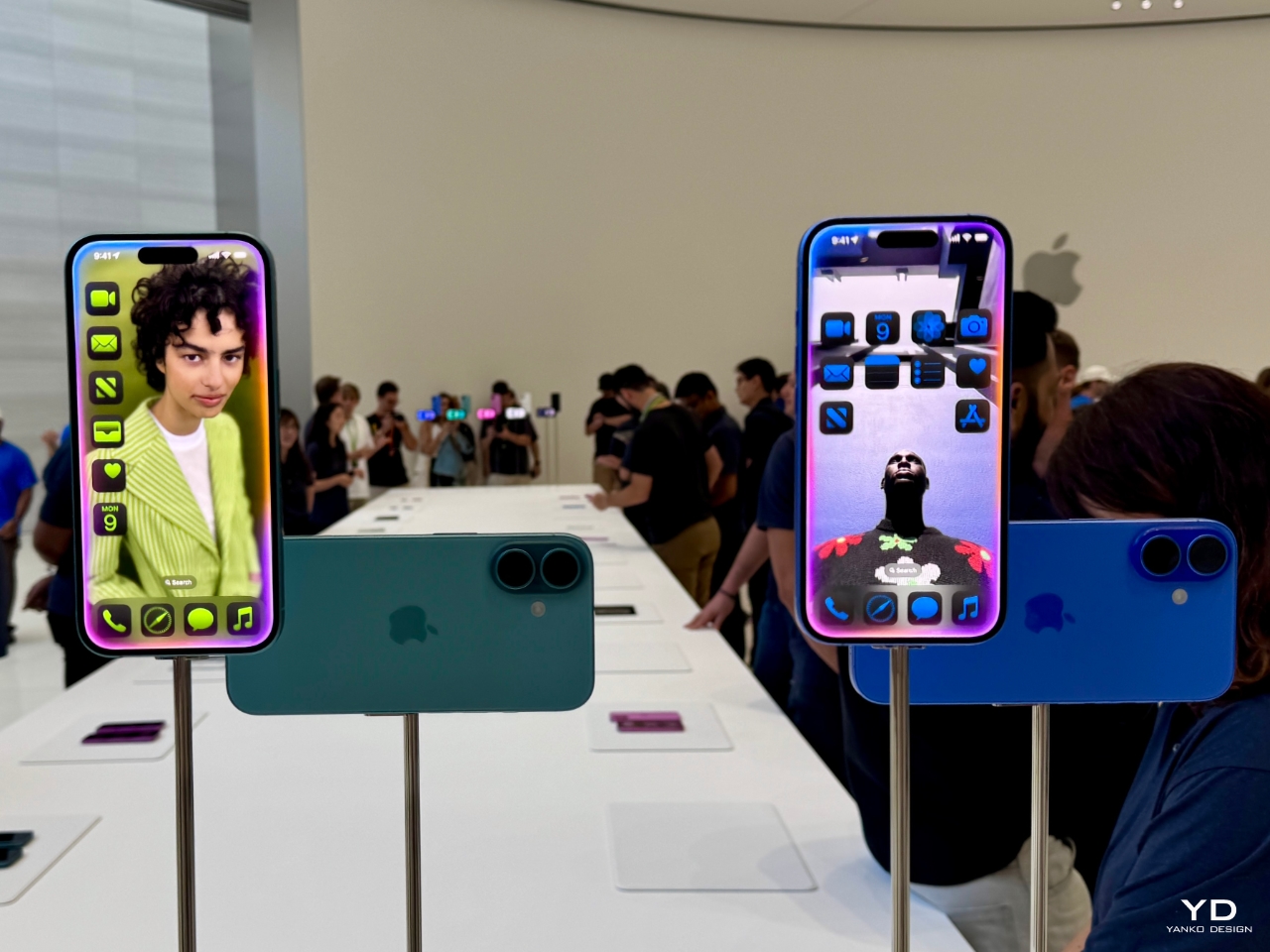
Apple iPhone 16
The iPhone 16 refines Apple’s approach to design and performance, featuring a 6.1-inch Super Retina XDR display and enhanced camera capabilities. The A18 chip boosts overall efficiency for battery life, gaming, and multitasking. Smart HDR 6 and an improved night mode deliver excellent photography. The new customizable Action Button replaces the mute switch, allowing quick access to frequently used features like the camera or flashlight.
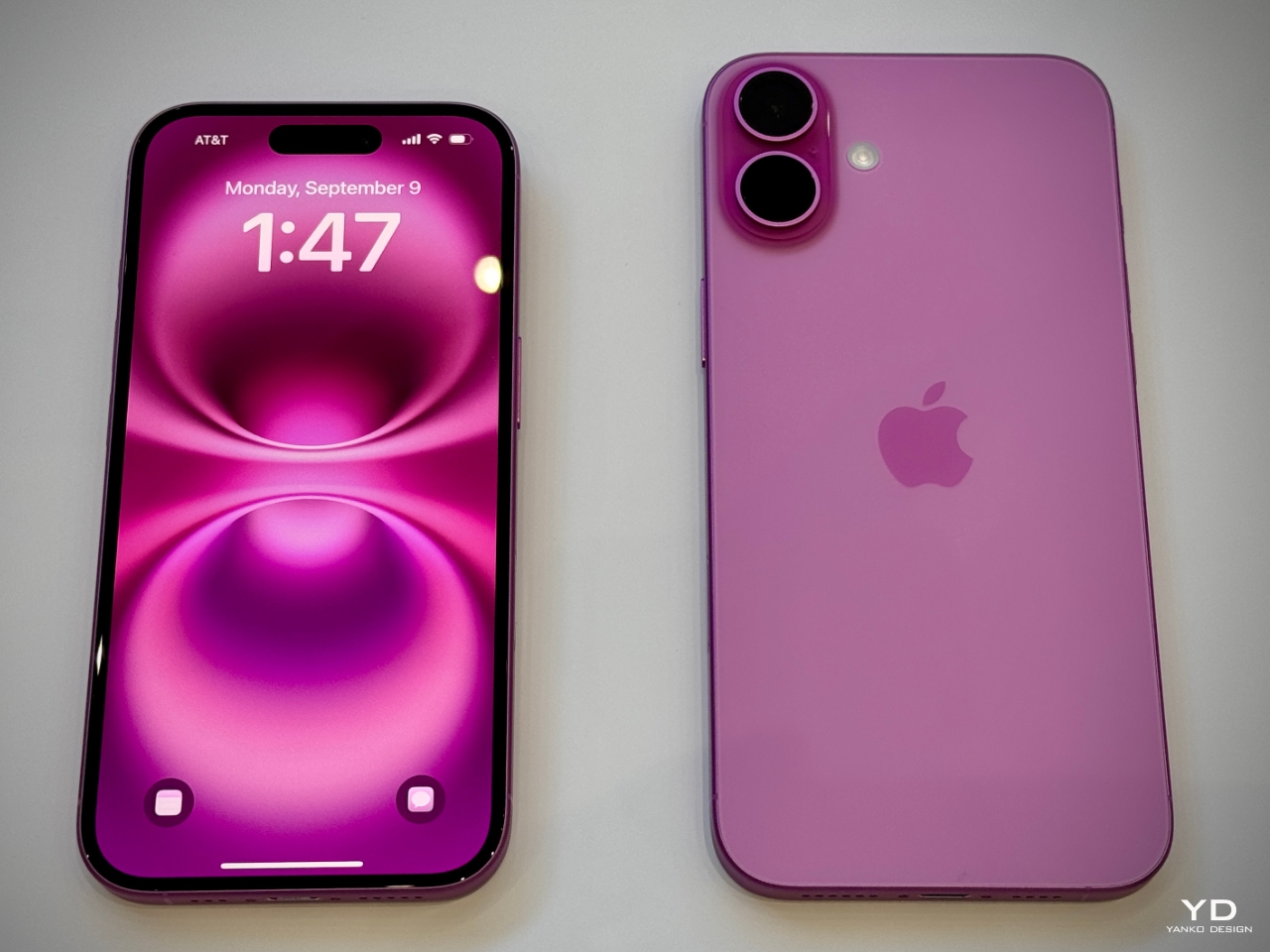
Apple iPhone 16
The iPhone 16 is designed for users seeking premium performance in a compact form factor. Its A18 chip and enhanced camera system provide an optimal blend of speed, power efficiency, and intuitive photography tools. The customizable Action Button is a unique feature that makes day-to-day use convenient.
Price & Availability: Retail price starts at $899. It is available globally through Apple stores and major carriers.
TECNO takes on the foldable competition with an ultra-thin tri-fold concept that rivals Samsung and Huawei.
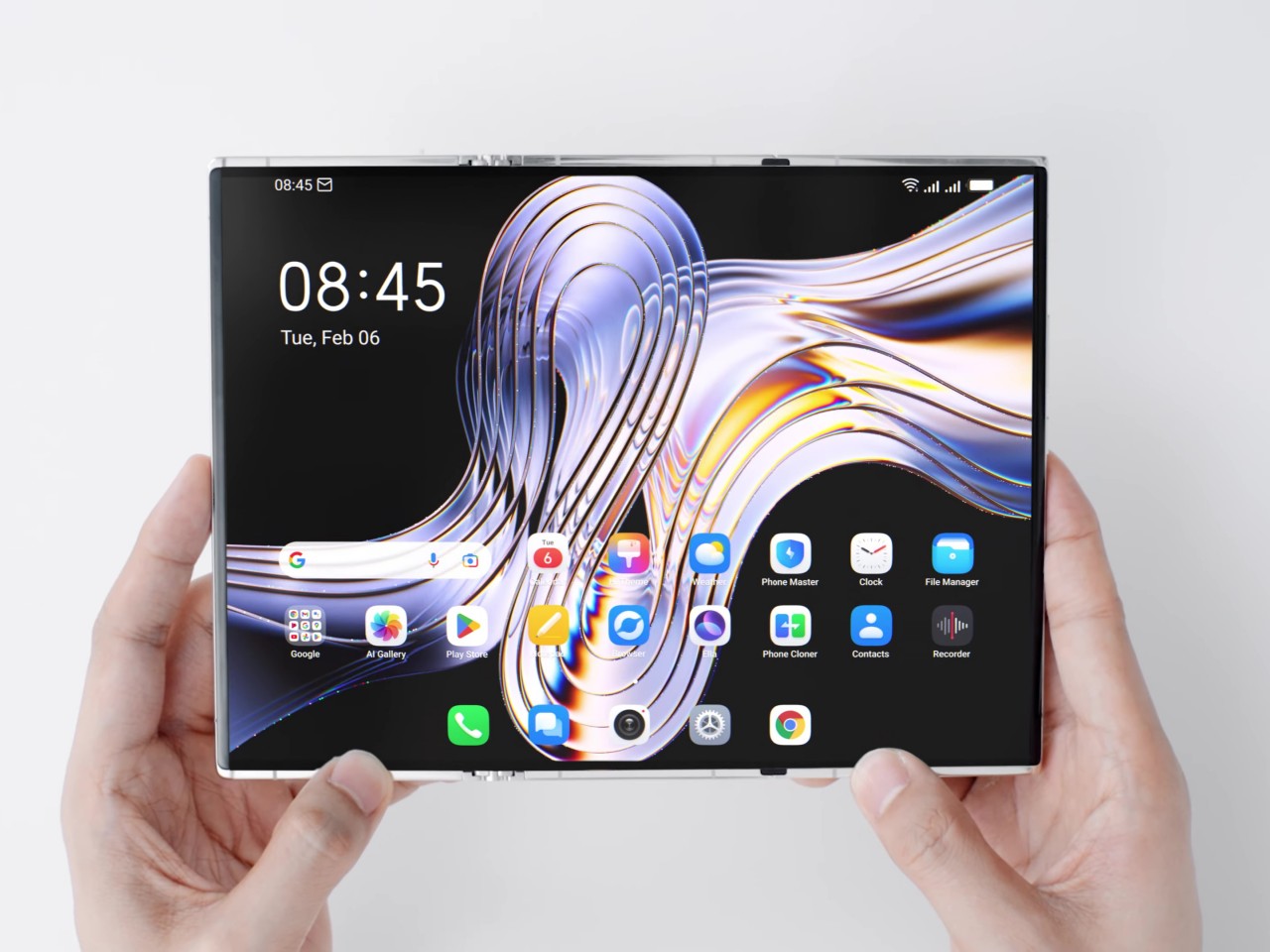
The TECNO Phantom Ultimate 2 is a concept that pushes the boundaries of foldable technology, offering an ultra-thin tri-fold design poised to disrupt the market. Its seamless design features three segments that fold in harmony, creating a pocket-sized device that expands into a full-fledged tablet experience. The OLED panel is bright and sharp, making the most of its flexible form factor. TECNO has equipped the Phantom Ultimate 2 with a new cooling system to maintain optimal performance despite its thin profile while focusing on durability to ensure that the unique folding mechanism withstands everyday use.
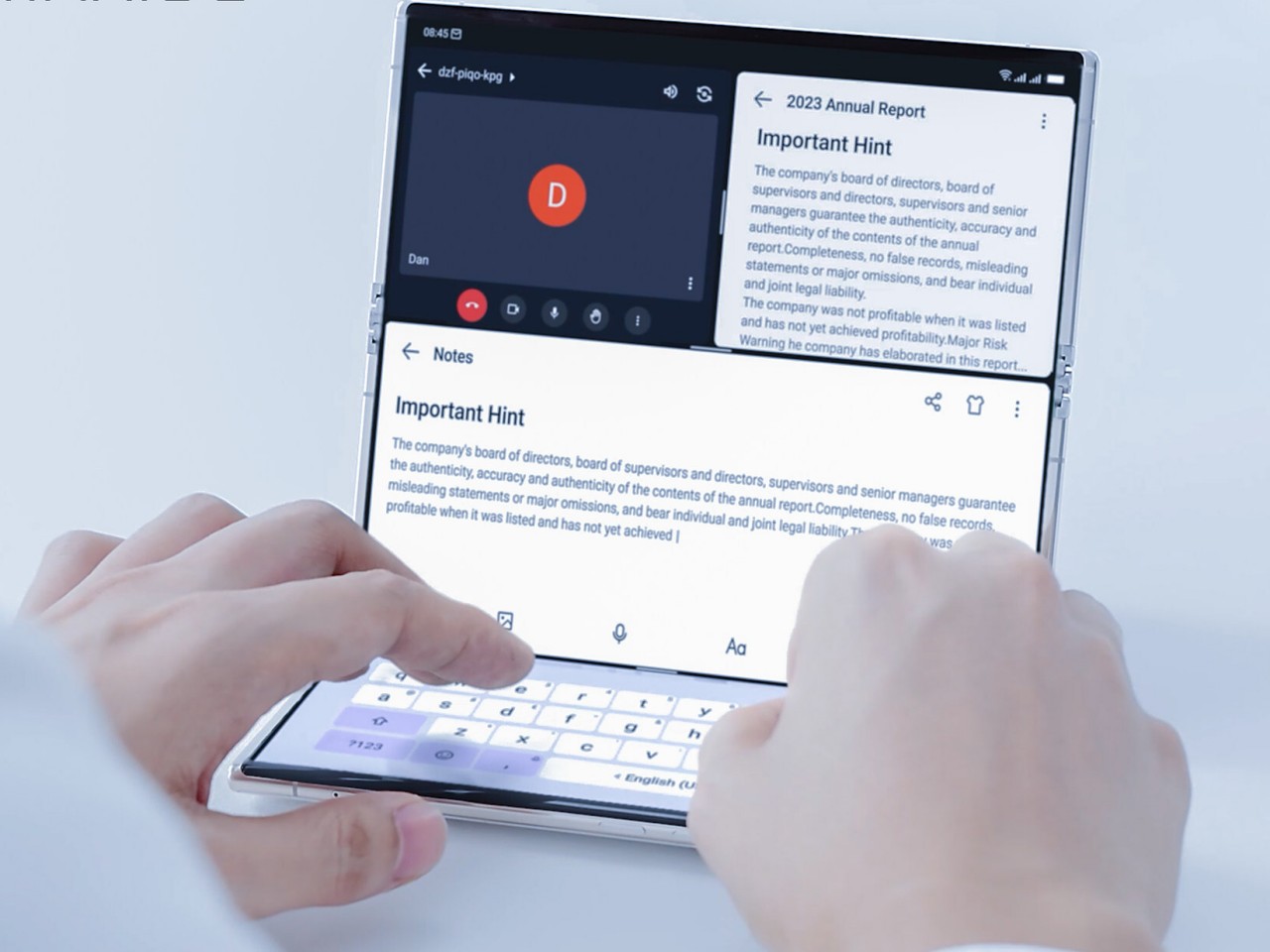
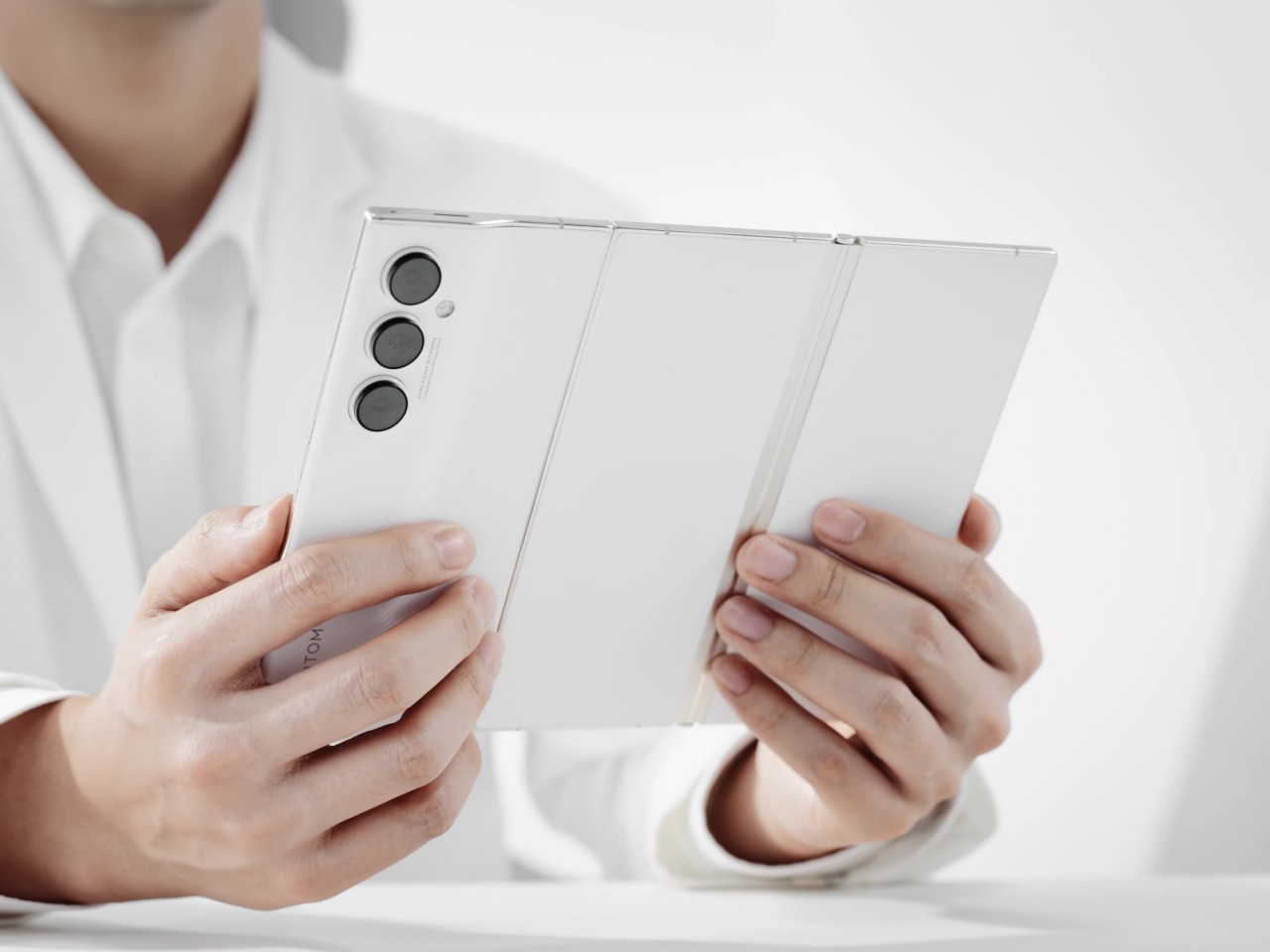
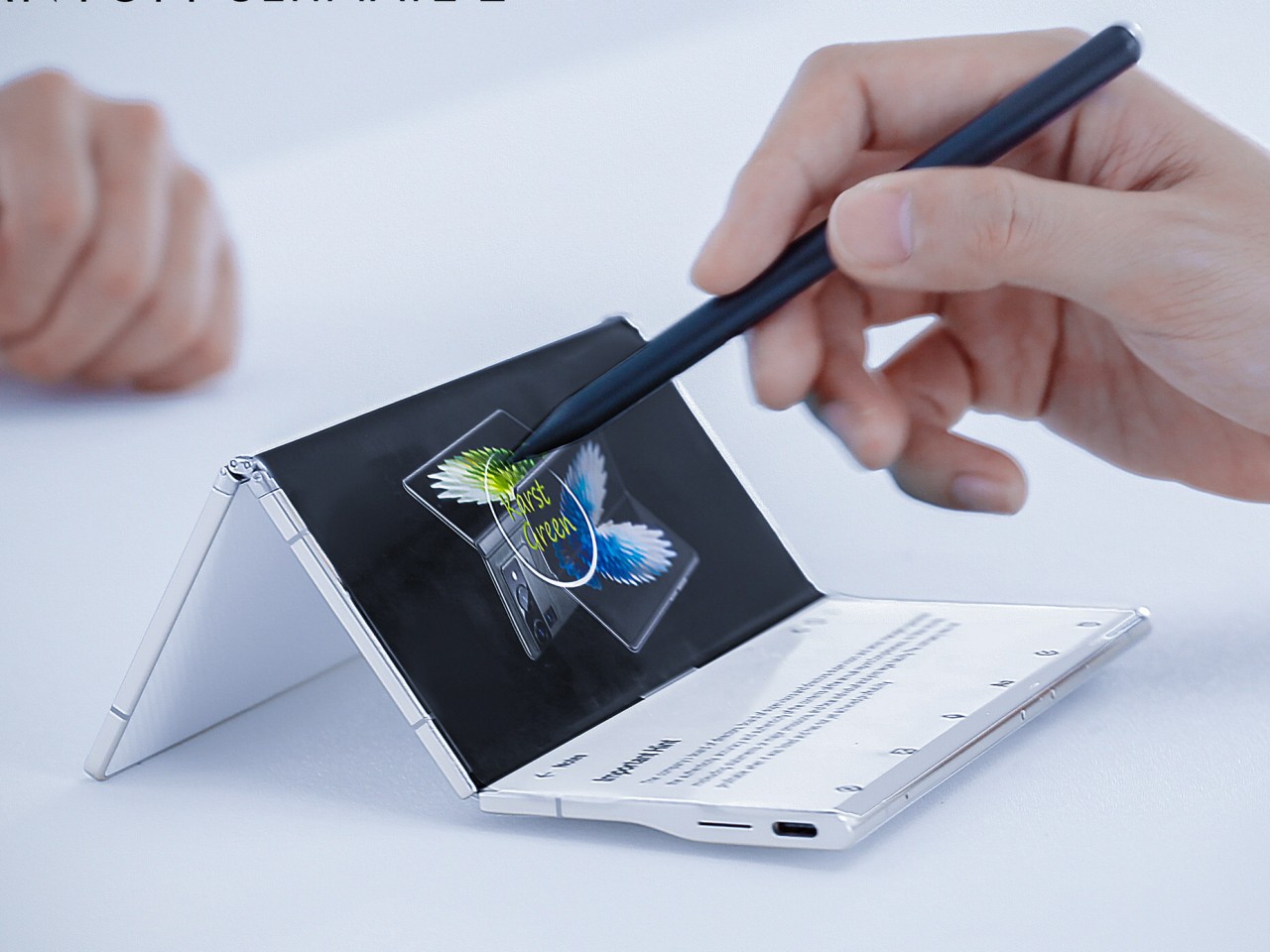
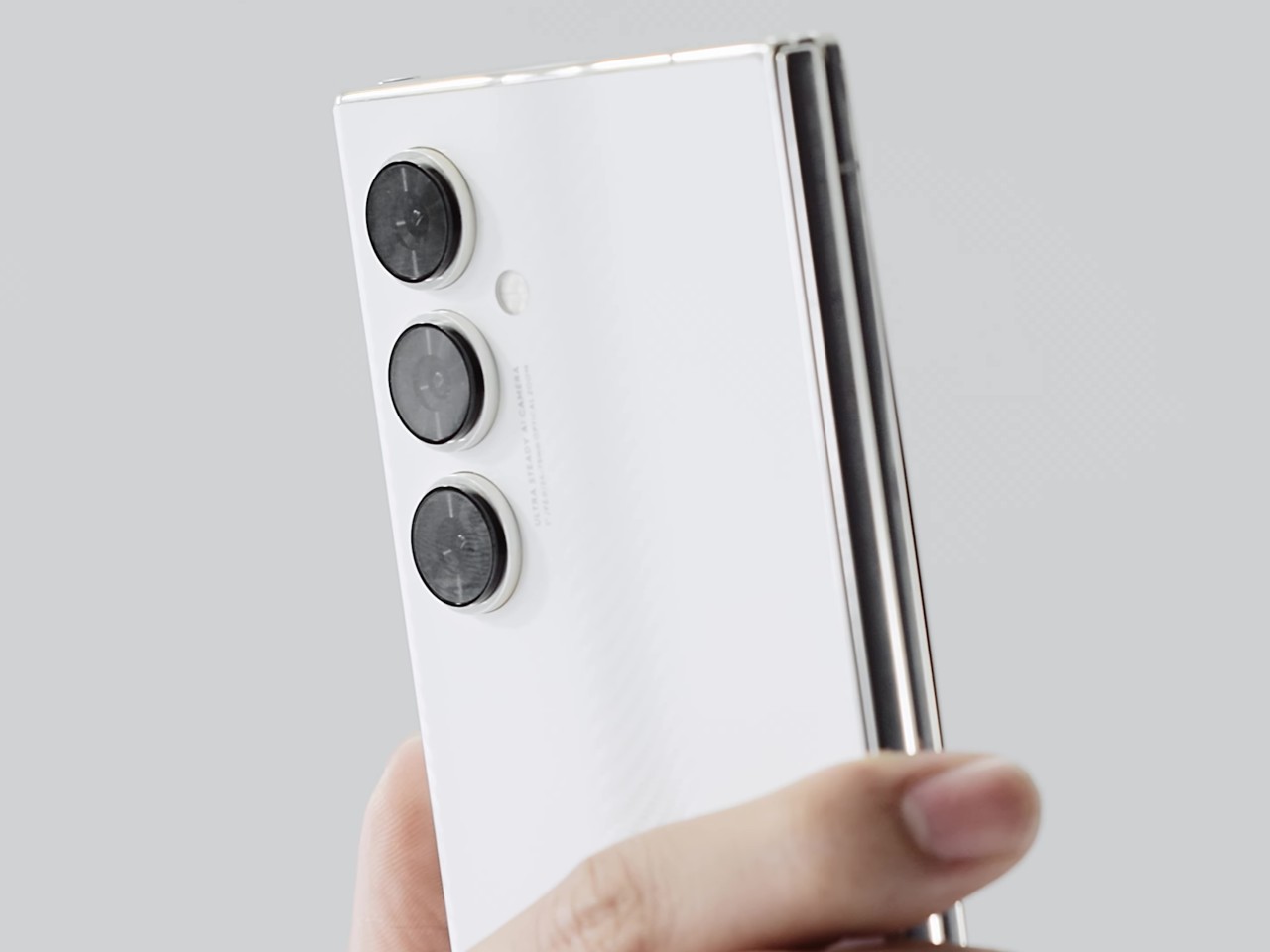
The Phantom Ultimate 2 stands out in the crowded foldable space with its daring tri-fold design, making it a bold alternative to Samsung and Huawei’s offerings. Its sleek and thin build, coupled with TECNO’s attention to durability and cooling, provides an elegant solution to common foldable issues.
Price & Availability: Currently a concept, with limited availability anticipated in select markets in late 2024.
Samsung’s Galaxy S24 Ultra offers a refined design, powerful performance, and an industry-leading camera system, setting a new standard for flagship smartphones.

The Galaxy S24 Ultra continues Samsung’s tradition of pushing the boundaries of mobile technology. With a stunning 6.8-inch Dynamic AMOLED 2X display, this device delivers exceptional brightness and color accuracy, perfect for media consumption and productivity tasks. Powered by the latest Snapdragon 8 Gen 3 chipset, the Galaxy S24 Ultra excels in multitasking, gaming, and overall performance. Its 200MP camera system has also been enhanced, featuring improved image processing for crystal-clear photos, even in low light. The S Pen remains integrated, allowing users to jot down notes or create sketches seamlessly.
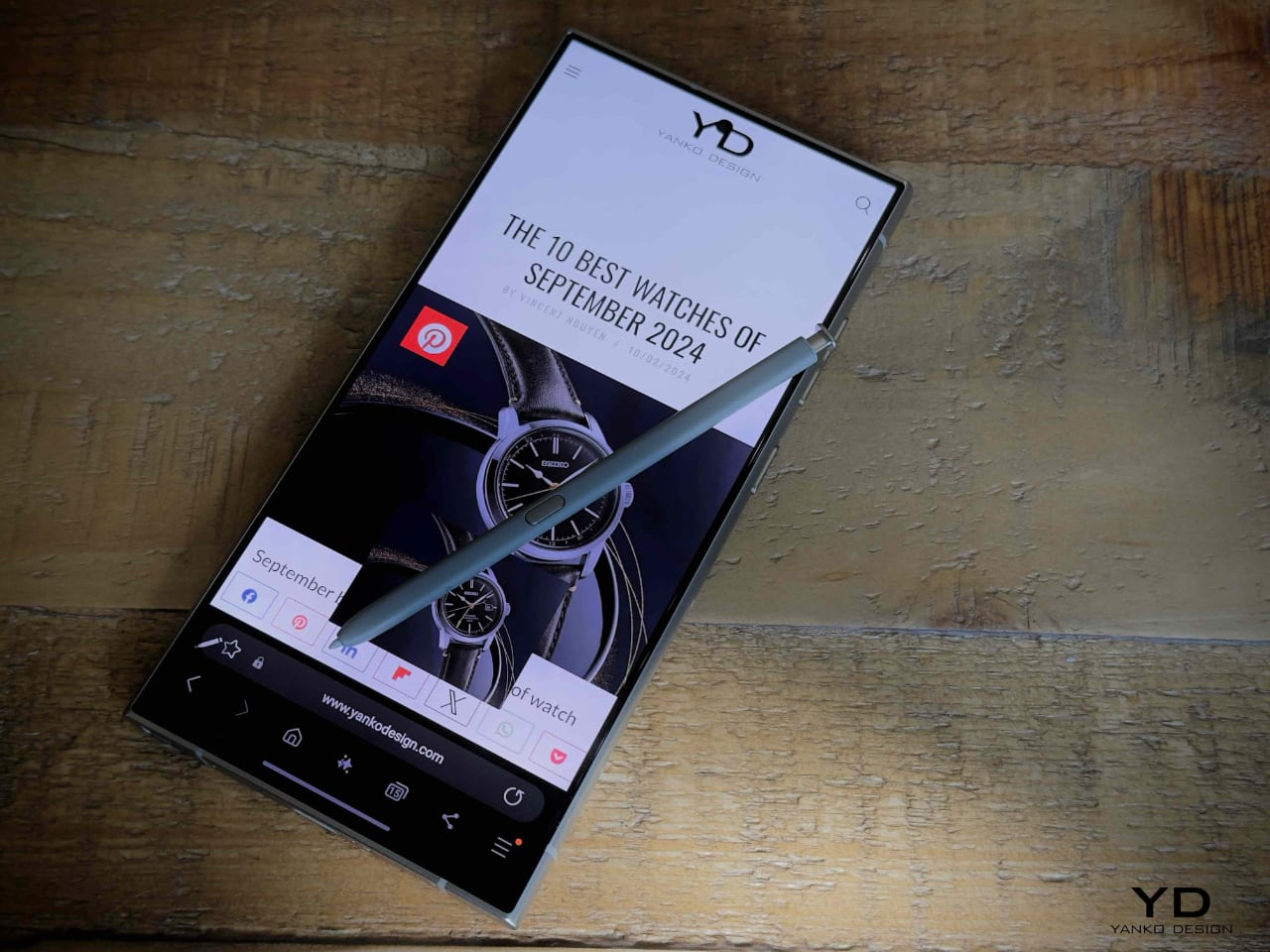
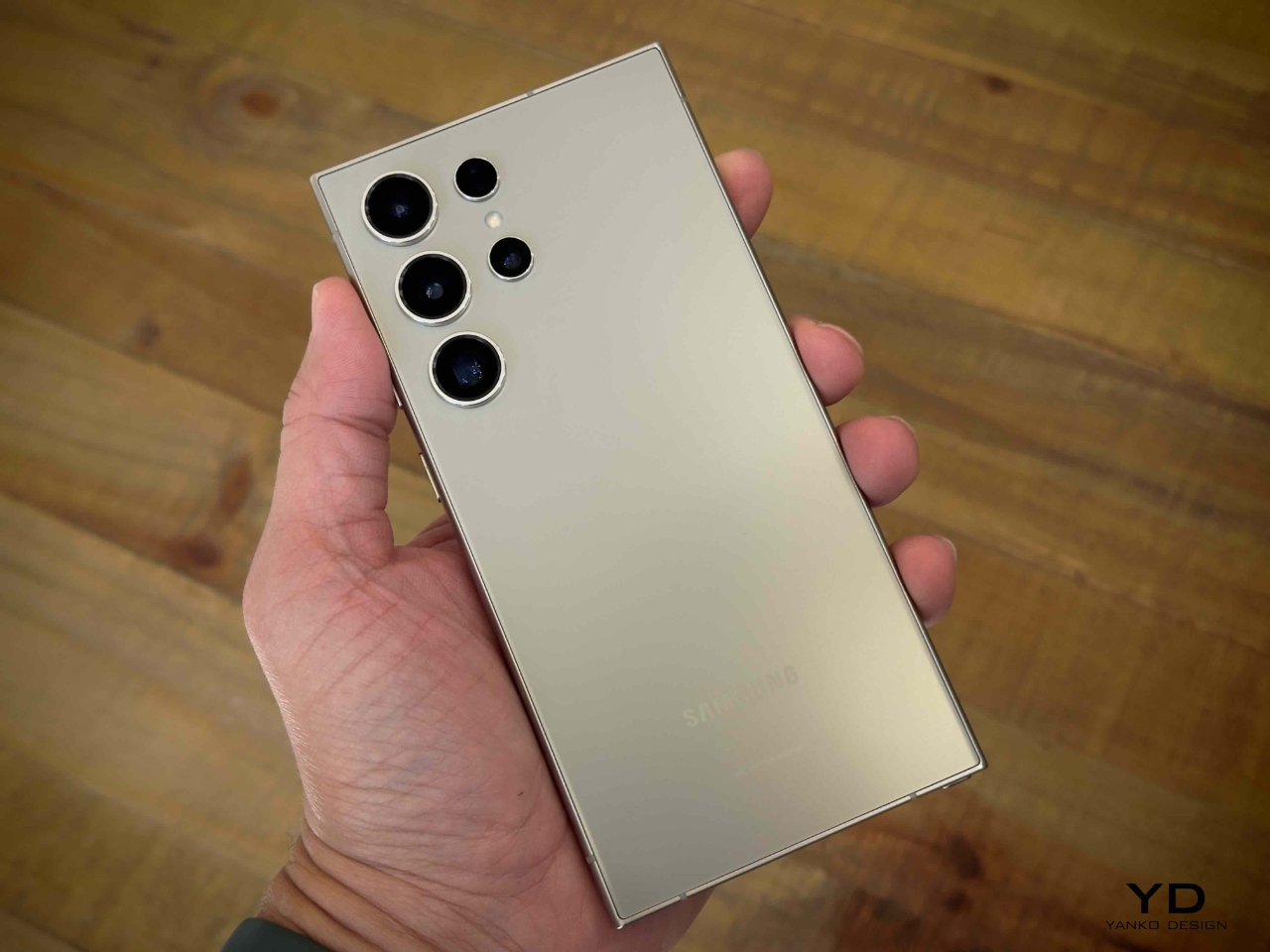
The Galaxy S24 Ultra delivers top-tier specs, featuring a powerful 200MP camera and integrated S Pen for added functionality. It combines precision, versatility, and user-friendly features, making it an ideal choice for those seeking a premium smartphone experience.
Price & Availability: Retail price starting at $1,299. Available globally through Samsung and major carriers.
VIVO’s X Fold 3 Pro pushes the envelope of foldable phone design, putting the competition on notice with its performance and innovative features.
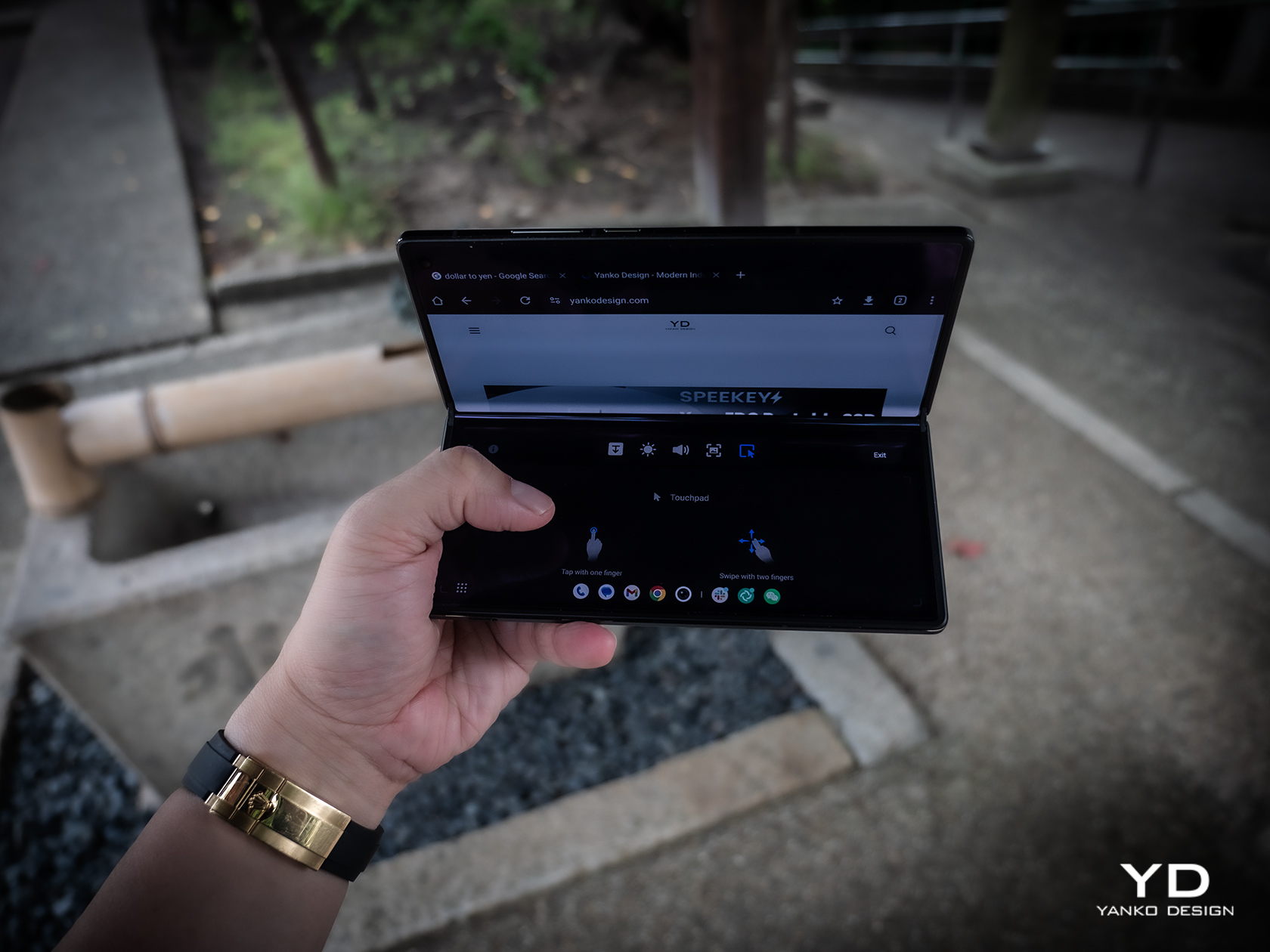
The VIVO X Fold 3 Pro is designed for users who demand the best of both worlds—smartphone portability and tablet functionality. With a stunning 8.03-inch AMOLED main display and a 6.53-inch cover display, this foldable offers ample screen space for productivity and entertainment. VIVO has utilized its new hinge design, which has improved durability and reduced the visible crease, making it nearly seamless when unfolded. Powered by the Snapdragon 8 Gen 3 processor, the X Fold 3 Pro delivers a smooth performance experience, while its camera system, developed in partnership with ZEISS, offers exceptional mobile photography capabilities.
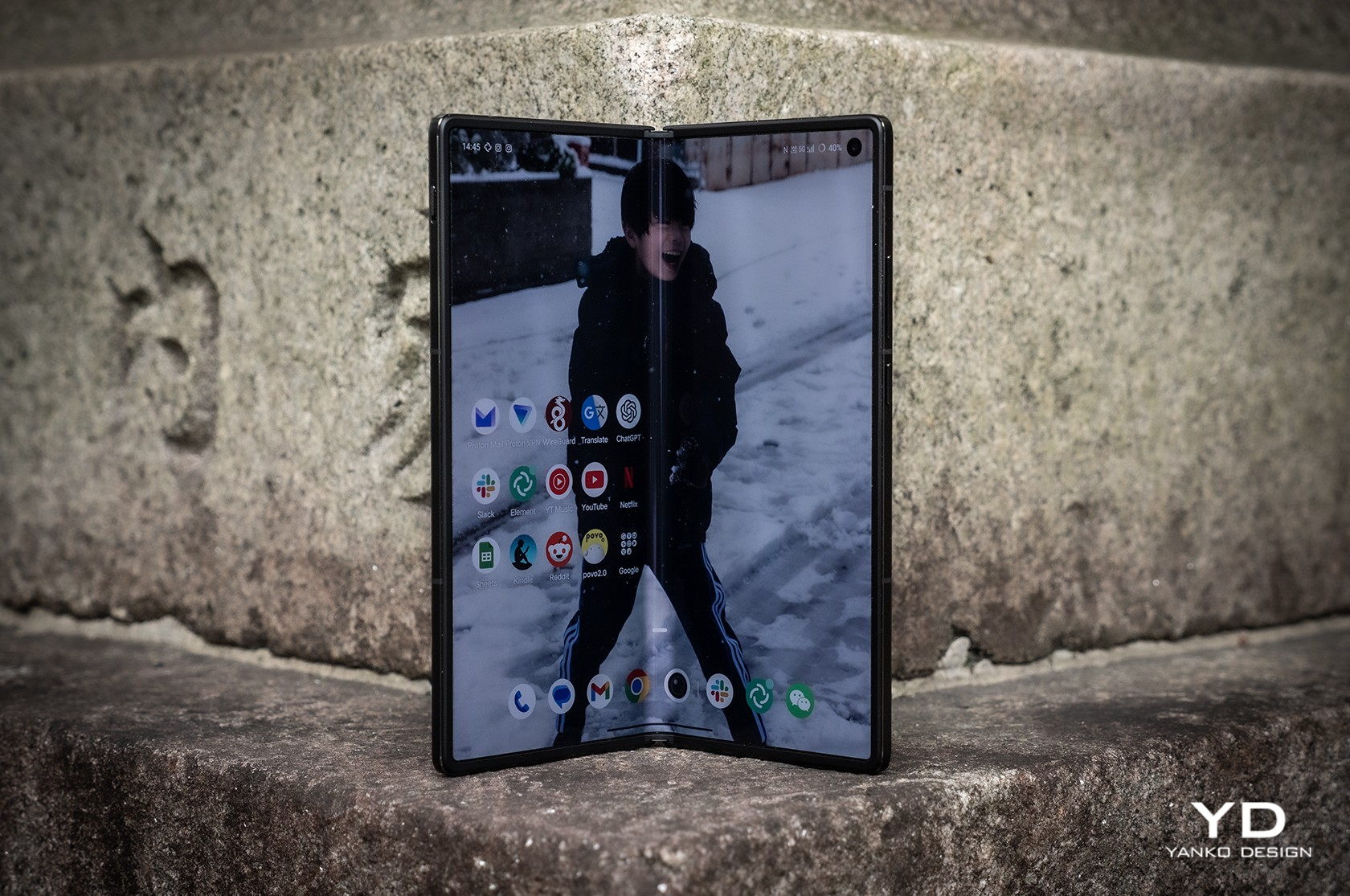
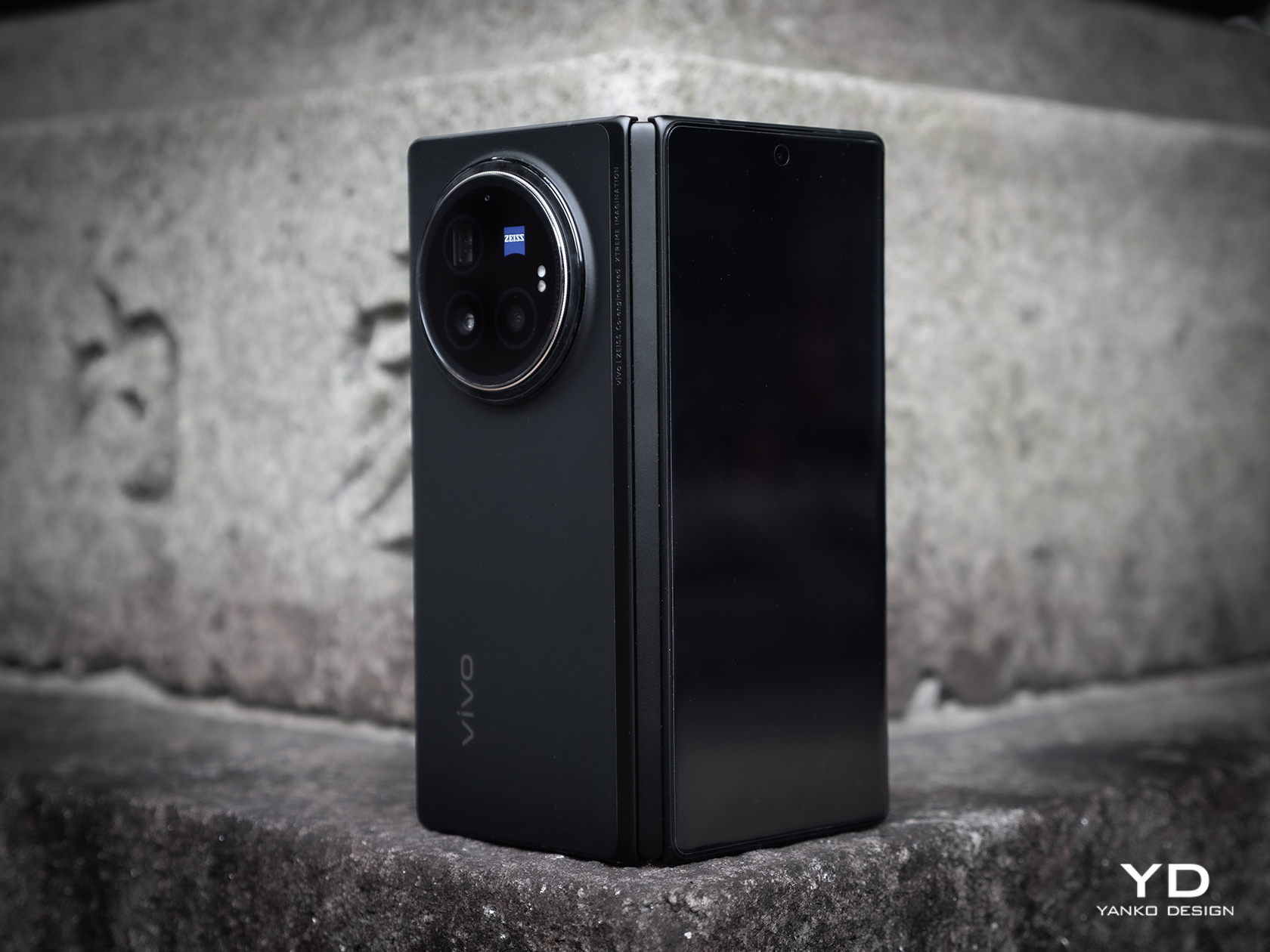
The VIVO X Fold 3 Pro impresses with its seamless design and flagship performance. The enhanced hinge mechanism and partnership with ZEISS for the camera system make it a formidable contender in the foldable market, ideal for users who want an immersive display and high-quality photography in a foldable form.
Price & Availability: Retail price starting at $1,799. Available in select markets globally.
Google enters the foldable market with the Pixel 9 Pro Fold, the thinnest, brightest, and most powerful foldable yet.
![]()
The Google Pixel 9 Pro Fold takes the established Pixel brand and turns it into a sleek foldable that stands out for its slim profile and stunning display. At just 5.5mm when unfolded, this is the thinnest foldable on the market. The device features a bright and vivid 7.4-inch AMOLED display with a 120Hz refresh rate, offering vibrant colors and smooth animations. The new Tensor G4X chipset powers the Pixel 9 Pro Fold, providing powerful performance for all applications, including AI-based optimizations that improve battery efficiency and multitasking. The improved hinge mechanism is designed to be both durable and ergonomic, making the foldable experience intuitive and enjoyable.
Pixel 9 Pro Fold: 8-inch (204 mm) Super Actua Flex display (LTPO) and 2076 x 2152 OLED at 373 PPI
The Pixel 9 Pro Fold is more than just Google’s entry into the foldable market—it represents a significant leap in design and performance, combining Google’s AI capabilities with a foldable form factor. Its incredibly thin design, powerful chipset, and stunning display make it one of the most attractive foldable options available today.
Price & Availability: Retail price starting at $1,599. Available globally through Google’s online store and major carriers.
TECNO’s Phantom V Fold2 5G blends precision with innovation in foldable technology, delivering a versatile and premium experience.
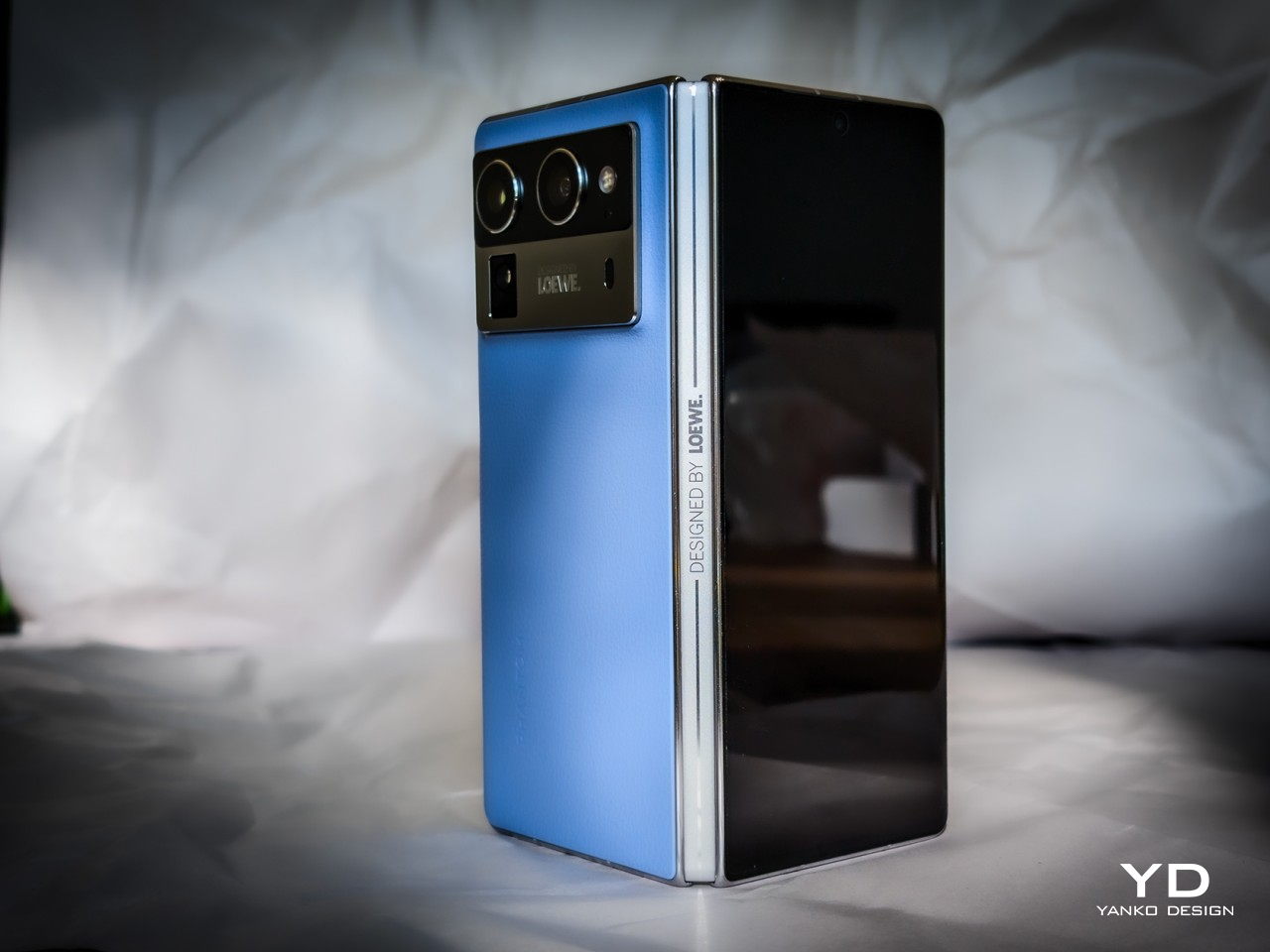
The TECNO Phantom V Fold2 5G is a testament to TECNO’s commitment to pushing the boundaries of foldable design. Featuring a vibrant 7.8-inch AMOLED foldable display, it offers a stunning visual experience that rivals the best in the industry. The outer 6.3-inch screen remains highly usable, giving users the convenience of a traditional smartphone when folded. Powered by the Dimensity 9200 chipset, the Phantom V Fold2 provides seamless multitasking capabilities, perfect for productivity and media consumption. TECNO has also integrated advanced hinge technology, making folding and unfolding a smooth and reliable experience.
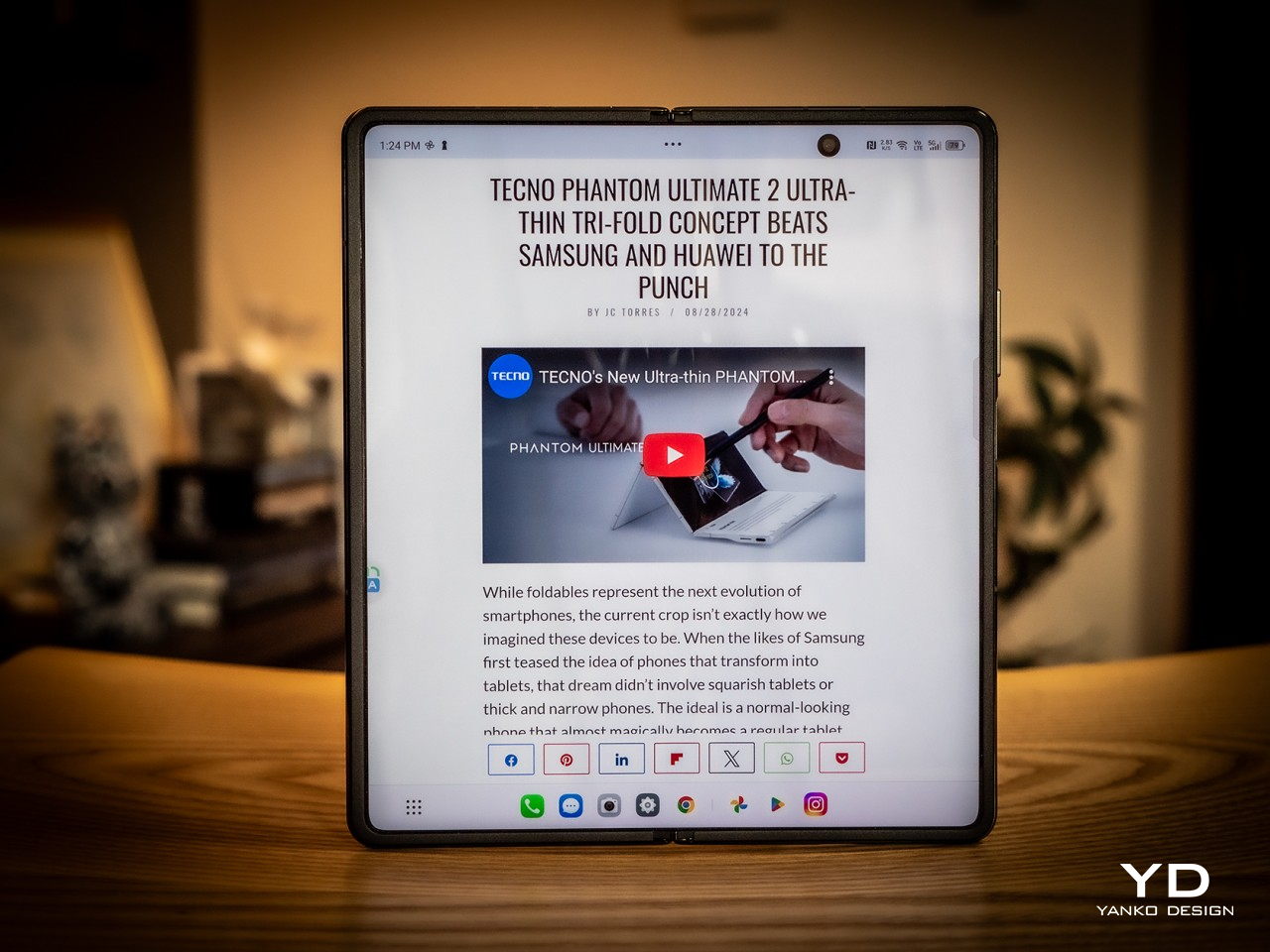
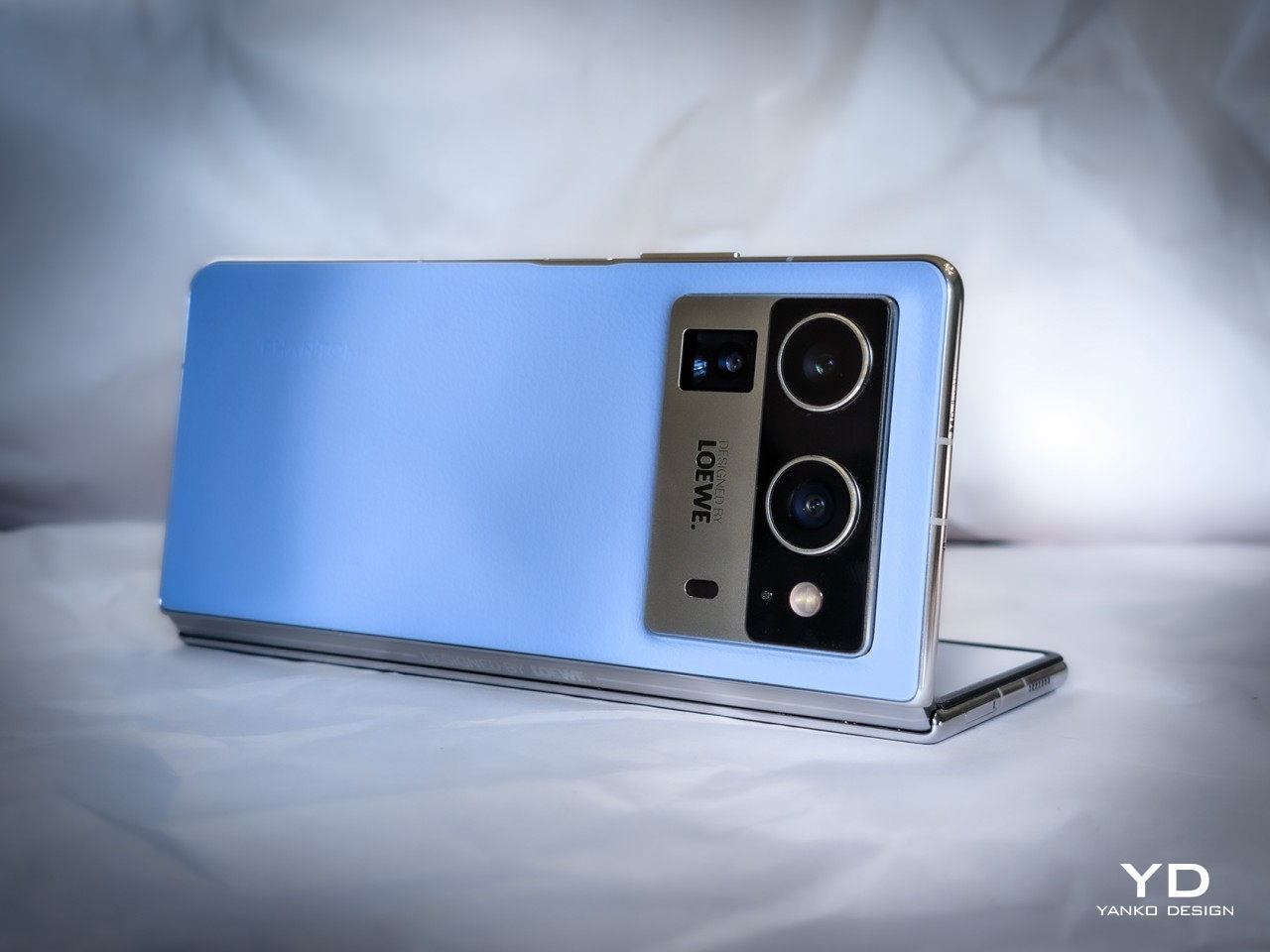
The TECNO Phantom V Fold2 5G stands out with its balance of precision engineering and innovative features. The foldable AMOLED display delivers a stunning visual experience, while the Dimensity 9200 chipset ensures smooth performance. TECNO’s focus on hinge durability and usability makes this device a strong contender in the foldable market.
Price & Availability: Retail price starting at $1,499. Available globally through TECNO’s official channels and select partners.
2024 has been a year of groundbreaking advancements from tri-fold concepts to AI-powered innovations; the devices on this list highlight the best of what technology has to offer today. Whether you’re after cutting-edge features, enhanced productivity, or sleek design, this lineup of phones has something for everyone.
Do you agree with our choices? Are there any phones on your wish list, or do you already own one of these? We’d love to hear your thoughts and see how your favorite devices compare to ours!
The post 10 Best Phones of 2024 You Can’t Miss – Foldables, Flagships, and Surprises! first appeared on Yanko Design.
Samsung starts mass production of the PM9E1 SSD, delivering top-tier speed and power efficiency, optimized for AI applications and data-heavy workloads.
The post Samsung Begins Mass Production of High-Speed PM9E1 AI SSD first appeared on Trendy Gadget.
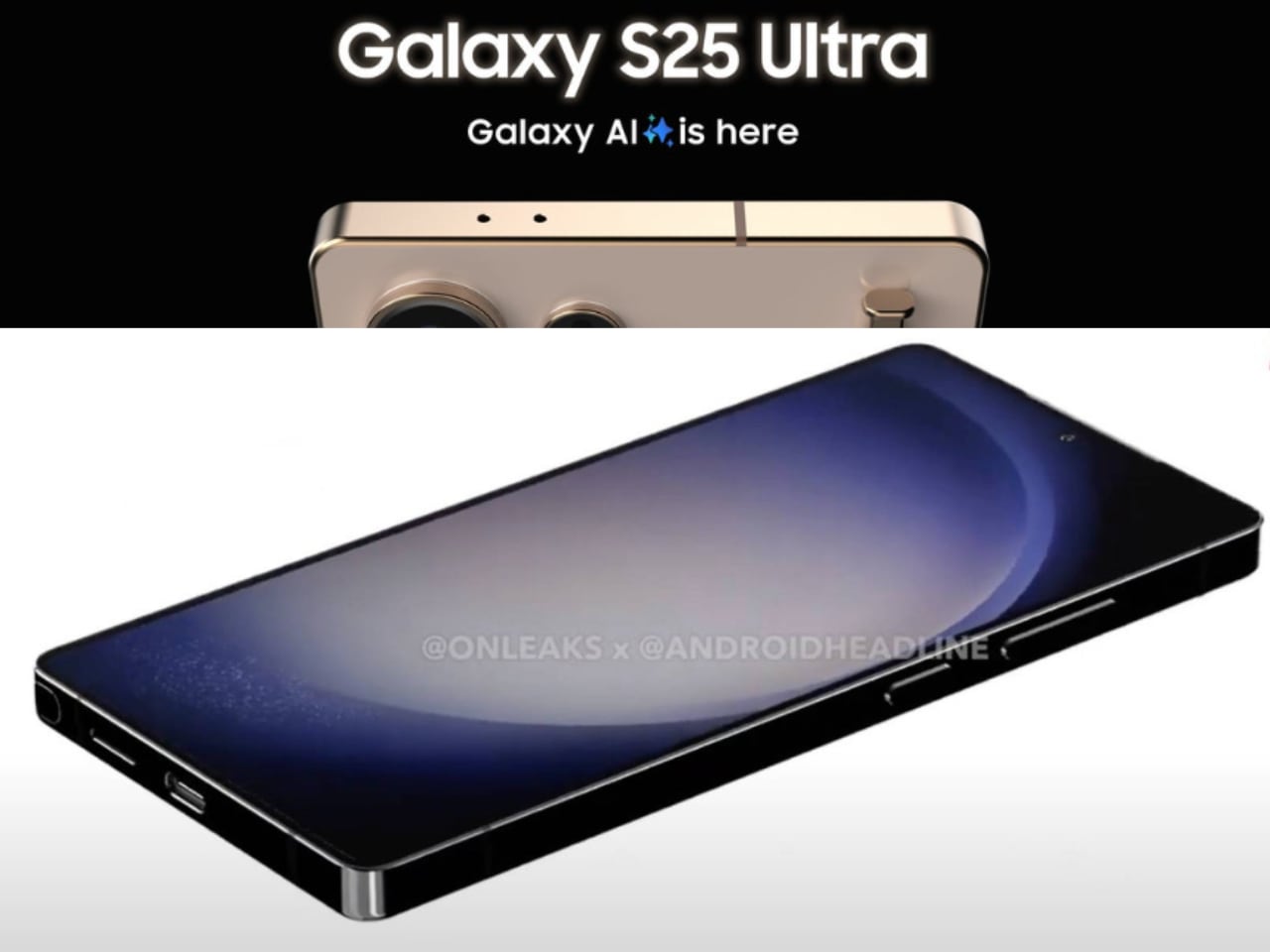
According to the latest leaks, Samsung’s Galaxy S25 Ultra is shaping up to introduce key design changes. The shift from sharp, angular edges to more rounded corners is the most notable update aimed at improving comfort and usability. In addition to these changes, the device is expected to be taller, narrower, and thinner than its predecessor, the Galaxy S24 Ultra. These refinements reflect Samsung’s focus on delivering a more ergonomic and user-friendly flagship device while also maintaining the powerful performance the Ultra series is known for.
Designer: Samsung
The most significant design shift is the move to rounded corners, which replaces earlier models’ sharp, boxy edges. This change is expected to make the phone easier to handle and more comfortable for prolonged use. Samsung seems to be addressing feedback from users who found the sharp edges of the Galaxy S23 and S24 Ultra too rigid. The S25 Ultra also features slimmer bezels, which offer a more immersive display without increasing the phone’s overall size. Combined with the sleeker profile, this design update focuses on comfort and practicality without compromising the premium aesthetic.
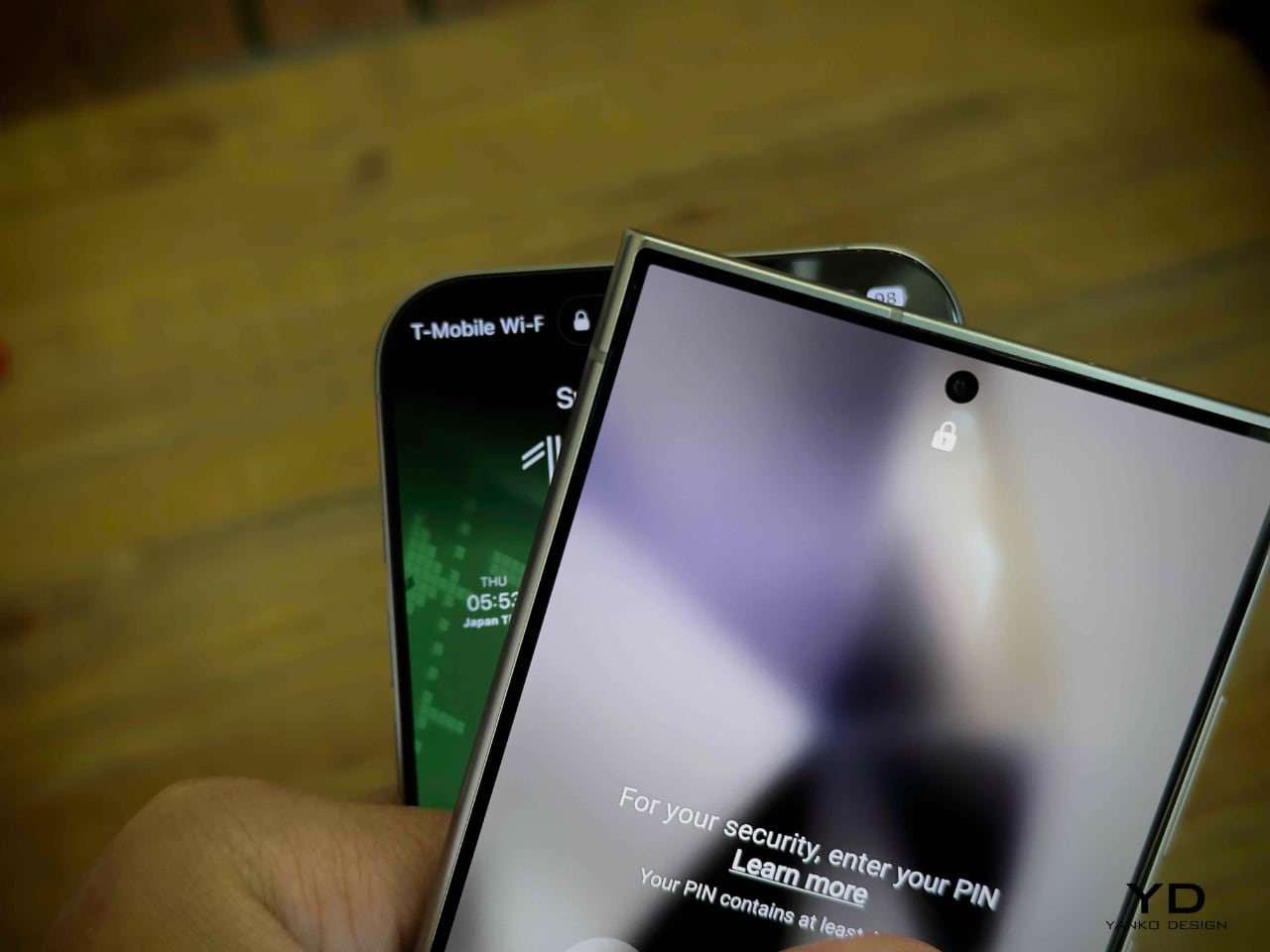
The Galaxy S25 Ultra is also rumored to be slightly taller, narrower, and thinner than the S24 Ultra, enhancing its handling and comfort in daily use. These updates mark a shift in Samsung’s design philosophy, prioritizing usability while maintaining the premium quality and performance that users expect from the Ultra series.
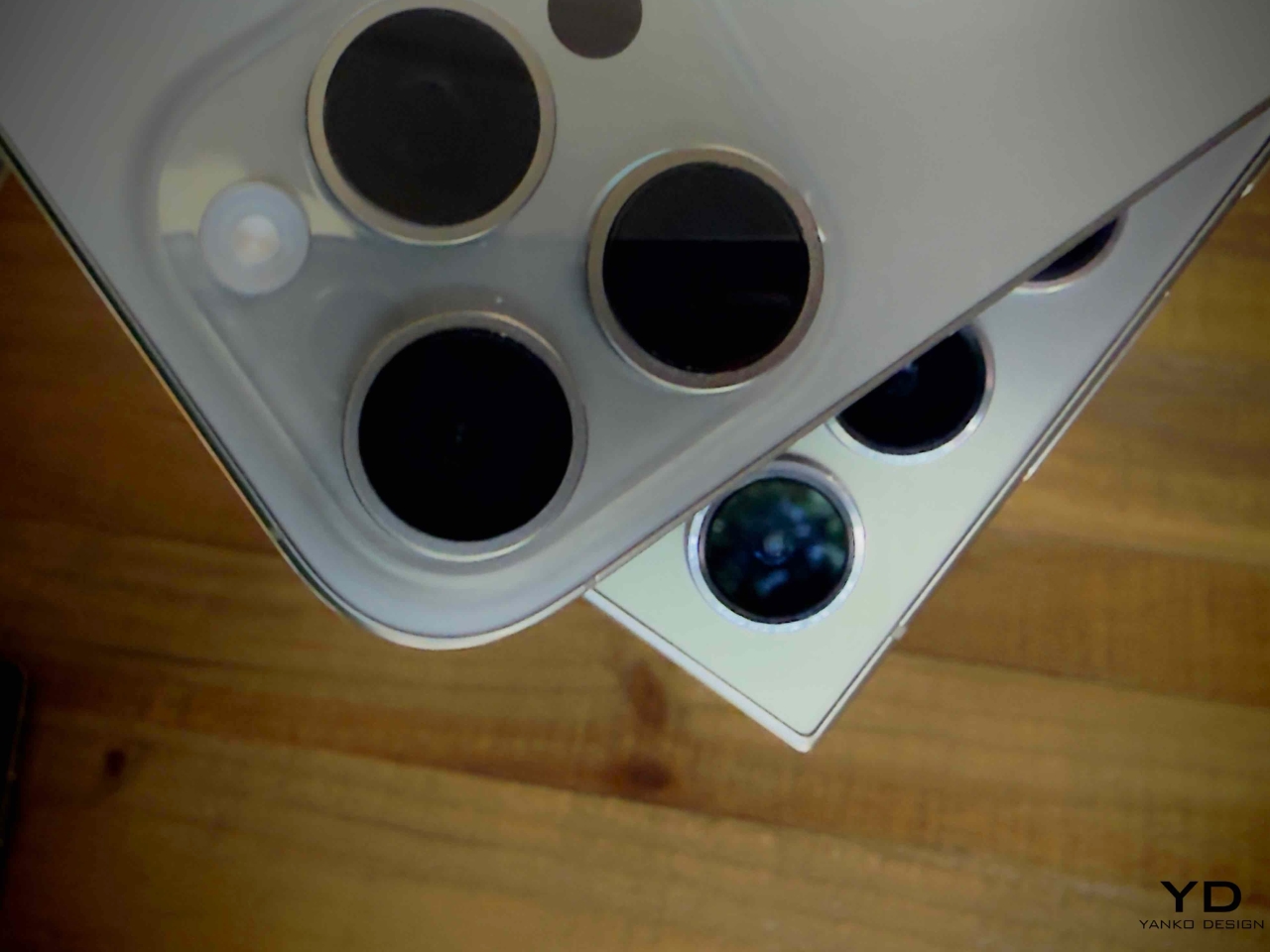
Beyond the design changes, the Galaxy S25 Ultra is expected to feature some serious hardware upgrades. It will likely be powered by the Snapdragon 8 Gen 4 chipset, which will deliver improved performance and energy efficiency thanks to its 3nm architecture. The device is also rumored to feature the new Adreno 830 GPU, making it a powerhouse for gaming and graphic-heavy applications. Users can expect smoother performance, particularly in multitasking and gaming scenarios.
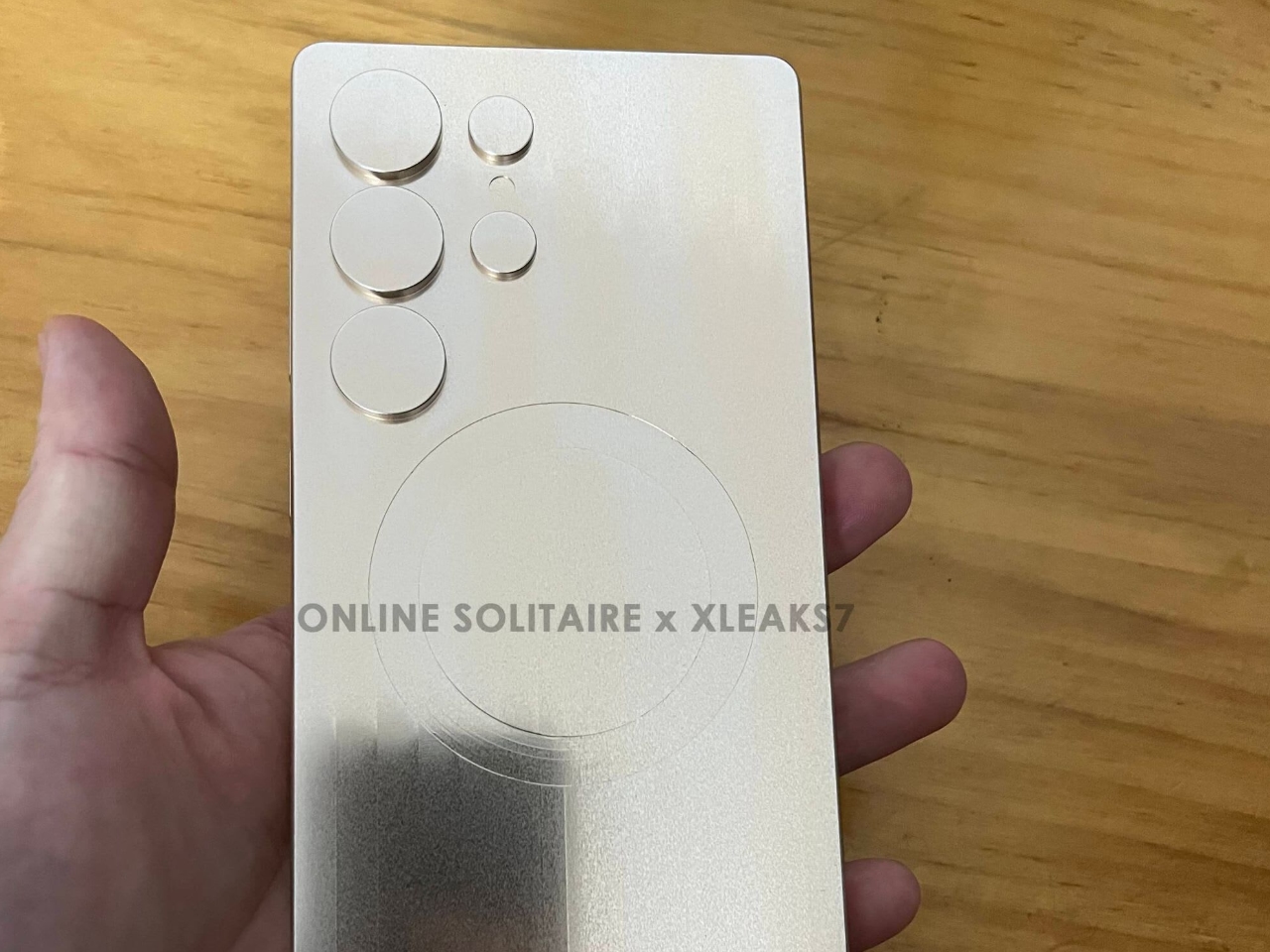
Sources: Online Solitaire x Xleaks7
Additionally, the S25 Ultra will reportedly come in both 12GB and 16GB RAM configurations, ensuring plenty of power for multitasking and AI-driven applications. Samsung’s development of thinner memory chips allows these RAM options without increasing the device’s bulk, maintaining the slim profile that defines the Ultra line. The device will be a performance powerhouse while still focusing on sleek design.
The Galaxy S24 Ultra is notable for being one of the most feature-packed devices Samsung has ever released. Thanks to the S-Pen, its incredible display, and its versatile camera system, it’s a powerhouse in productivity, creativity, and media consumption. Integrating AI tools makes it even more dynamic, giving users smarter ways to interact with content, from photo editing to overall system efficiency. For users who need a device that can do it all, the S24 Ultra has been a top contender.

The Galaxy S24 Ultra continues Samsung’s tradition of integrating the S-Pen into its Ultra series, making it an excellent productivity tool. Whether you’re sketching, taking notes, or remotely controlling the camera, the S-Pen enhances the overall experience, offering functionality beyond that of a typical smartphone.
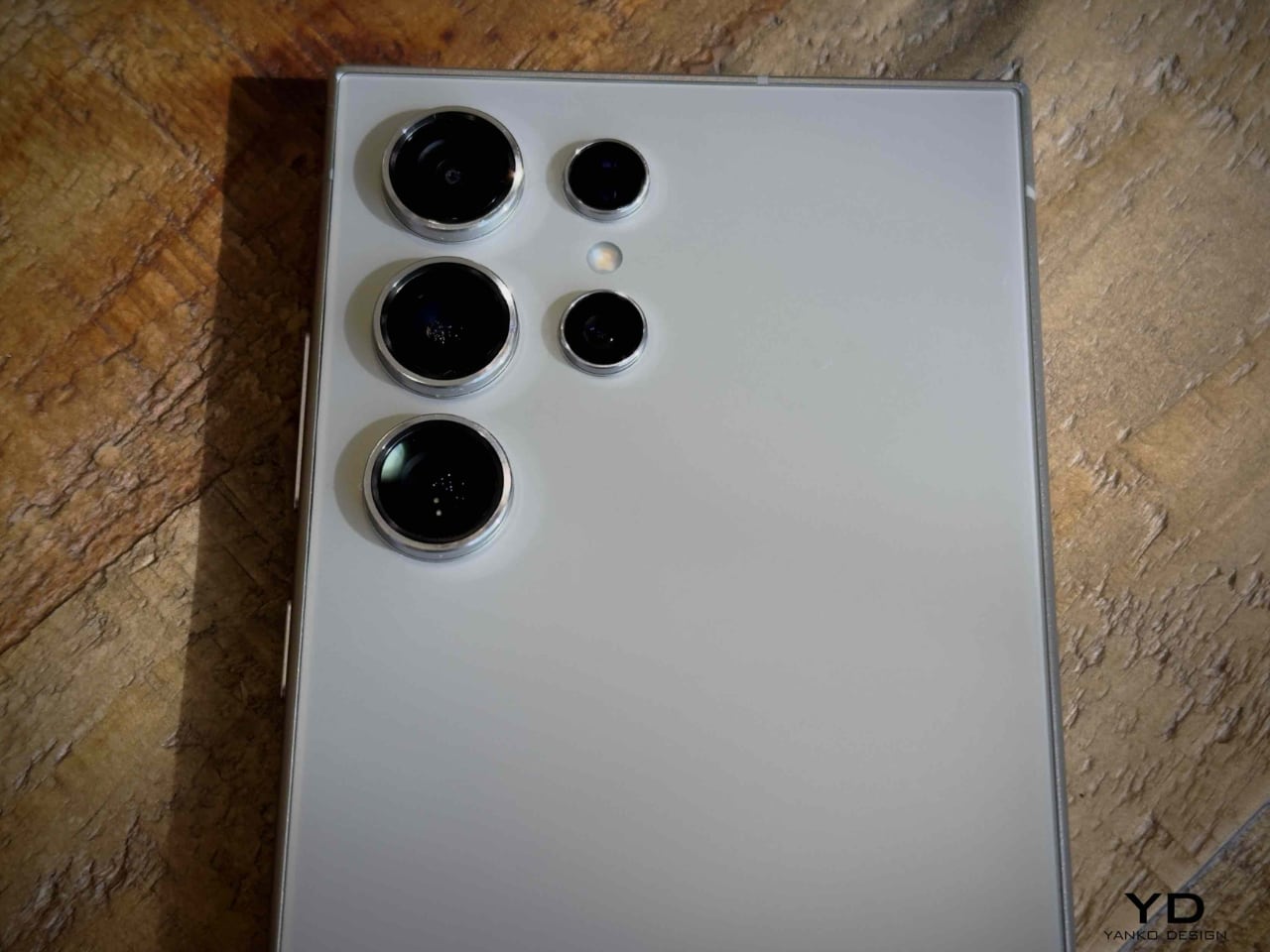
With a 200MP primary sensor, the S24 Ultra offers one of the most powerful and flexible cameras on the market. Its ability to shoot in various lighting conditions and impressive zoom capabilities provide professional-grade results in a compact form.
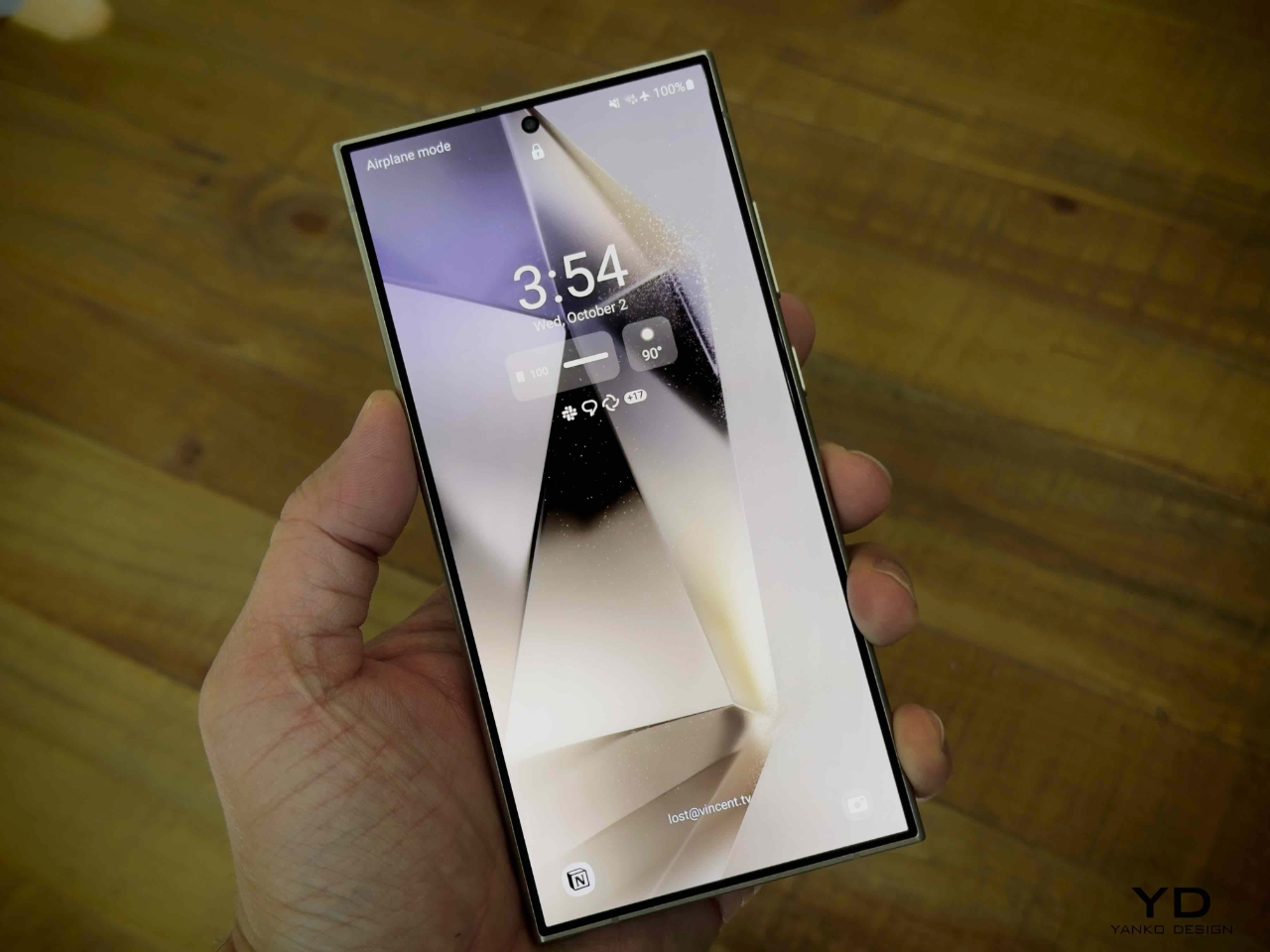
The 6.8-inch Dynamic AMOLED 2X display remains one of the best in class, offering deep blacks, vibrant colors, and smooth 120Hz refresh rates. This makes media consumption and gaming highly immersive experiences.
The S24 Ultra’s 5000mAh battery ensures users can get through a day of heavy usage, whether streaming, using the S-Pen, or multitasking between apps, without worrying about recharging mid-day.
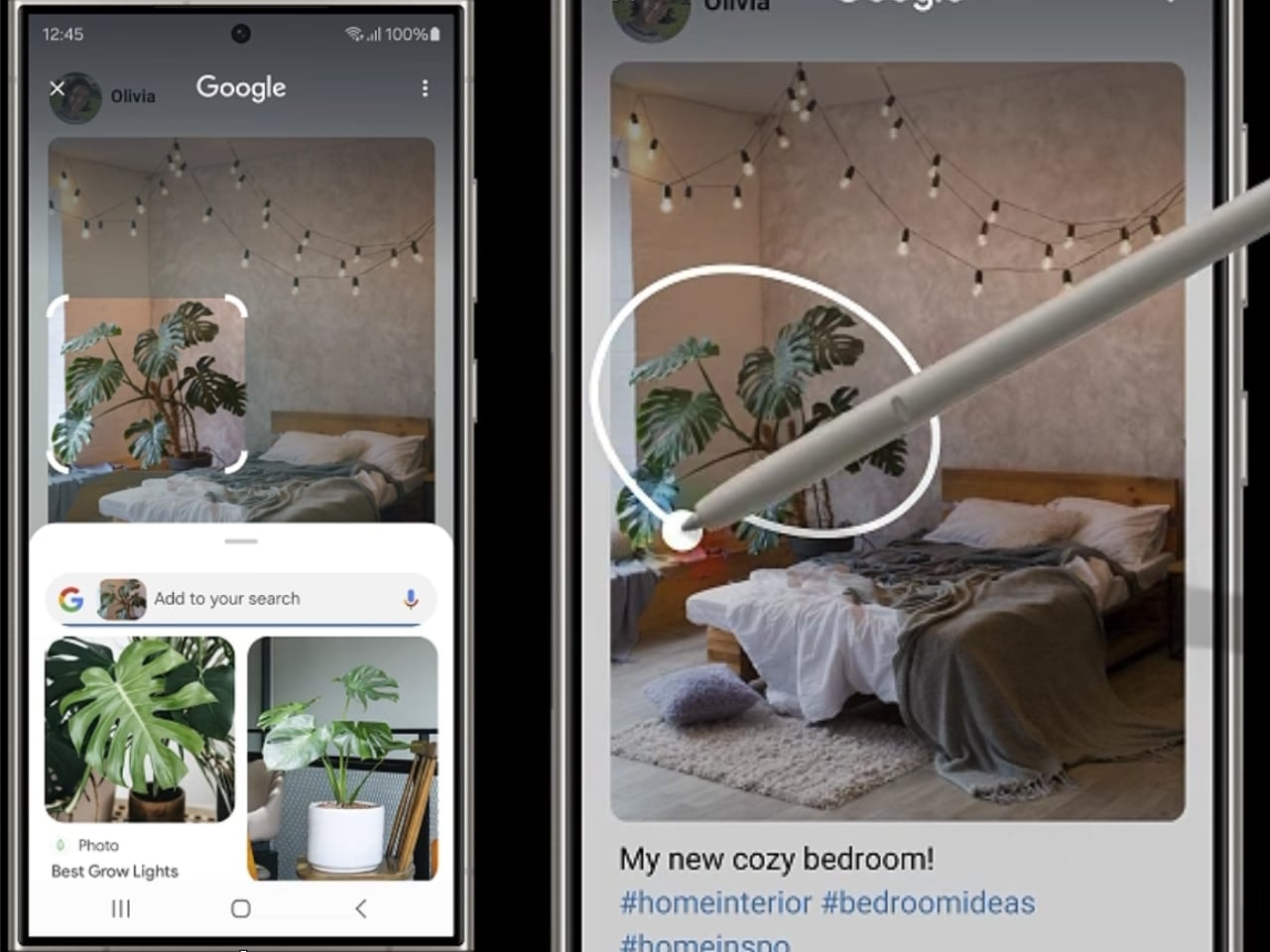
Samsung’s recent software updates have enhanced the AI capabilities of the S24 Ultra. Features like scene optimization and enhanced object removal tools in the camera app make it a great choice for users who love to edit photos and videos on the go.

The Samsung Galaxy S24 Ultra weighs 233 grams, making it slightly heavier than many other flagship smartphones on the market. This weight, combined with its large 6.8-inch display and durable titanium frame, contributes to its premium feel but can also make it feel bulky for users who prefer a more streamlined and lightweight design. The size and weight can be particularly noticeable when using the phone one-handed for extended periods.
This bulkiness is one of the aspects that some users might find uncomfortable, especially when compared to lighter devices, although the premium materials like titanium and Gorilla Glass are designed to offer enhanced durability.2. Slow Charging Speeds
While the S24 Ultra provides reliable battery performance, its wired and wireless charging speeds lag behind some competitors. Faster charging would make the phone more convenient for users who are constantly on the go.
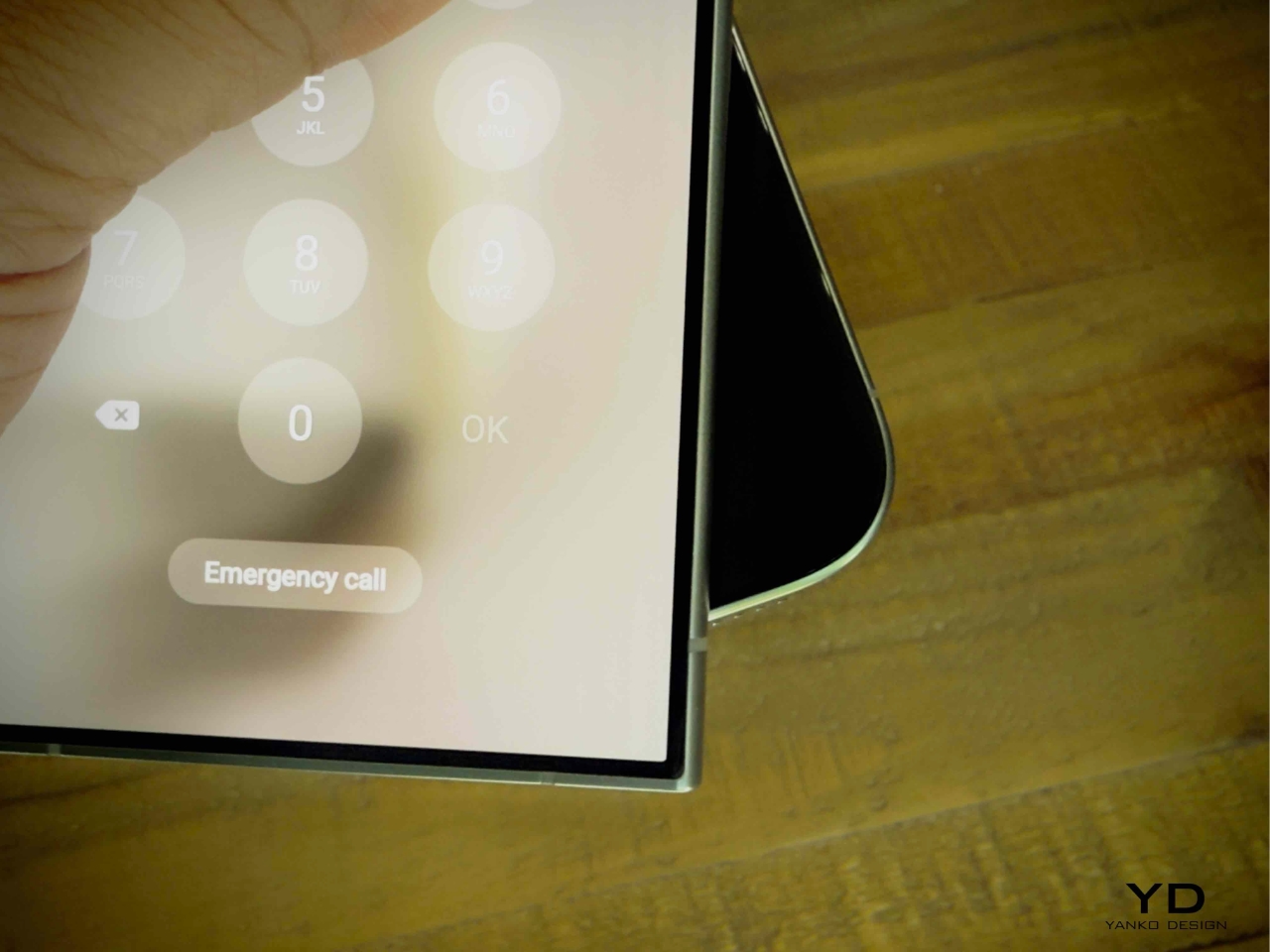
The S24 Ultra’s sharp, boxy design can feel uncomfortable in the hand, particularly during prolonged use. This is an area where we hope to see Samsung address user feedback with the rumored rounded corners of the S25 Ultra.
With the rumored design changes, like rounded corners for better comfort and slimmer bezels, the Galaxy S25 Ultra promises a more ergonomic experience. Powered by the Snapdragon 8 Gen 4 chipset and featuring up to 16GB of RAM, it offers significant performance improvements. But is that enough to warrant an upgrade? Whether you’re an iPhone user, a previous-gen Samsung owner, or loyal to Android, these refinements in design and power could make the S25 Ultra the flagship device you’ve been waiting for. Will these upgrades convince you to take the plunge?
The post Samsung Galaxy S25 Ultra Leaks: Rounded Corners, Slimmer Design, and Internal Upgrades Revealed first appeared on Yanko Design.
I can still remember the time when Samsung was all but ridiculed for launching the 12.2-inch Galaxy Note Pro in 2014, but who would have known that it was just too ahead of its time? Fast forward a decade later, even Apple has a 13-inch iPad Pro, and unsurprisingly, Samsung won’t be outdone. Of course, there might be a limit to what can still be considered a portable tablet, but those lines are being blurred now that “Pro” tablets are being positioned as laptop replacement. And just like many Windows laptops today boast Microsoft Copilot features, Samsung is bringing the full power of its Galaxy AI to its largest mobile screens.
Designer: Samsung

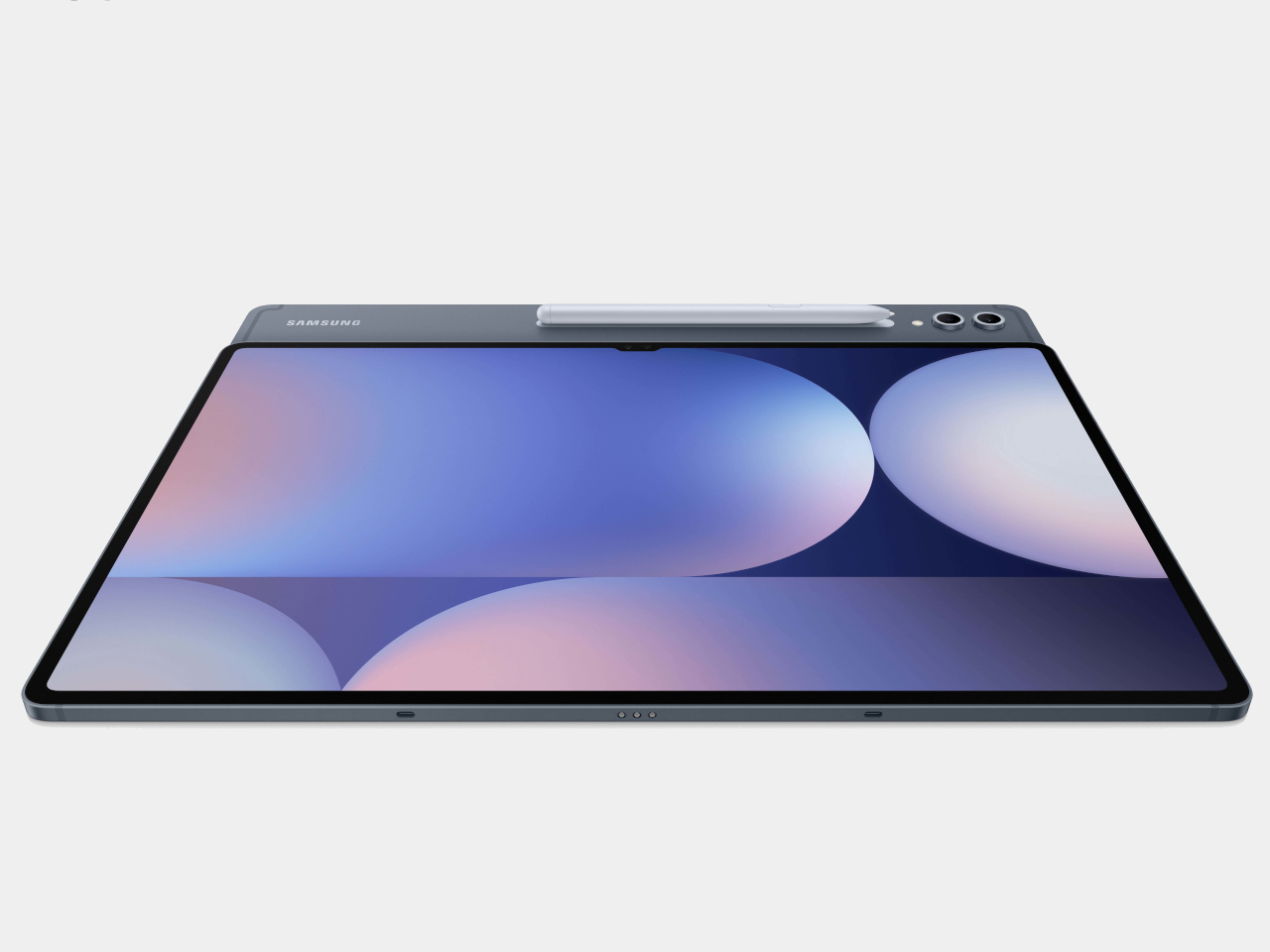
With a 14.6-inch screen, the Galaxy Tab S10 Ultra might be stretching the definition of a tablet, but it’s undoubtedly a very portable size for a detachable laptop and a digital drawing pad. Of course, Samsung has been marketing its Tab S series as a tablet for pros, but this time it’s adding a new element to the mix to make that even more plausible. Its putting AI, its own Galaxy AI, of course, front, center, and across the full width of that large screen, promising to upgrade your productivity as you upgrade your hardware.

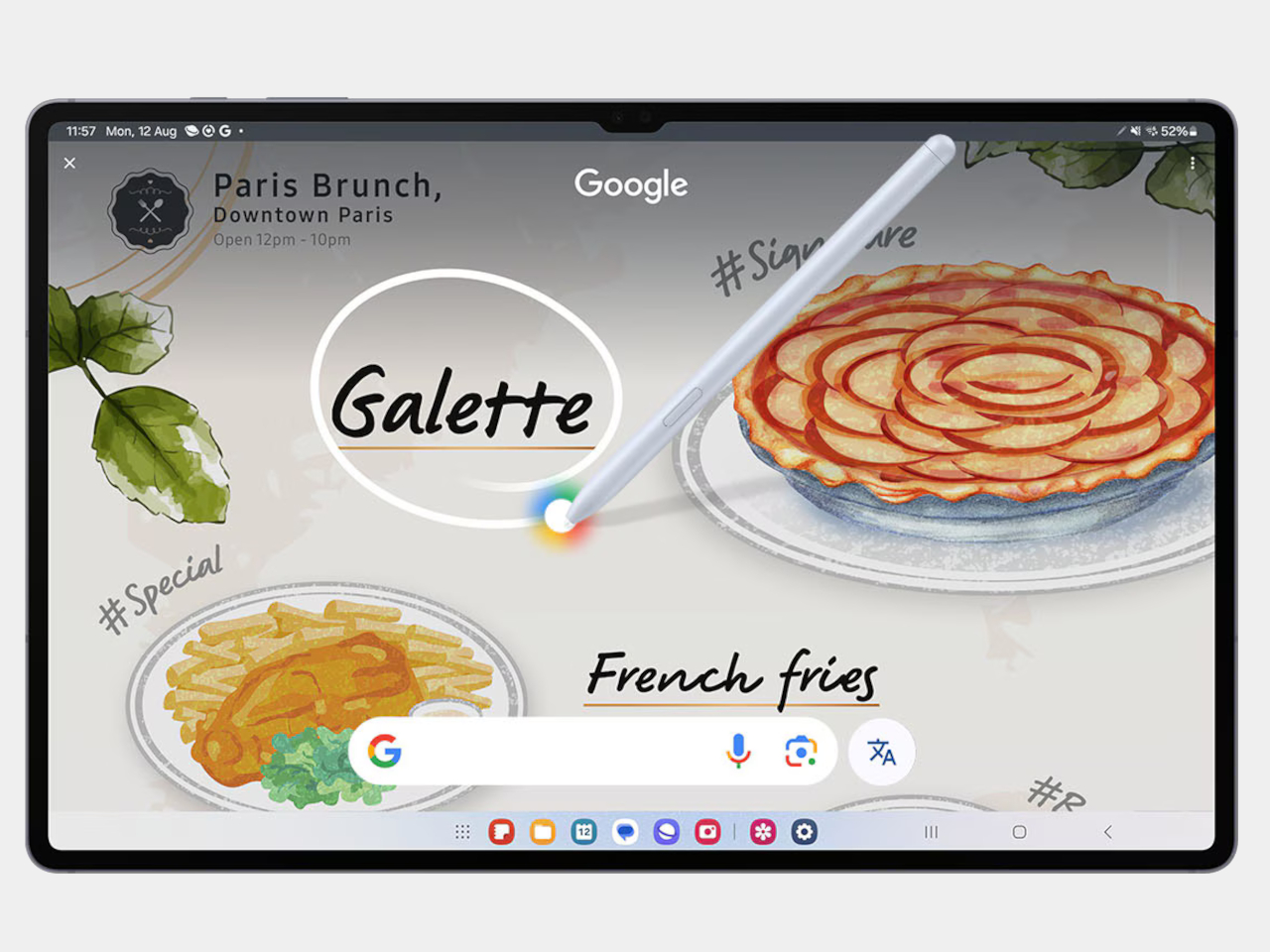
In terms of design, the Galaxy Tab S10 Ultra is a dead ringer for last year’s Samsung flagship tablet, which means you’re still getting a simple and no-nonsense design. Mirroring the aesthetics of its current Galaxy S smartphones, it has flat edges, a flat back, and two separate rings for the 13MP and 8MP cameras. There’s still that magnetic charging groove across the back for the included S Pen, making sure you don’t lose the all-important accessory too easily.
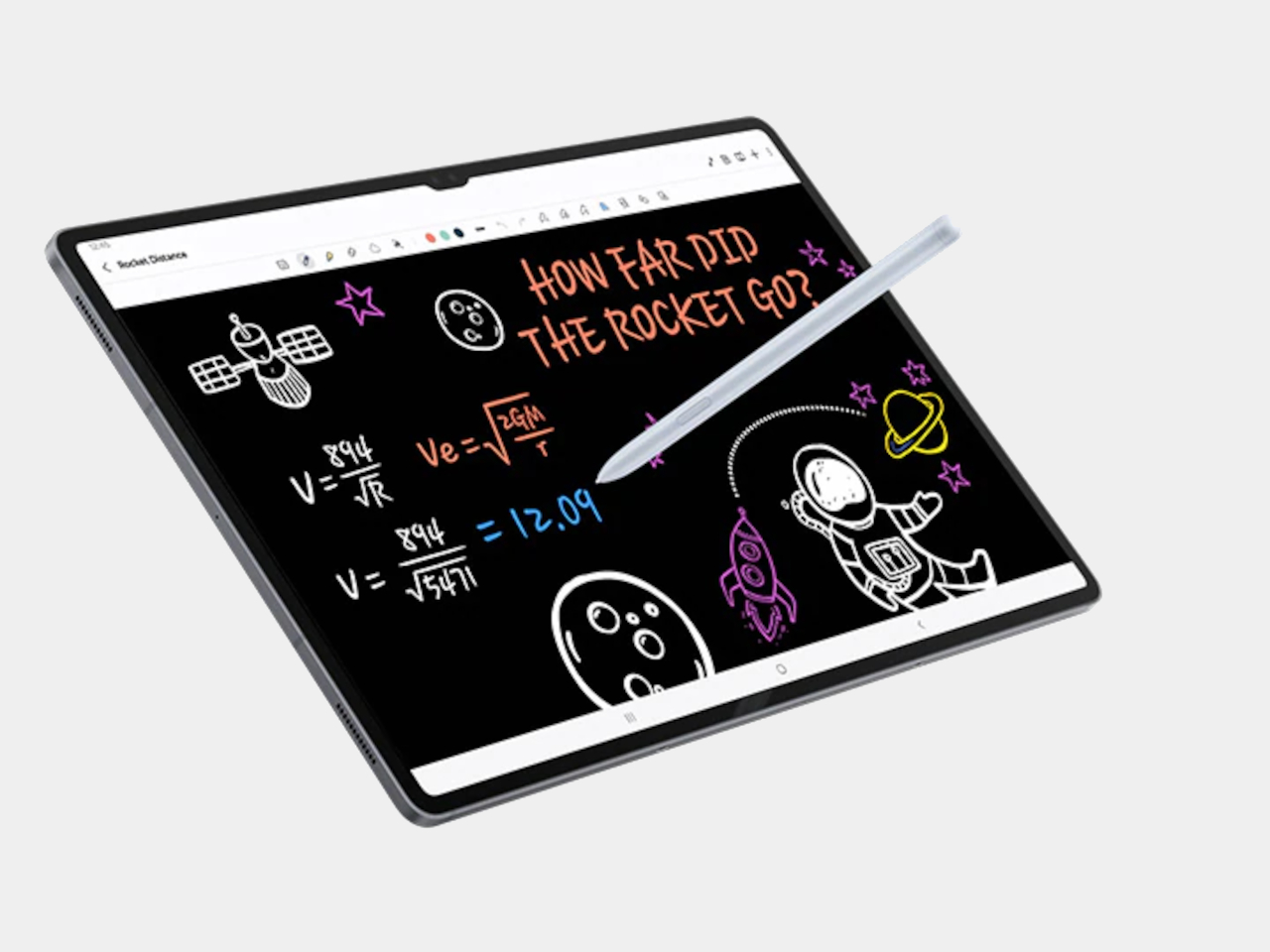
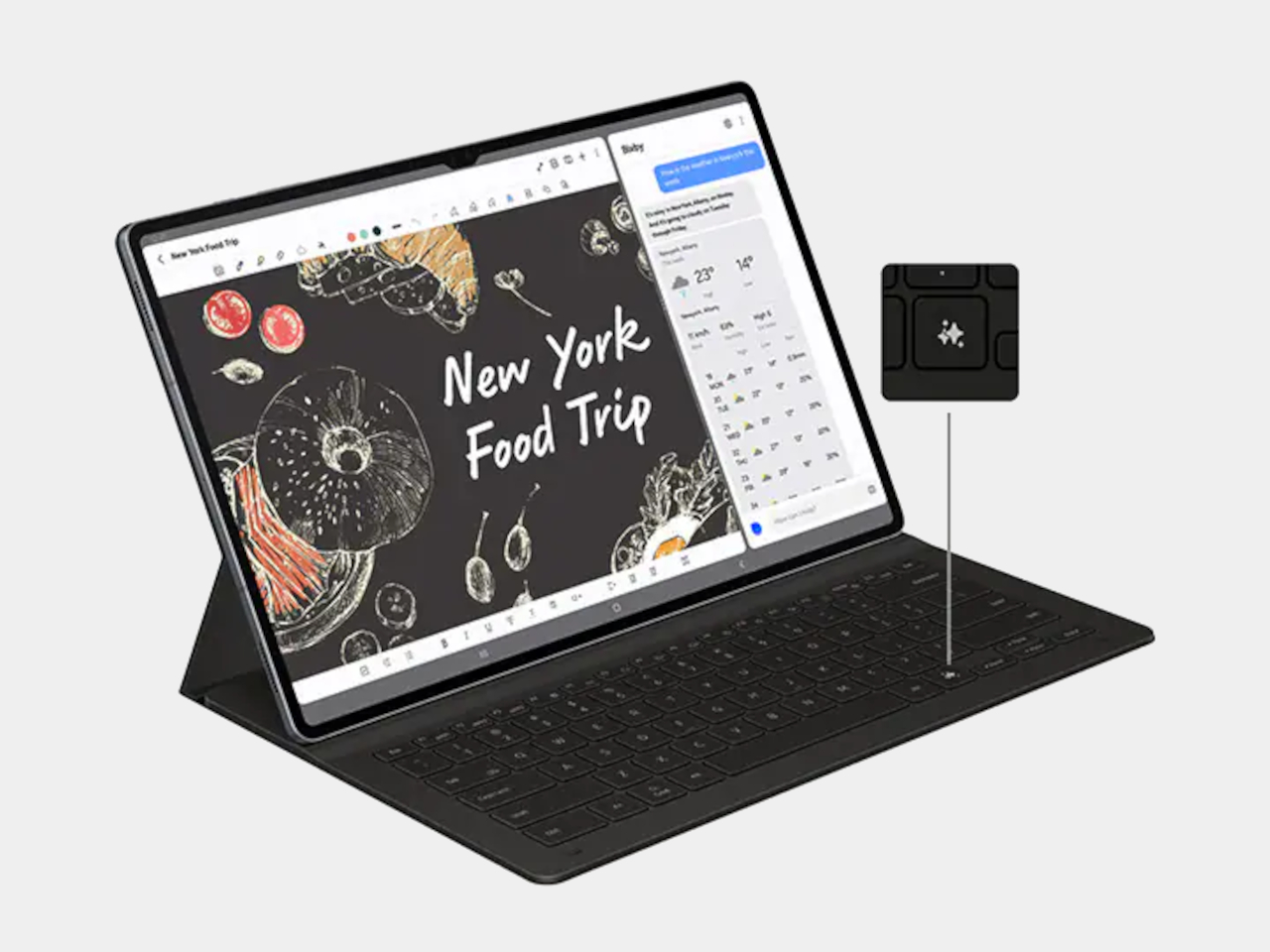
Samsung is making a lot of noise about the AI features on the tablet, all of them geared for productivity and creativity. Note Assist and Handwriting Help make it easier to make sense of notes, while Sketch to Image lets your artistic spirit free. There’s also Google’s now famous Circle to Search gesture, and the official Book Cover Keyboard naturally has a dedicated Galaxy AI Key to launch your AI assistant of choice, whether it’s Samsung Bixby or Galaxy Gemini.
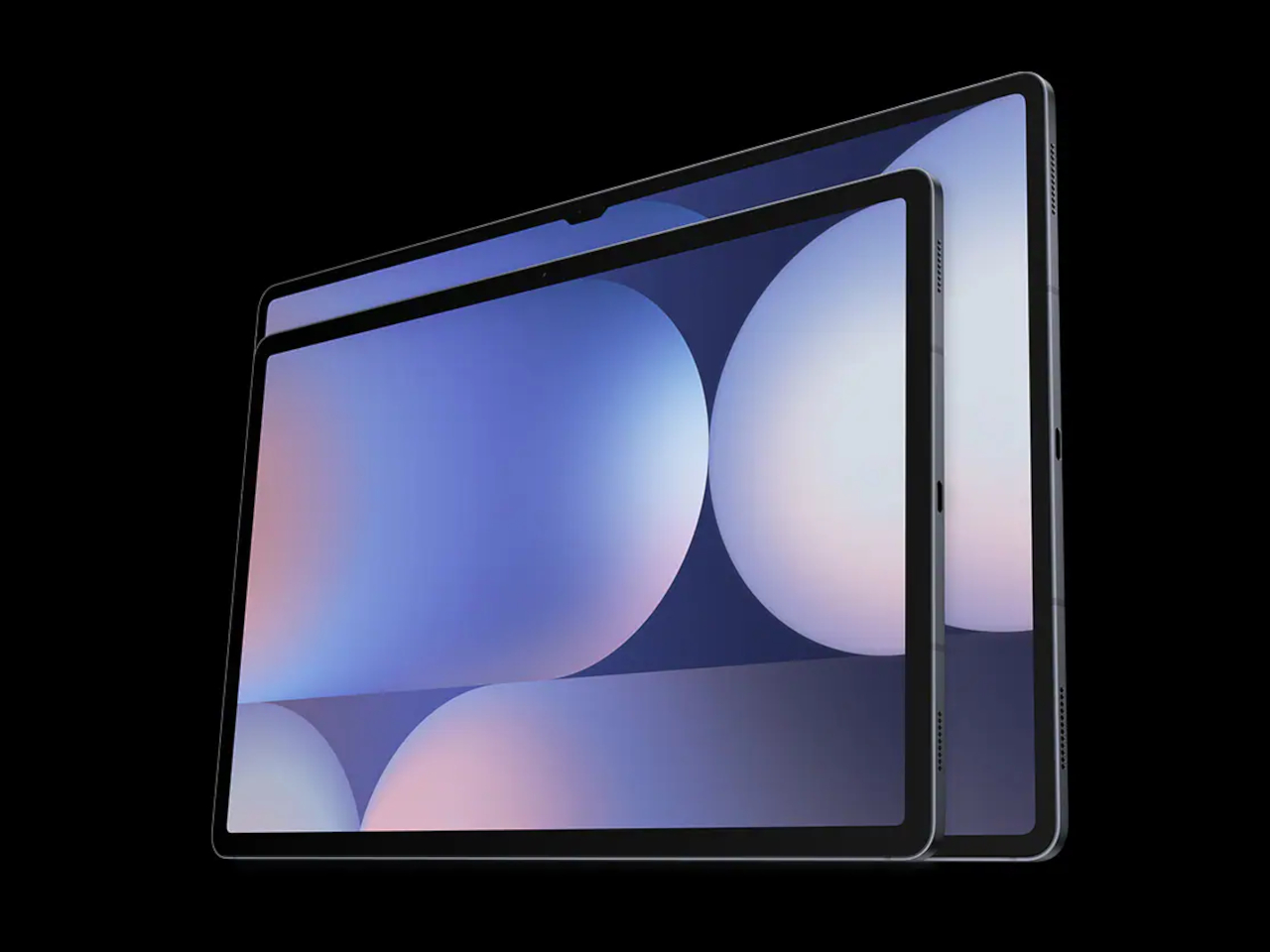
In terms of specs, Samsung naturally crammed the best of mobile hardware inside, except for one curious but critical compoment. Samsung opted to use a MediaTek Dimensity 9300+ processor instead of the usual Qualcomm Snapdragon, and some might have doubts about whether it can handle heavy AI loads, among other tasks. Regardless, the 120Hz Dynamic AMOLED 2X screen, 12GB of RAM, and 11,200mAh battery all come together for a premium experience. The Galaxy Tab S10 Ultra starts at a rather eye-watering $1,200, but those who prefer slightly smaller screens can opt for the 12.2-inch Galaxy Tab S10+ with a matching $1,000 price tag. Sadly, no smaller Galaxy Tab S10 model this year.
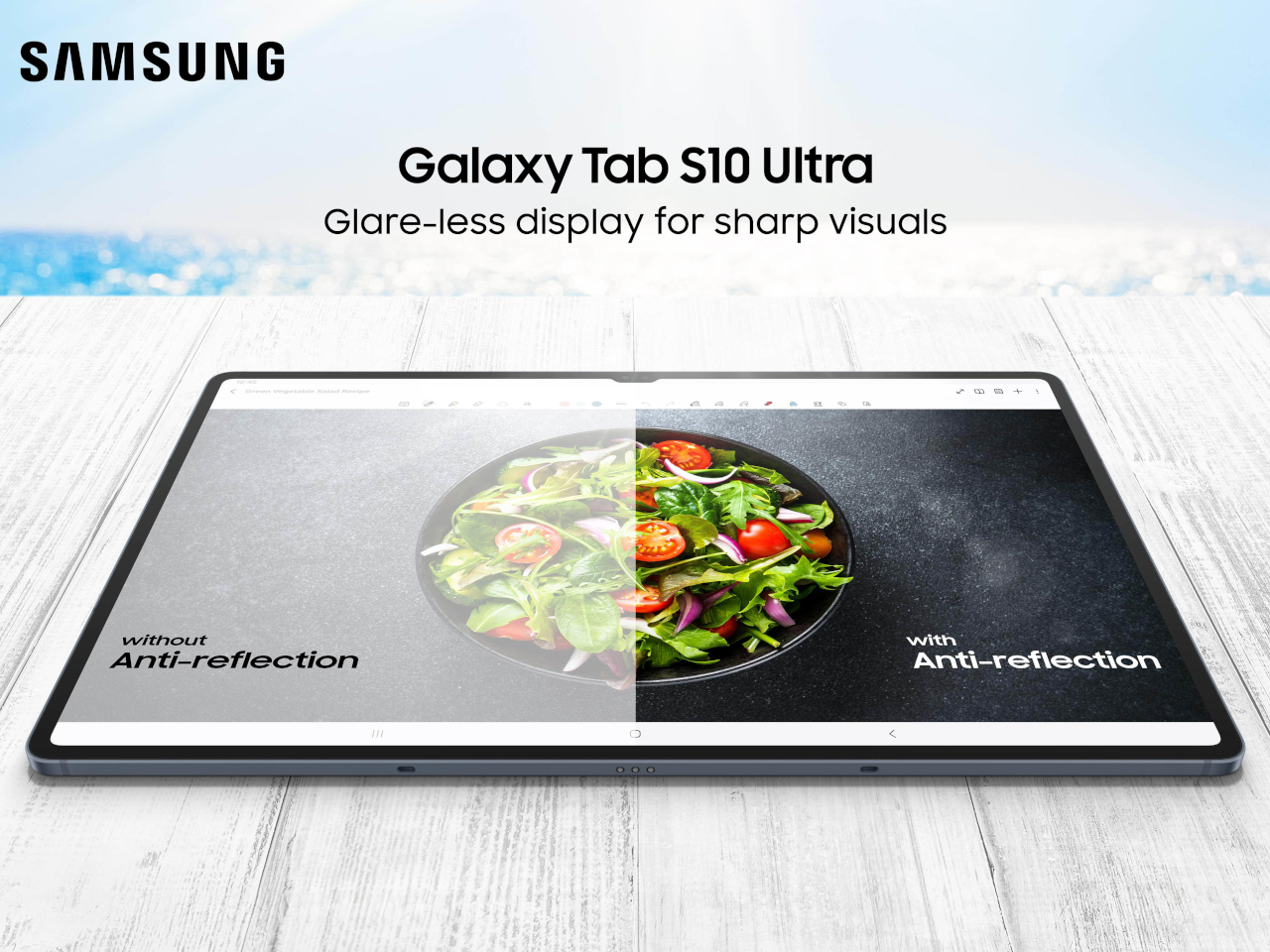
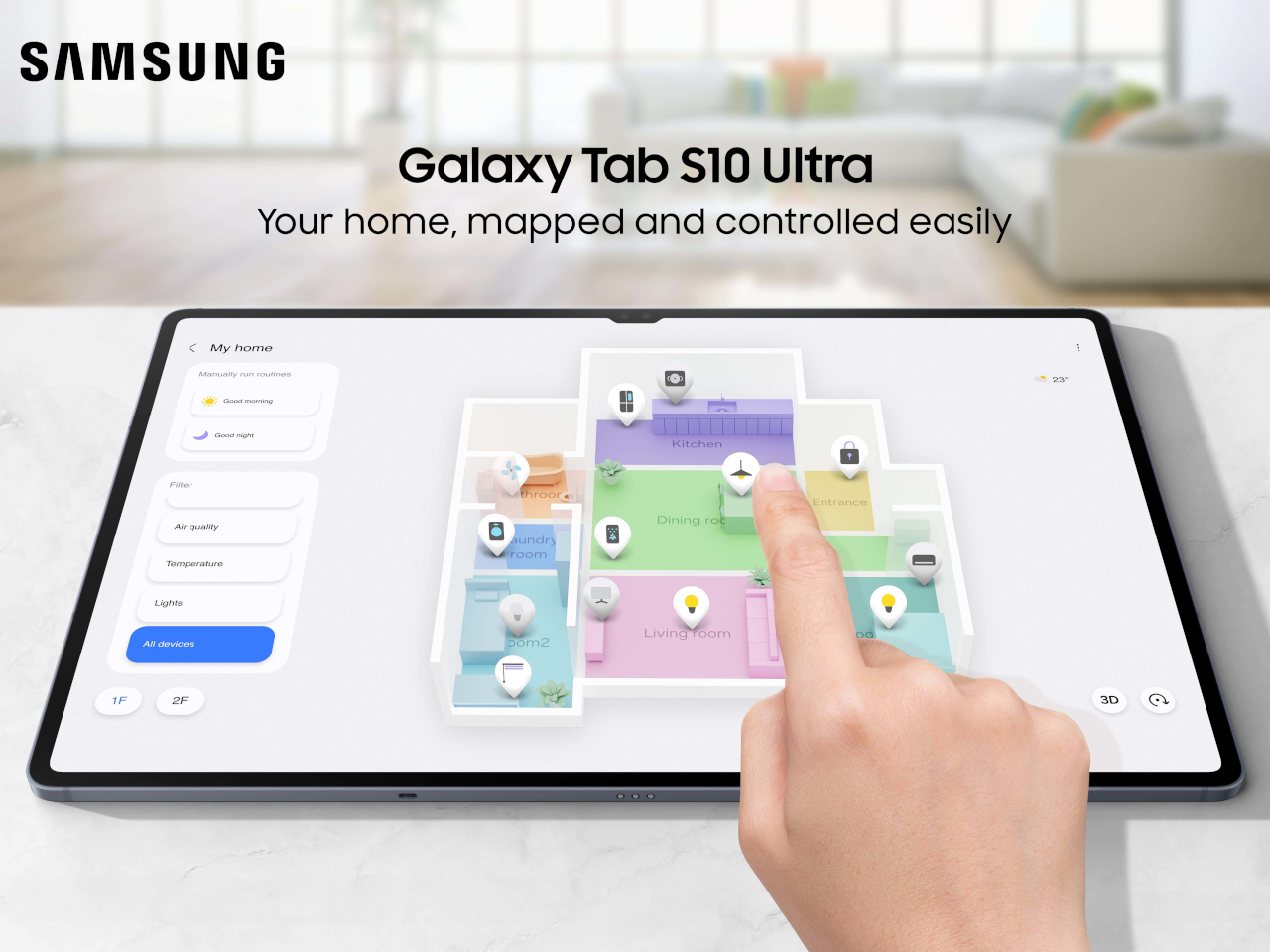
The post Galaxy Tab S10 Ultra tablet puts AI on an extra-large 14-inch screen first appeared on Yanko Design.
Ever since it relaunched the ill-fated Galaxy Note 7, Samsung has been launching a new “Fan Edition” S series flagship every year. The Samsung FE series is supposed to bring the most wanted features of its high-end phones down to a more affordable price tag, which means it does have to cut some corners to reach that price point. Cameras and battery life have always been the main focus of the Galaxy FE phones, but this year brings an unsurprising addition to that set. With the Galaxy S24 FE, Samsung is making an even bigger push for its Galaxy AI suite, trying to push it to more people with a handset that won’t kill their budget too much.
Designer: Samsung
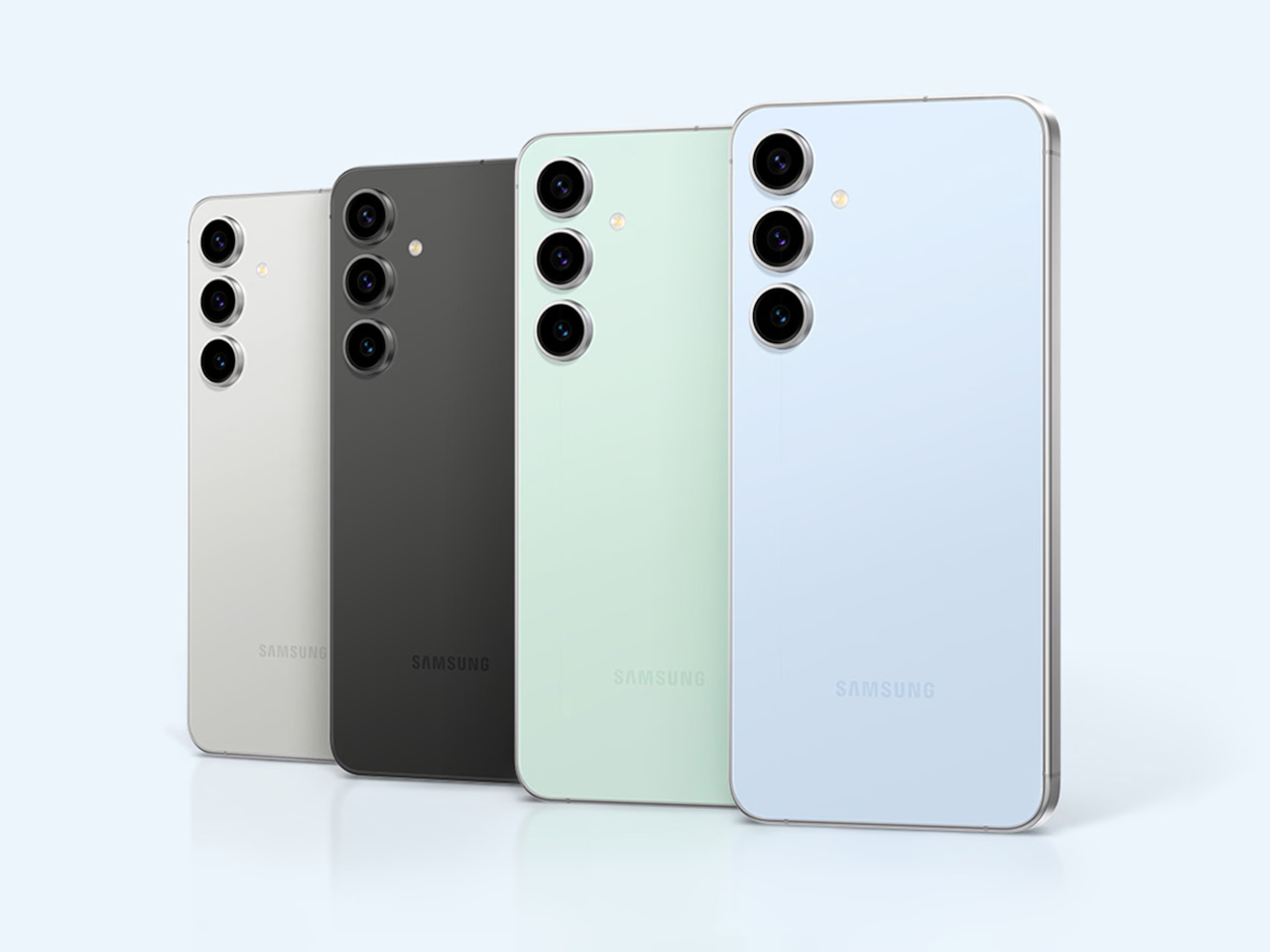
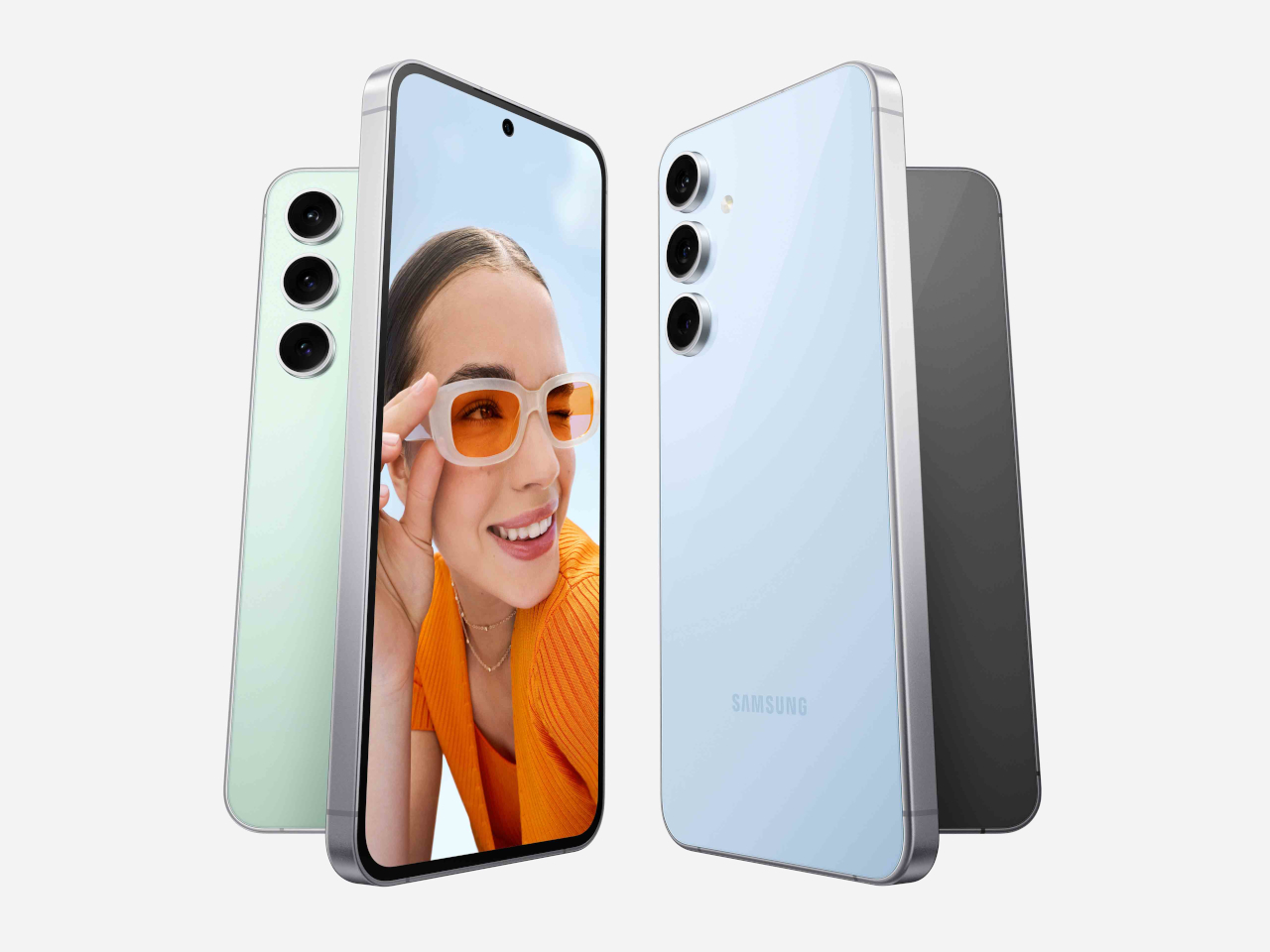
In terms of design, the Galaxy S24 FE strangely stands in between the Galaxy S24+ and the Galaxy S24 Ultra. It has an unapologetically large 6.7-inch screen, but its actual size is made even bigger by the wider bezels you won’t see on the more premium Galaxy S24 series. It does at least have the same elegant minimalist design as the Galaxy S24 and Galaxy S24+ with its rounded corners, flat edges, and flat front and back.

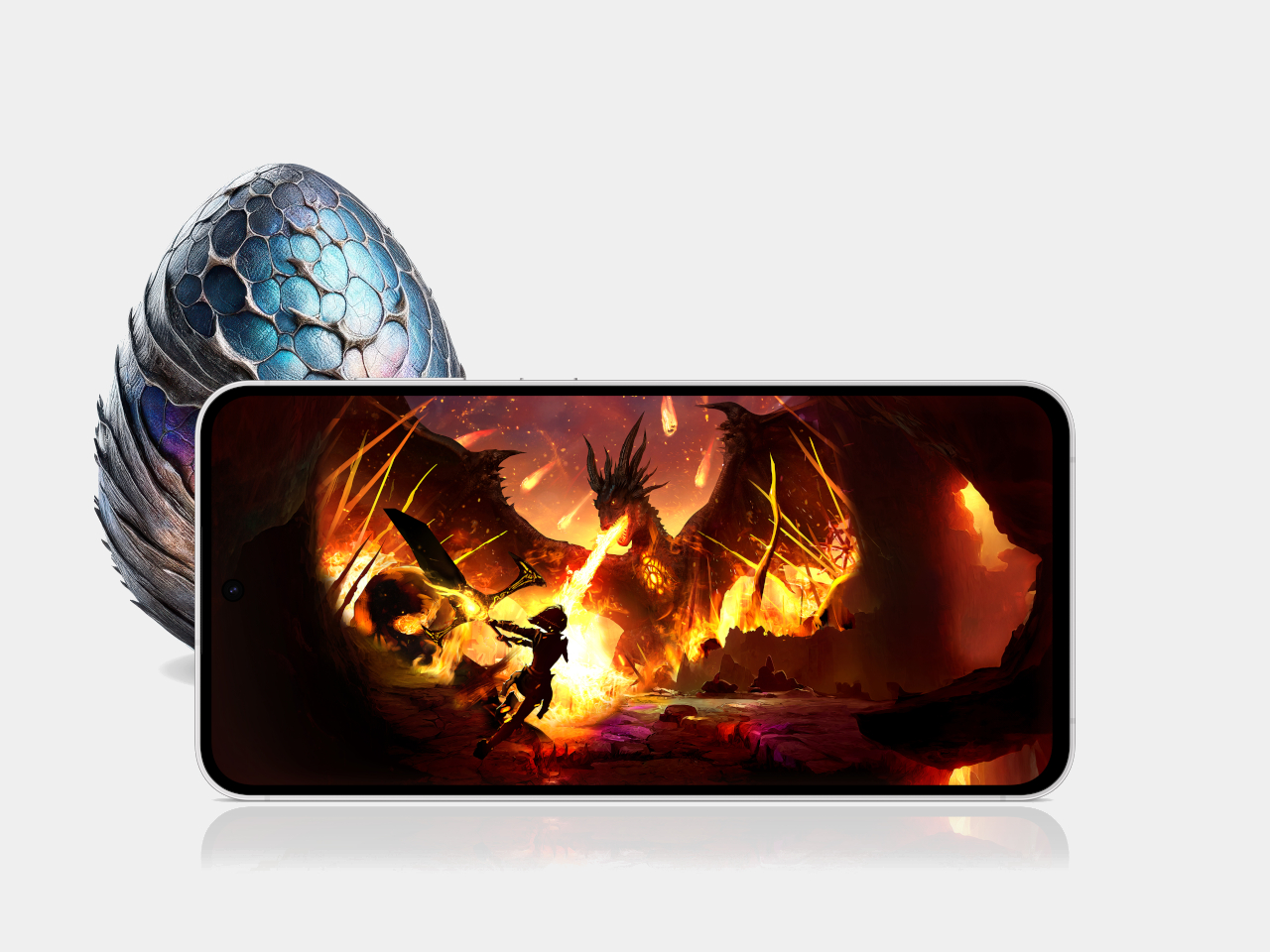
Of course, the “Fan Edition” phones come with plenty of compromises if you compare them to the standard flagship. In this particular case, the Galaxy S24 FE has a slightly dimmer screen that has fixed refresh rates of either 60Hz or 120Hz only, an underclocked mid-range Exynos 2400e processor, and only 8GB of RAM. That said, it does have a larger 4,700mAh battery compared to the 4,000mAh battery on the Galaxy S24, and it has almost similar 50MP main and 12MP ultra-wide cameras. The 3x telephoto camera, however, only has an 8MP sensor.


Unsurprisingly, a lot of the focus in this release is on Galaxy AI and the features that it enables. Those include retouching photos, making amusing compositions, and of course, Circle to Search with Google. Hopefully, the phone’s modest specs will be able to catch up with the demanding AI features without making the phone too hot to handle.
What is surprising is that Samsung is making the same support commitment it made with its more expensive phones, namely seven generations of OS upgrades and seven years of security updates. The phone also uses some materials made from recycled plastics, aluminum, glass, and rare earth metals, which is pretty impressive for a “cheaper” variant of a flagship phone. All of these come with a $649.99 price tag for 128GB of storage ($709.99 for 256GB), which isn’t all that bad considering you’re getting a solid phone from a reputable brand.

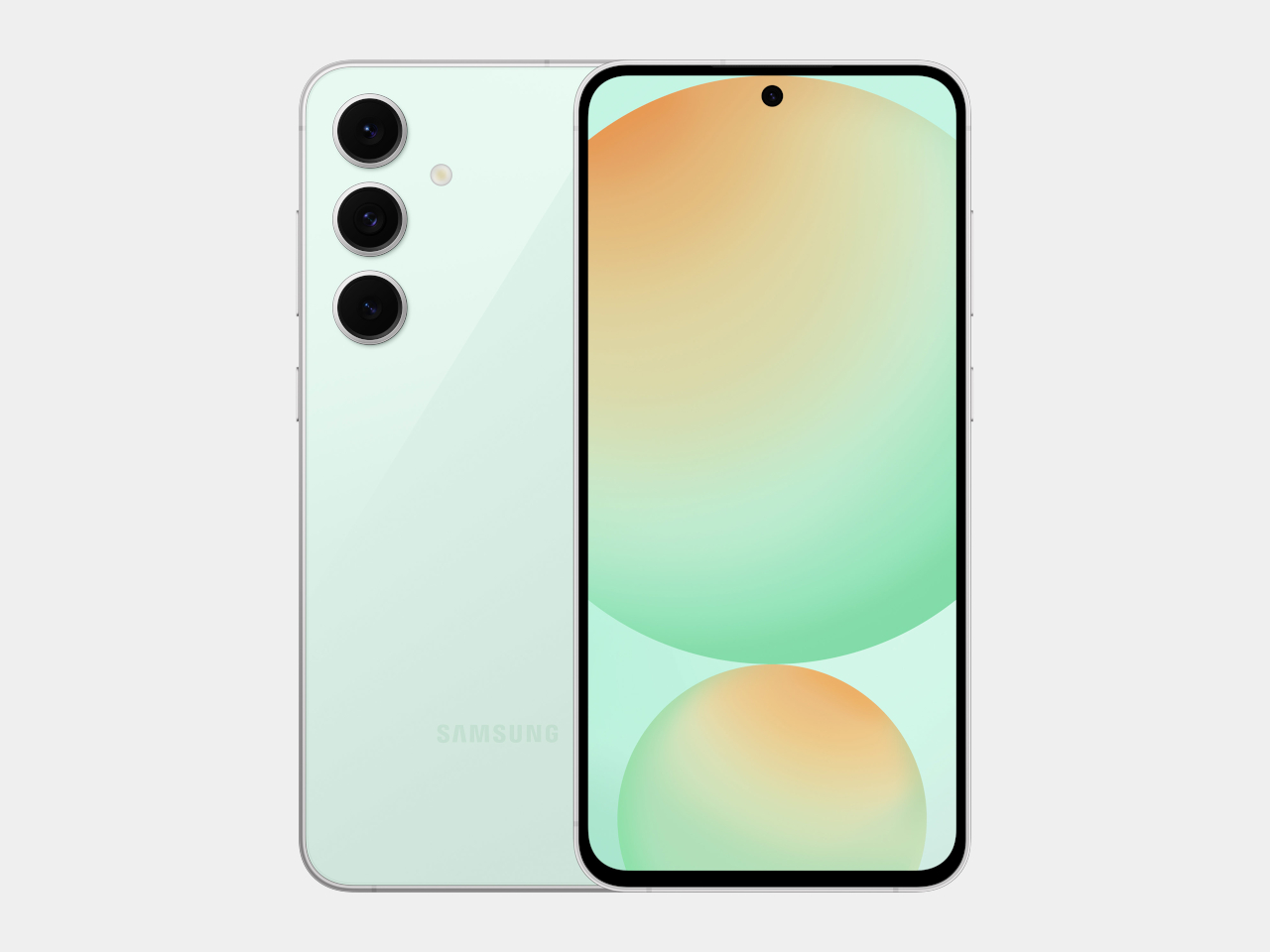
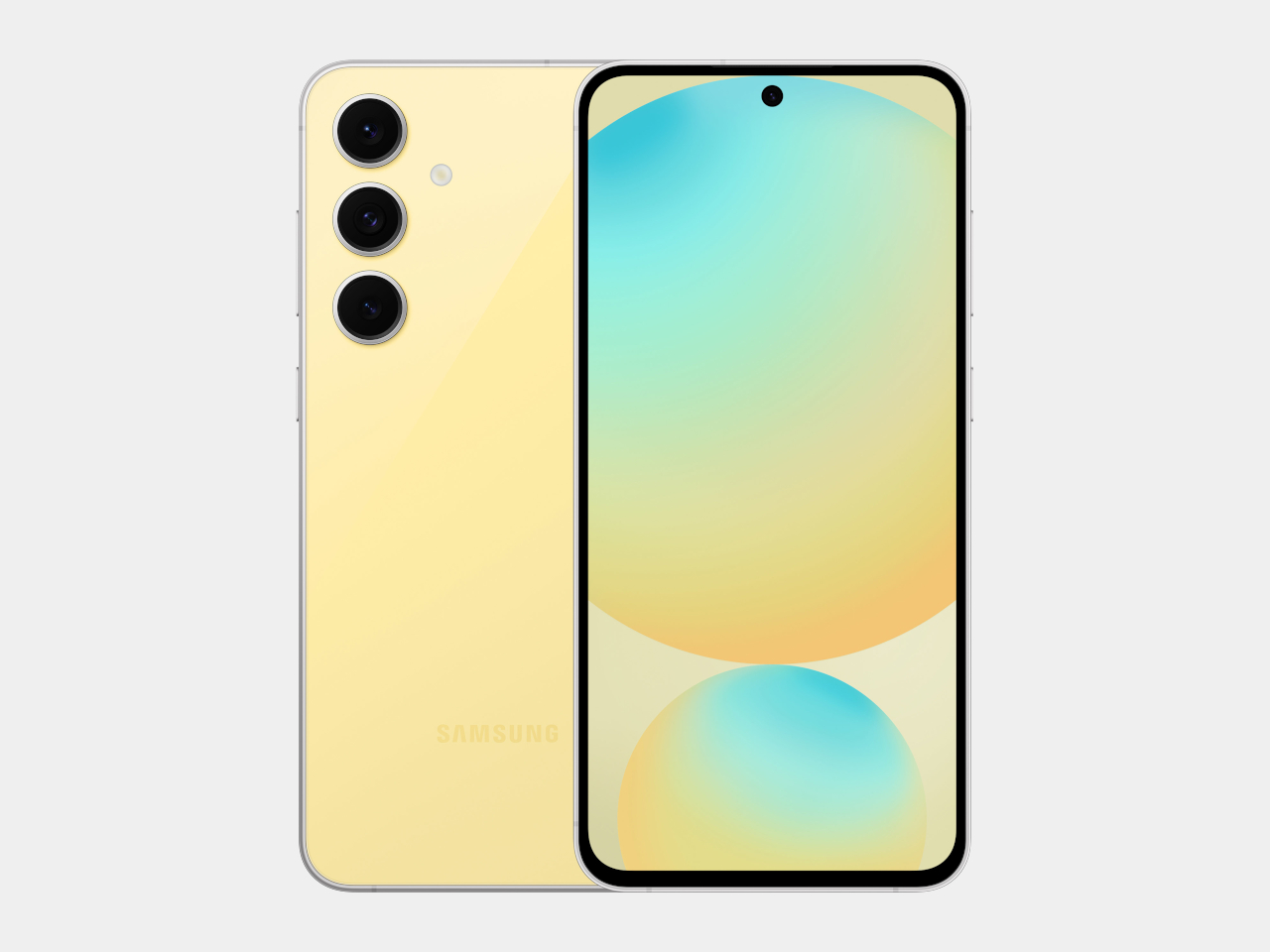
The post Galaxy S24 FE tries to make AI and minimalist design more accessible first appeared on Yanko Design.

By now, almost every major smartphone manufacturer other than Apple has launched a foldable phone. That includes even Google, who surprisingly didn’t stop at just one generation of the Pixel Fold. Of course, the ones that paved the way still have the lion’s share of that market, which means Samsung is still the leader in foldables of both the “book type” and the small clamshell design. Being first, however, doesn’t always mean you’ll end up always leading, and some have pointed out that the latest Galaxy Z Fold 6 is proof that the giant has been lagging behind. Is that the case, or are the new generation of flashy foldables setting people’s expectations instead? We put the Samsung Galaxy Z Fold 6 in our hands and give it a good turn to see if “old” is a bad thing in this case.
Designer: Samsung
Samsung has taken a lot of heat for the Galaxy Z Fold 6’s design, with some people calling it iterative and dated. Such criticisms, however, are based on the presumption that new designs are always better or that changing designs every generation is a good thing. It should be noted that Apple, which is consistently hailed for its designs, would hold on to designs for years before making changes, and even then, the changes are often very minimal or even subtle. Sometimes, it’s a sign of maturity and reliability, giving people something familiar and comforting in an ever-changing smartphone market.

Samsung Galaxy Z Fold6
It’s not that the Galaxy Z Fold 6 is unattractive. On the contrary, it looks pretty elegant, distinguished, and refined. The most significant visual changes include the sharper corners, a larger and wider Cover Screen, and thinner bezels around the displays. Together with the flat edges from the last generation’s design, the Galaxy Z Fold 6 looks more similar to the Galaxy S24 Ultra, also launched this year. Samsung has ensured that its design DNA isn’t lost across devices, increasing the holding power of its brand, at least for this year.
The Galaxy Z Fold 6 embraces a more minimalist design language in stark contrast to almost every other foldable phone in the market today. That’s probably best seen in the triple camera setup on the back of the device, just three small equal-sized circles on a discreet pill-shaped island. Of course, there’s a cost to pay for that compact design, which we’ll get to later, but it’s hard to deny the appeal of such an aesthetic compared to the more obnoxious discs and blocks protruding from the backs of other foldable phones.
Ultimately, you get an elegant and premium-looking design that isn’t so far removed from the Galaxy S24 series, especially the Galaxy S24 Ultra. Is it iterative? Sure, but that in itself isn’t always a negative. Samsung made a few discernible changes but kept the overall language the same over the years. It might be exciting to see what new designs other brands will cook up next, but that novelty can fade quickly, leaving you with a design that might be a bit eye-catching at first but becomes more of an eye-sore in the long run.
If there’s one major flaw in Samsung’s Galaxy Fold design, it would be the narrow and tall external screen. That made it awkward and even uncomfortable to use the foldable phone when folded, which pretty much defeated the purpose of having a screen there in the first place. Although not in the same vein as the Google Pixel Fold or the OnePlus Open, Samsung may have finally fixed that problem in the Galaxy Z Fold 6, potentially making it the first usable iteration of its line.
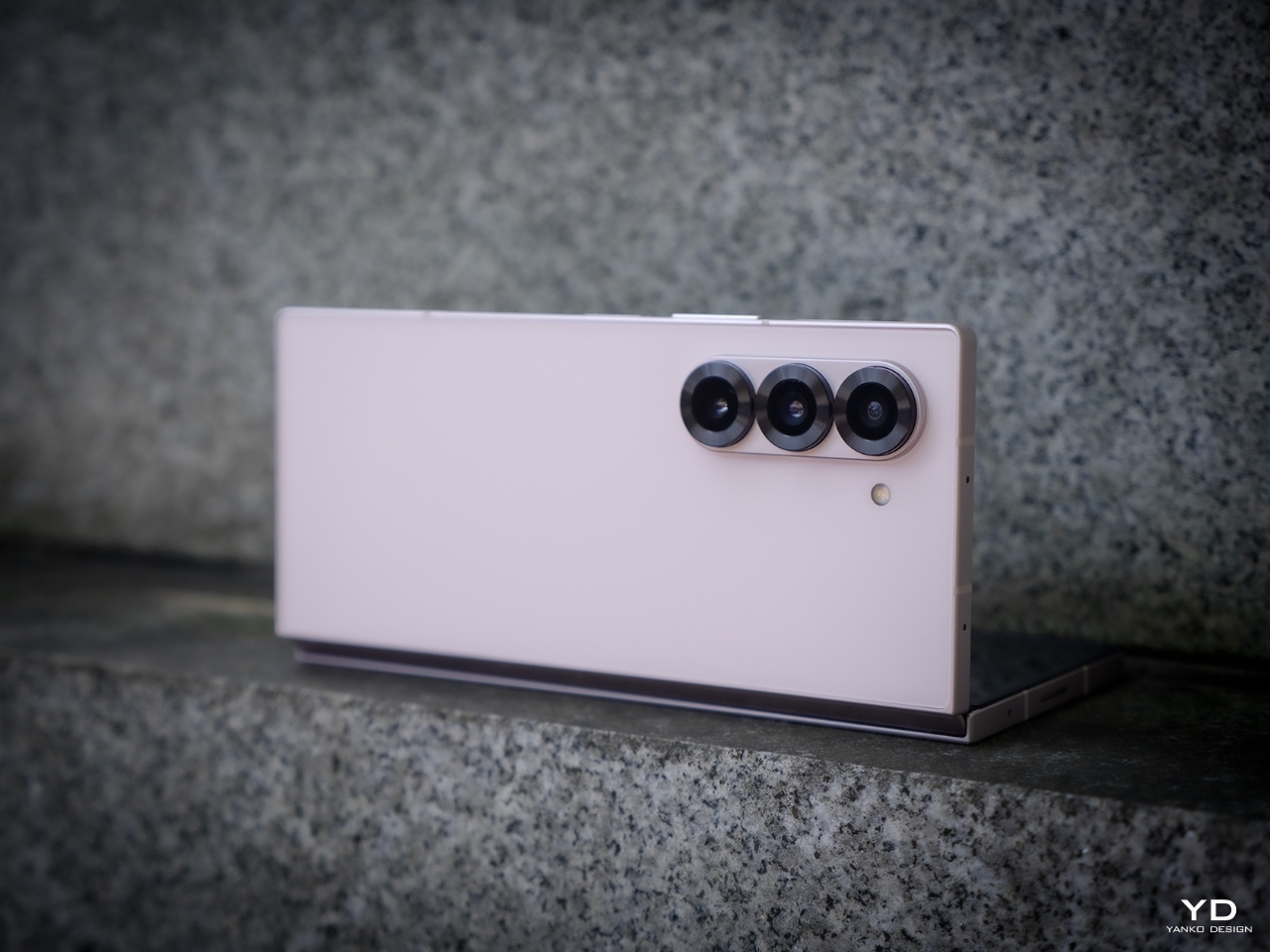
The larger 6.3-inch Cover Screen now covers a wider area, partly thanks to the reduction of bezels around it and partly thanks to sharpening the corners. Together with the overall lighter body and flat edges, the Galaxy Z Fold 6 is easier to hold and use as a phone. It’s still narrower than a regular smartphone, but not by much anymore. Samsung may have finally reached a good compromise in this design that works when the phone is closed and when it’s open.
Of course, using the Galaxy Z Fold 6 as a mini tablet is still a pleasure, even more so now. It now looks and feels more like a very colorful e-book reader, especially with its squarish shape. Although the screen size remains the same compared to last year’s model, reducing bezels and flat edges gives it an edge (pun intended) when handling the device.
Like with the design, Samsung used a tried and tested formula for the Galaxy Z Fold 6’s hardware, which pretty much means top-of-the-line specs, at least for the most part. The Qualcomm Snapdragon 8 Gen 3 is still the undisputed smartphone performance king outside of Apple’s kingdom, and the 12GB of RAM, though modest by today’s standards, is still decent, especially with some RAM Plus extension.
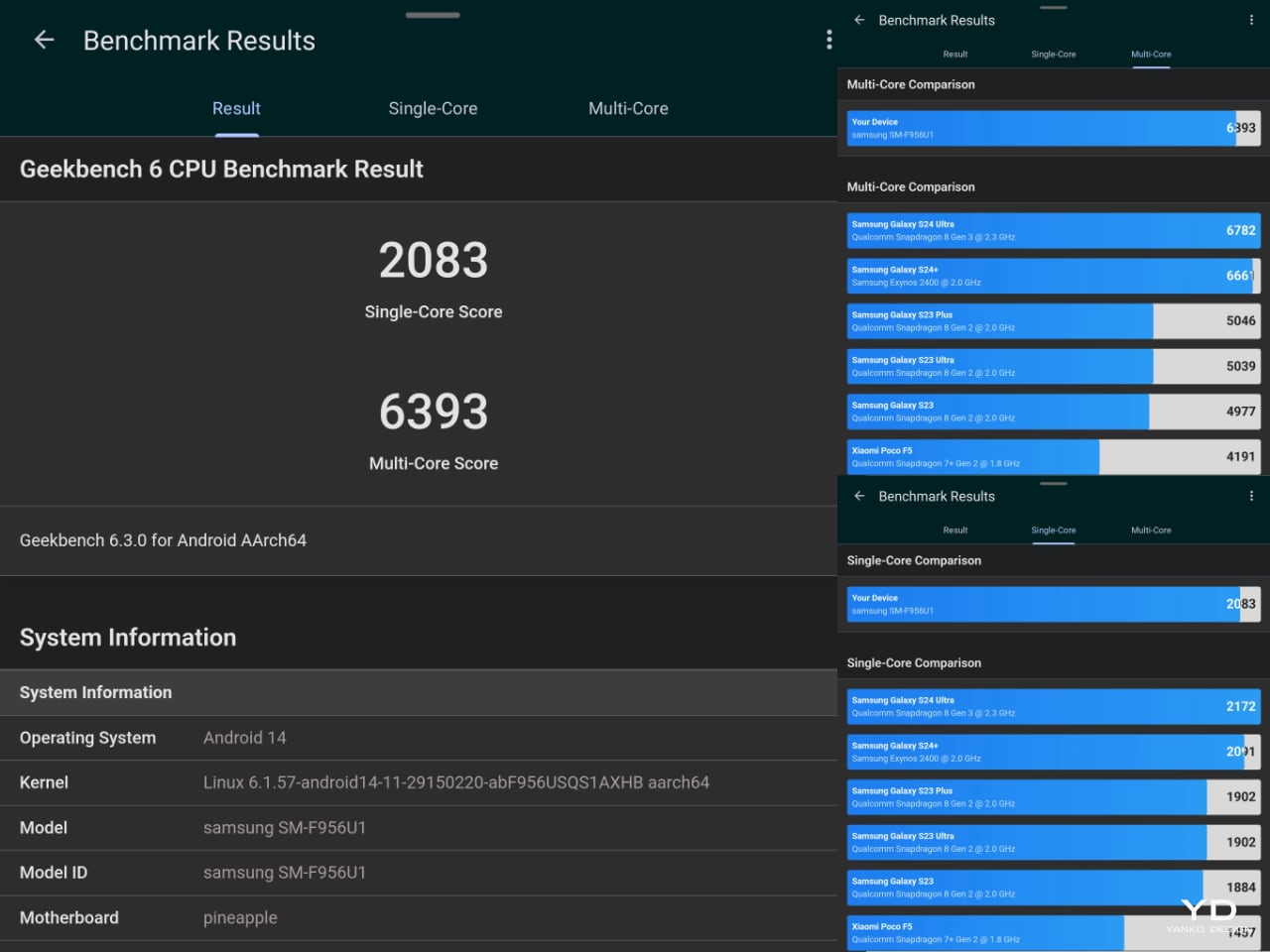
The external screen is just as bright and vibrant as ever, just now even larger than before. The internal 7.6-inch screen might not seem to have changed much until you realize you haven’t been noticing the crease as much. It’s still there if you look for it, but it has even less of a telling presence this year. With powerful silicon and gorgeous screens, the Galaxy Z Fold 6 never comes up short in performance, whether watching videos, playing games, or simply scrolling through social media. Of course, that includes AI features, though these still feel a bit more gimmicky and entertaining rather than practical for everyday use.
That said, hardware is also one area where the criticism of Samsung’s iterative approach holds the most water. As mentioned, 12GB of RAM, while usable, is pretty tight and frugal these days. Samsung has also been using the same 4,400mAh battery and the same 25W “quick” charging since the Galaxy Z Fold 3 in 2021. The latter is probably a compromise to keep the Galaxy Z Fold 6 almost as light as a regular non-foldable phone, but its age definitely starts to show.
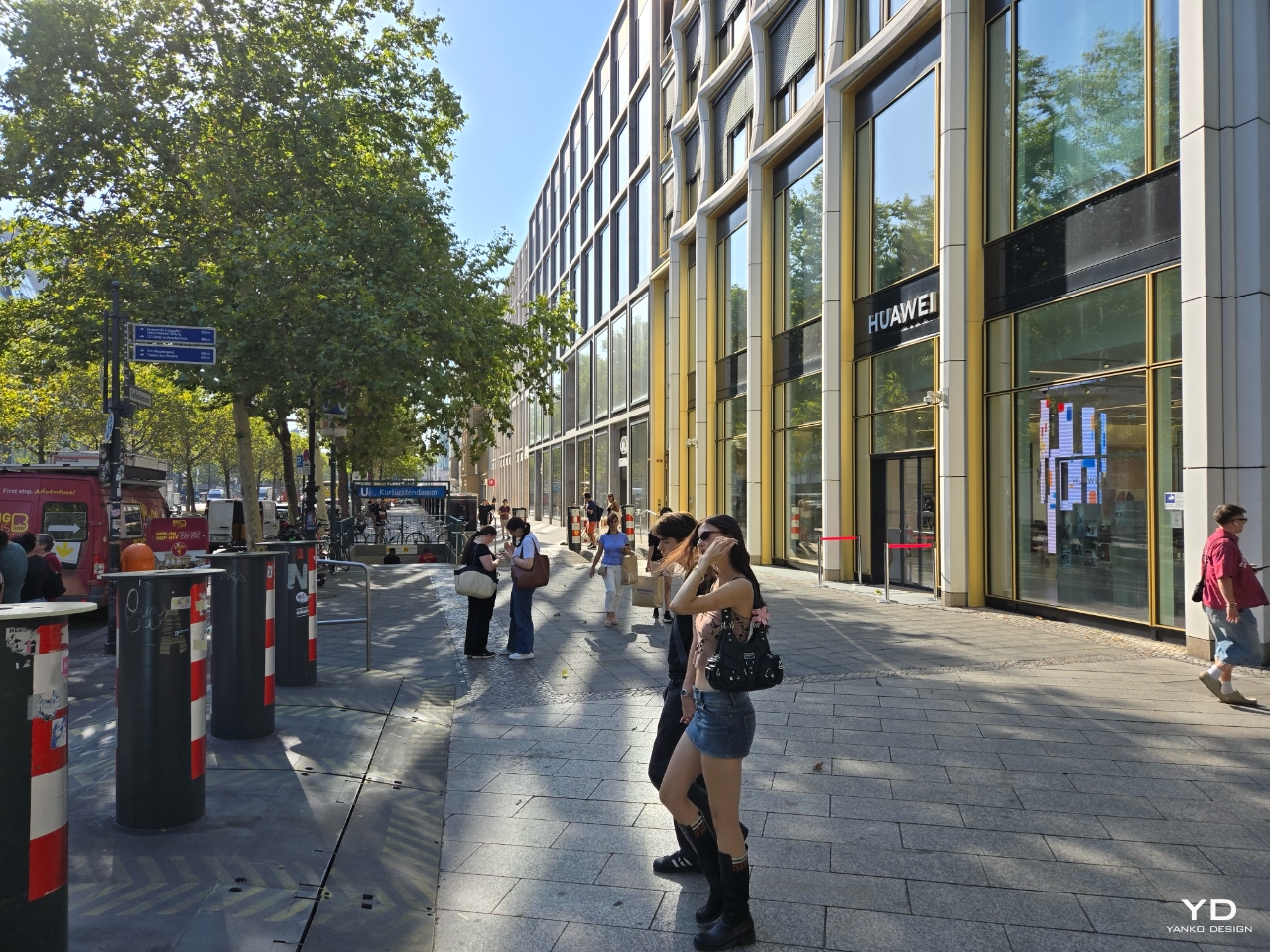

Perhaps the biggest point of contention for Samsung’s 2024 foldable is the camera system, which has remained virtually unchanged since 2022. On the back, you have a 50MP main camera, a 10MP telephoto with 3x optical zoom, and a 12MP ultra-wide shooter, perhaps the only significant upgrade to this year’s foldable. On the external screen, you get the same 10MP front-facing camera, and inside is the same dismal 4MP under-display camera. It’s pretty much the same formula, so you’re getting almost the same results, which, fortunately, isn’t all that bad.



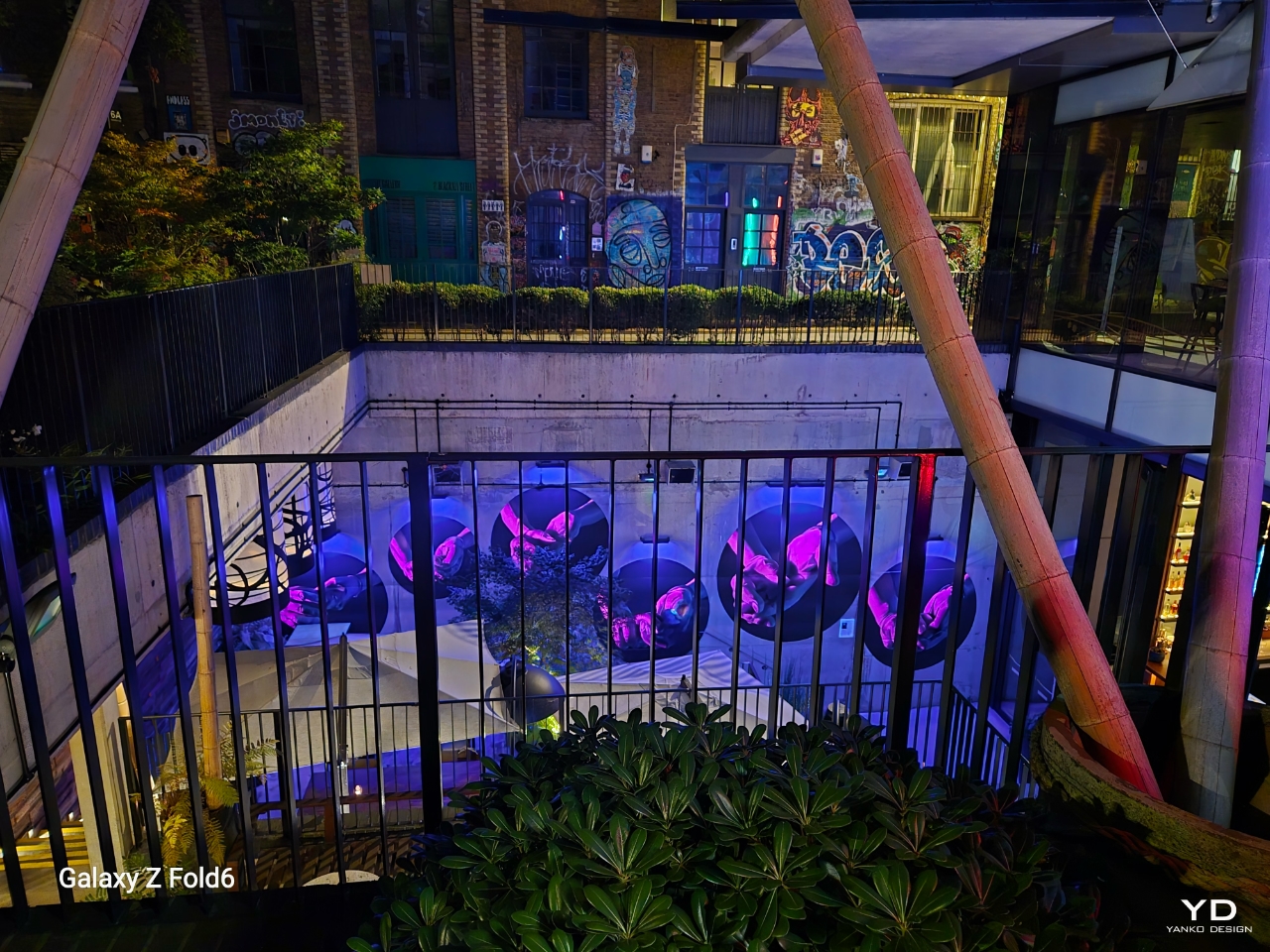
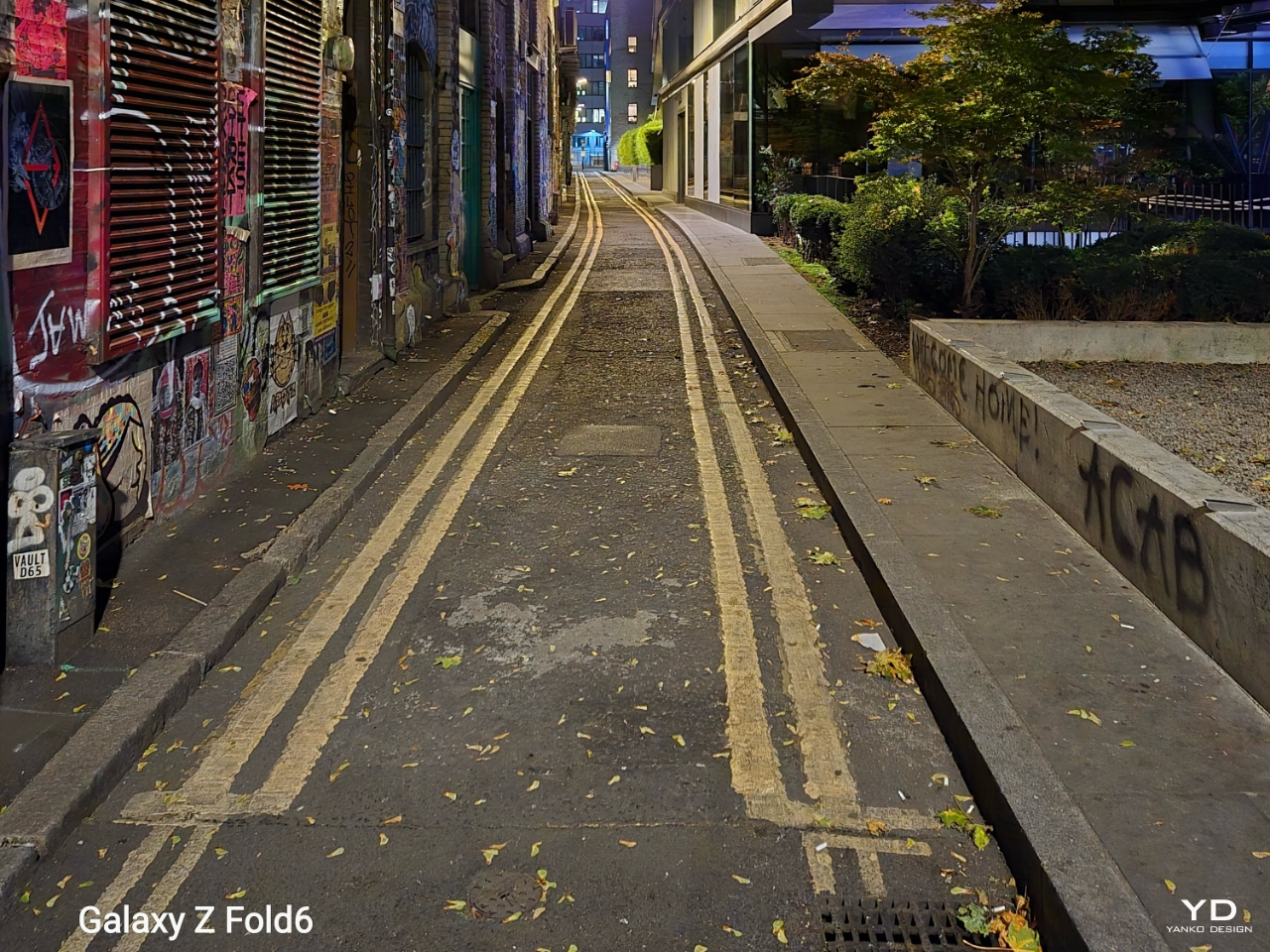
To be clear, the Galaxy Z Fold 6 still takes great photos, but it is lagging behind even its own cousins in this department. Samsung may be trying to pull an Apple in doing more with less, using computational photography and AI to compensate for hardware deficiencies, but those can only do so much. You definitely get plenty of detail, a wider dynamic range, and accurate colors, especially with sufficient lighting, and the new ultra-wide camera also takes brighter photos. Regardless, given its price tag, you’d probably expect a bit more than “decent.” In other words, you are not paying for the cameras or the photography experience.

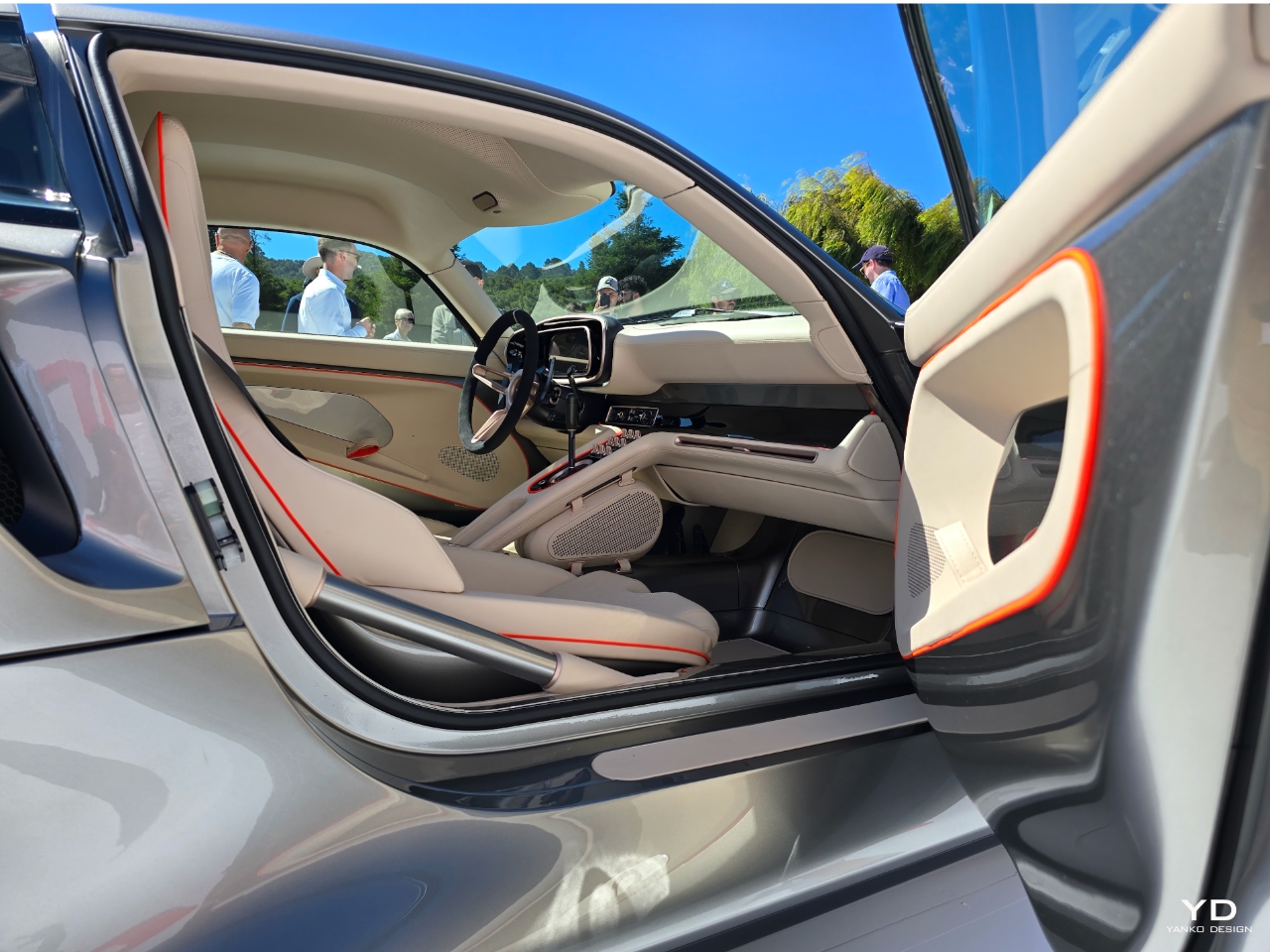
As one of the world’s biggest smartphone manufacturers, Samsung has a big responsibility to help keep the planet alive for future generations. Thankfully, it takes that responsibility quite seriously, and every year, we see it take steps on multiple fronts to ensure its phones become sustainable parts of modern life. This year’s foldable includes plenty of recycled materials, including plastic, glass, aluminum, cobalt, and rare earth metals. For the first time in a Galaxy phone, the Galaxy Z Fold 6 includes recycled gold and copper components.
Samsung is also doing its part to make the rather pricey foldable phone last as long as possible through improved durability and software support. The Galaxy Z Fold 6 is the first of its kind to achieve an IP48 rating, a significant improvement over its predecessors’ IPX8 rating. Samsung also promises seven OS upgrades and seven years of security updates, ensuring that this expensive investment won’t become obsolete quickly, especially considering how its cameras are already on the old side at this point.
The Galaxy Z Fold 6 might not have mind-blowing cameras or an eye-popping design, but it offers plenty of features that matter. It is one of the extremely few that supports an active stylus with pressure sensitivity and one of an even smaller group of phones with a desktop mode that makes you feel like you’re using an Android PC. With solid performance and a stylish minimalist design, what’s not to love?
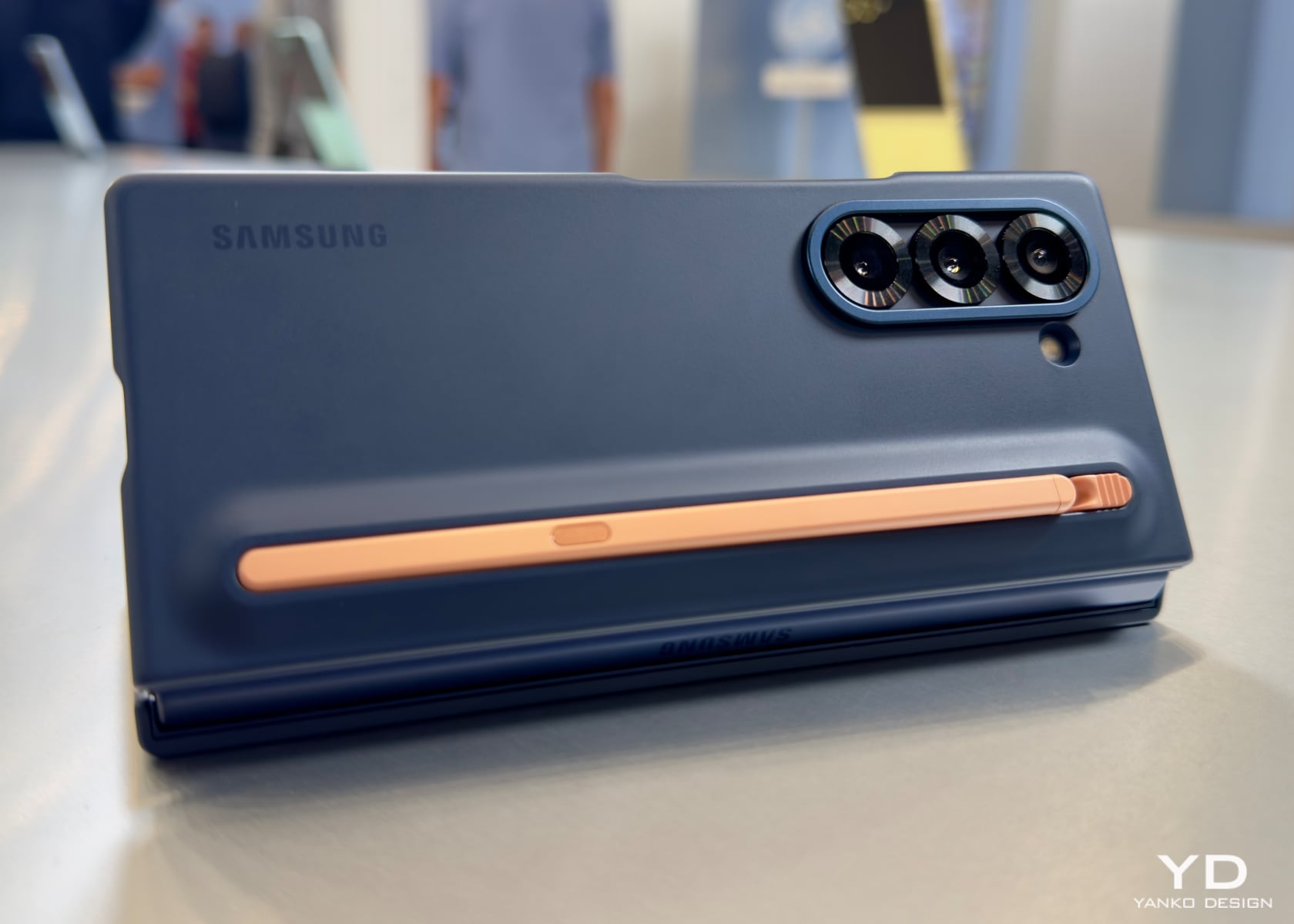
Most definitely, the price amounts to $1,900 for a paltry 256GB of storage. That’s not only the most expensive “normal” foldable in the market today, but it’s even strangely $100 higher than the Galaxy Z Fold 5 when it launched last year. With few upgrades and changes, you’d be forgiven for scratching your head at Samsung’s decision. At that price point, you’d expect a little bit more, maybe a bit more battery, a bit more RAM, or better yet, a bit more camera prowess. Fortunately, the Galaxy Z Fold 6 is made to last, though that still makes it feel more like a luxury item than a consumer product, which could be Samsung’s intention.
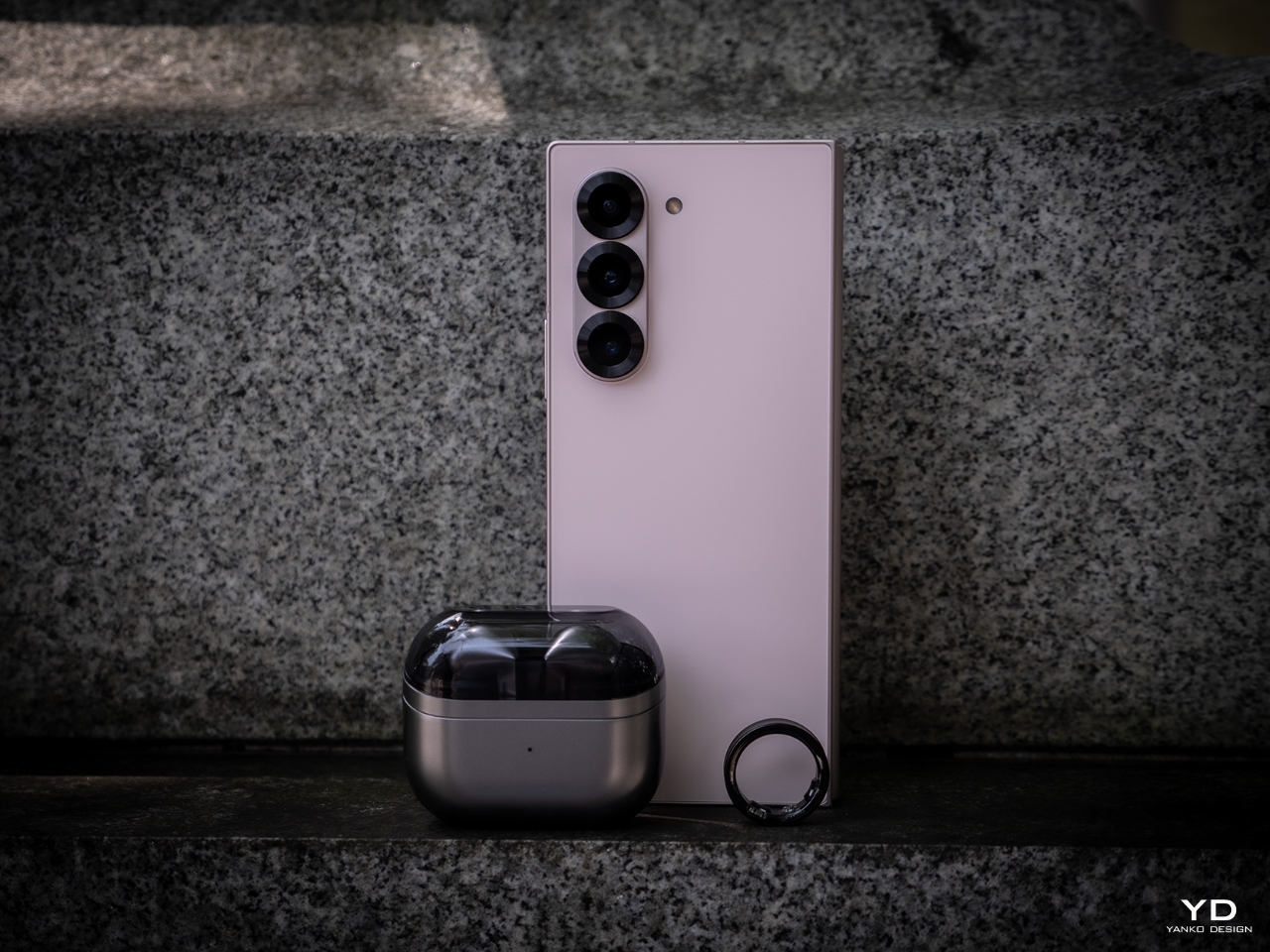
The fast-paced dynamics of the smartphone market have trained our brains to look for new things every year, whether it’s a new design, new hardware, or a new feature. Newer doesn’t always mean better, and the Galaxy Z Fold 6 is proof of that. It has a classic design focuses on the essentials and leaves out all the fluff, creating an aesthetic that is as luxurious as its price tag. Yes, we wish Samsung had delivered more, especially regarding the cameras, but that also has trade-offs for design and usability. In the final analysis, Samsung wisely picked its battles to deliver a foldable phone with an elegant design and a solid set of features you can rely on for years to come.
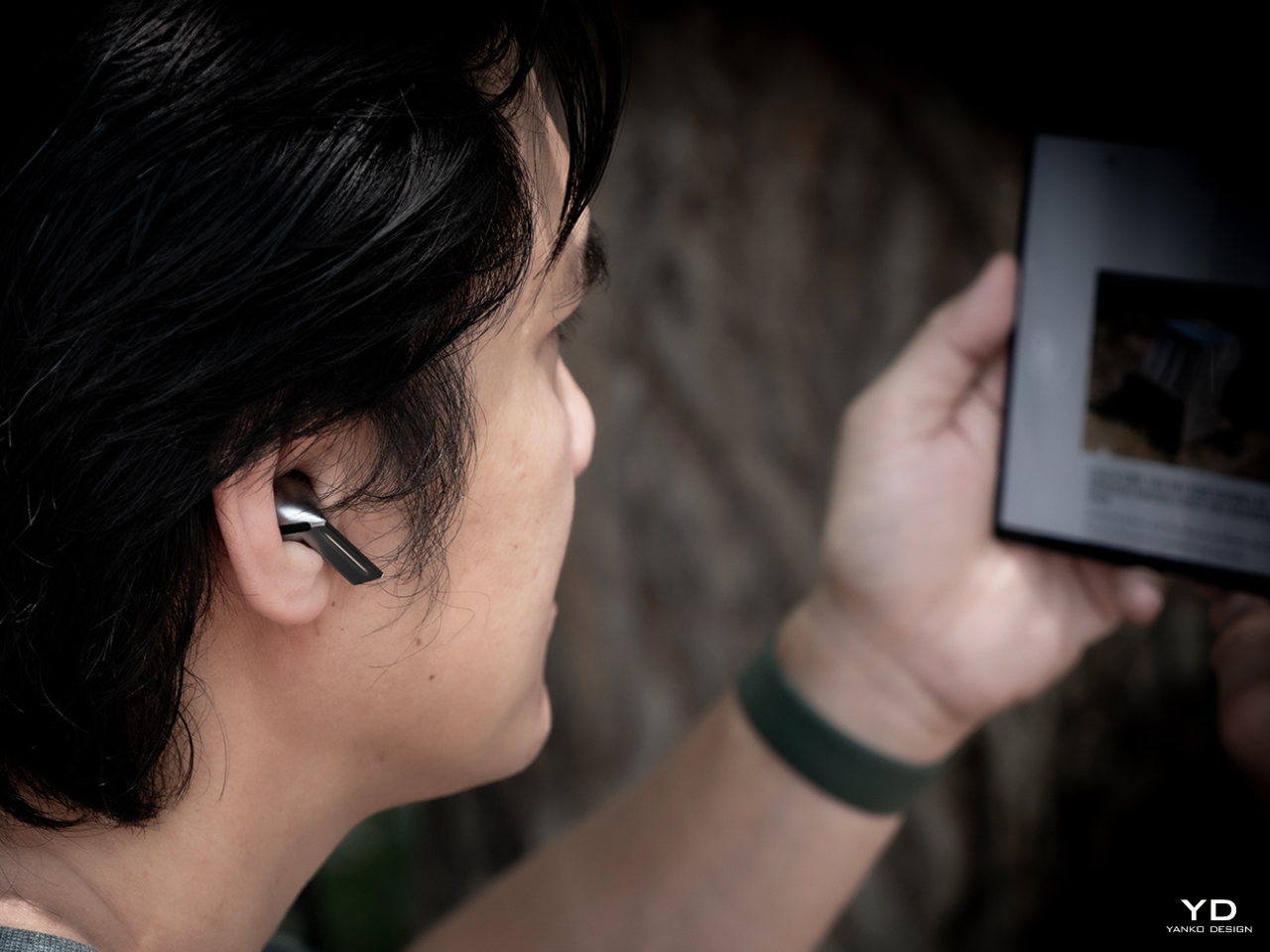
The post Samsung Galaxy Z Fold 6 Review: Tried and Tested Design You Can Trust first appeared on Yanko Design.
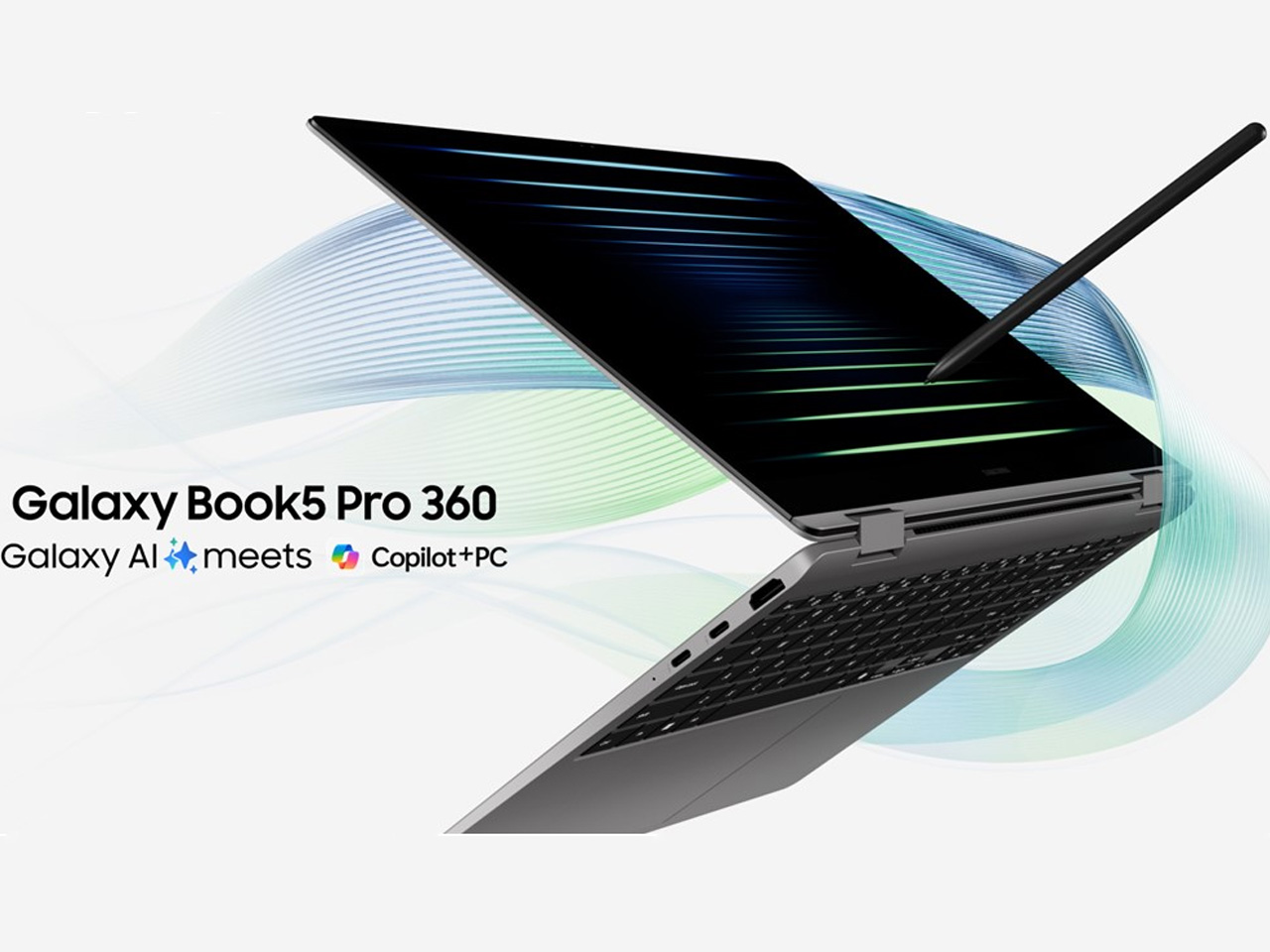
Come IFA 2024 and the race for the next generation Copilot+ PCs has kicked off. While Asus has showcased its portfolio of technologically advanced laptops, Samsung is keeping it low-key. The South Korean tech giant has introduced its debut entrant – Galaxy Book5 Pro 360 – into the Copilot+ PCs arena through a blog post.
Why has Samsung refrained from showcasing the thin, lightweight, and highly powerful laptop at the IFA is anybody’s guess, but from what the blog post reveals, the Book5 Pro definitely has an OLED display and a battery life to win more customers than the predecessors would have. Considering the fact that the laptop will be available only in select markets – France, Germany, the UK and the US per se – at launched later this month, the initial sales may not be clear indicators, the numbers would likely rise as and when the Galaxy Book5 Pro 360 goes on sale in other parts of the world.
Designer: Samsung
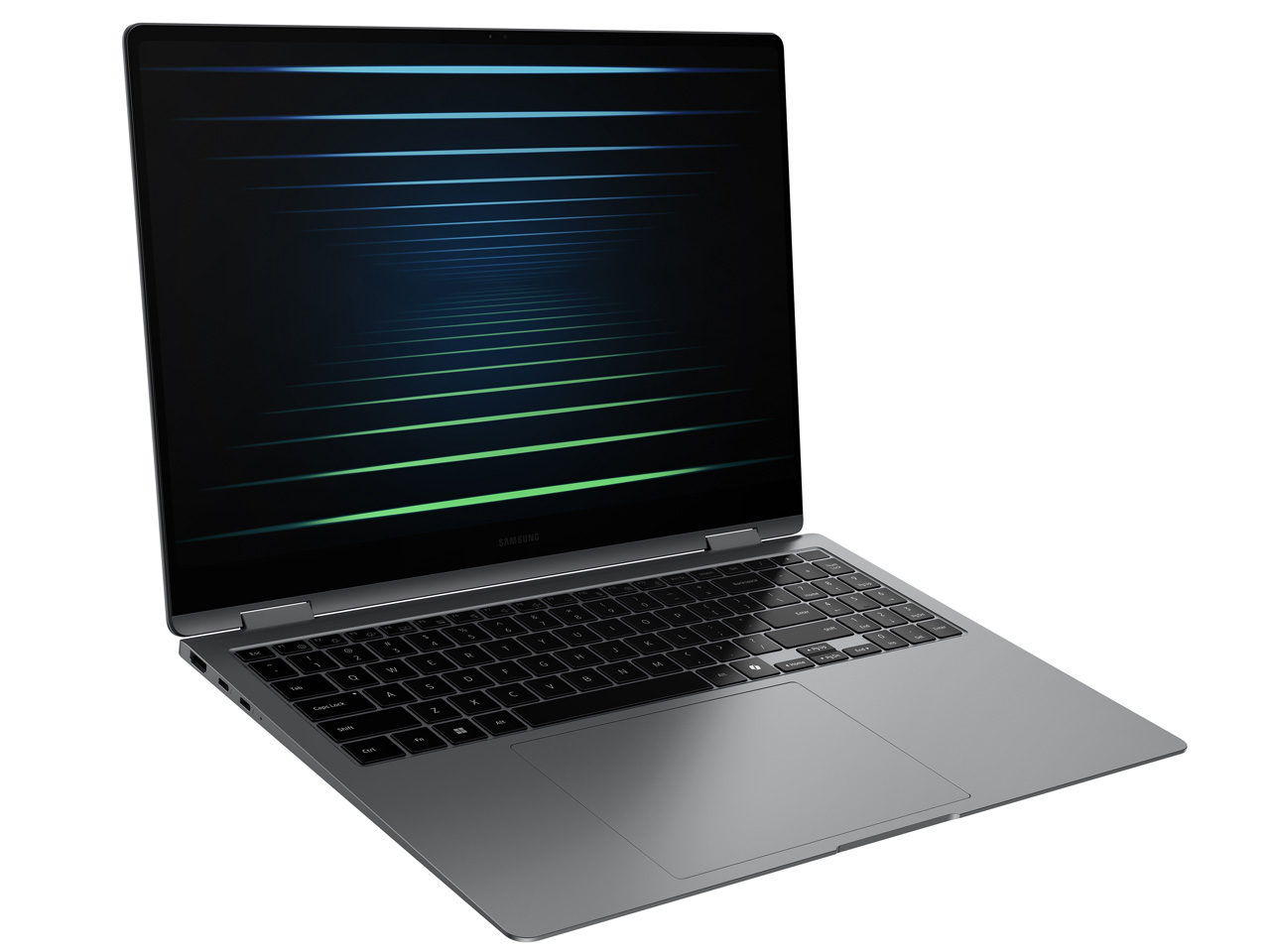
AI-focused Galaxy Book5 Pro 360 is powered by an Intel Core 7 Ultra Series 2 processor, which would provide the next level of computing prowess to this convertible laptop. Offered with a 16-inch OLED display, that can rotate a full 360 degrees, the laptop comes with an S Pen to ensure you can use it as a Windows tablet when you need it.
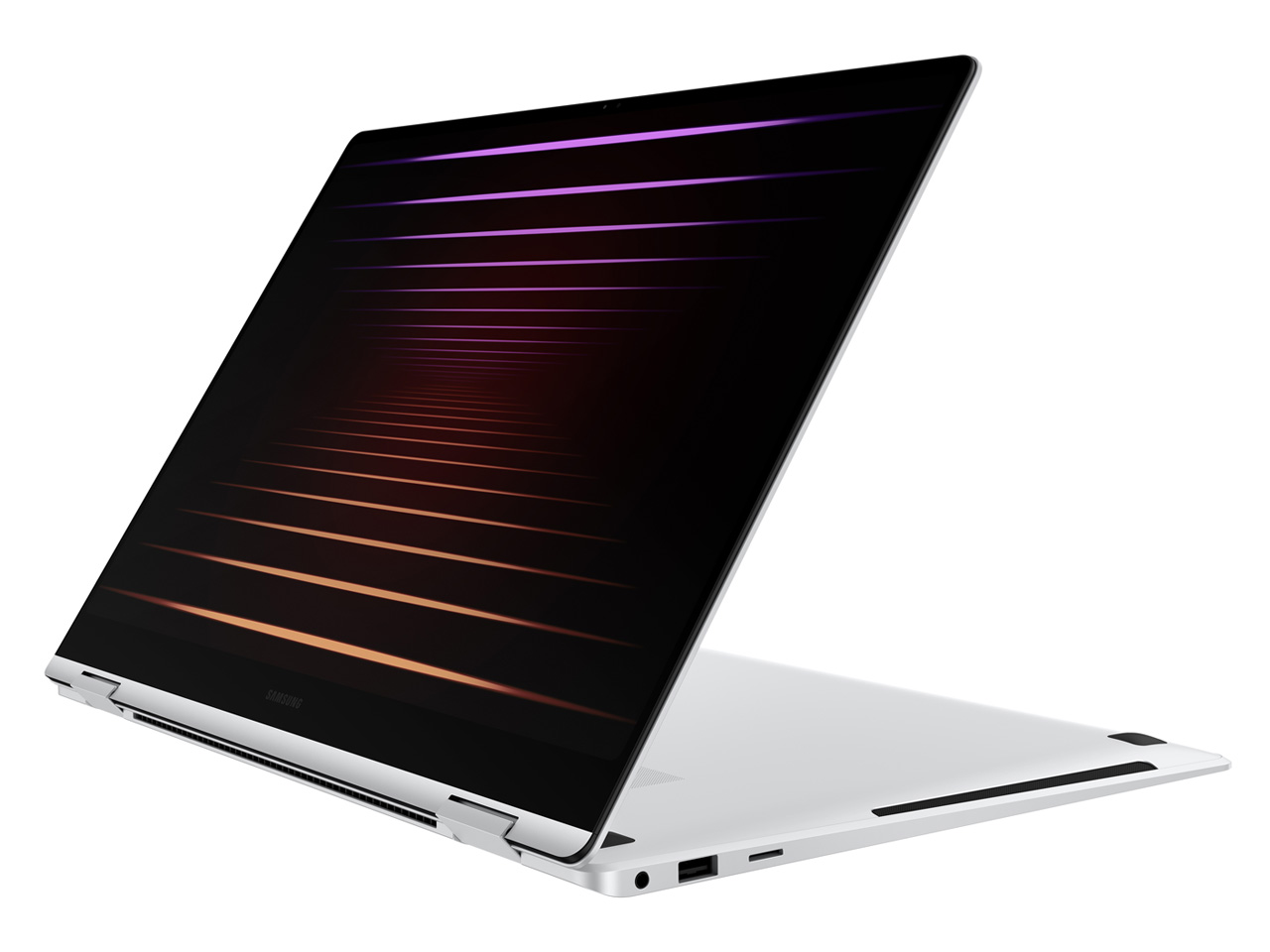
So, instead of just being a game-changing laptop, the Galaxy Book5 Pro 360, of course, is an undeniable tablet as well. Adding to it is its 10-point multi-touchscreen display that touts 3K super-resolution and 120Hz adaptive refresh rate. Despite its large 16-inch form factor, the convertible laptop weighs only 1.69kg and measures roughly 12.8mm at the thickest point.
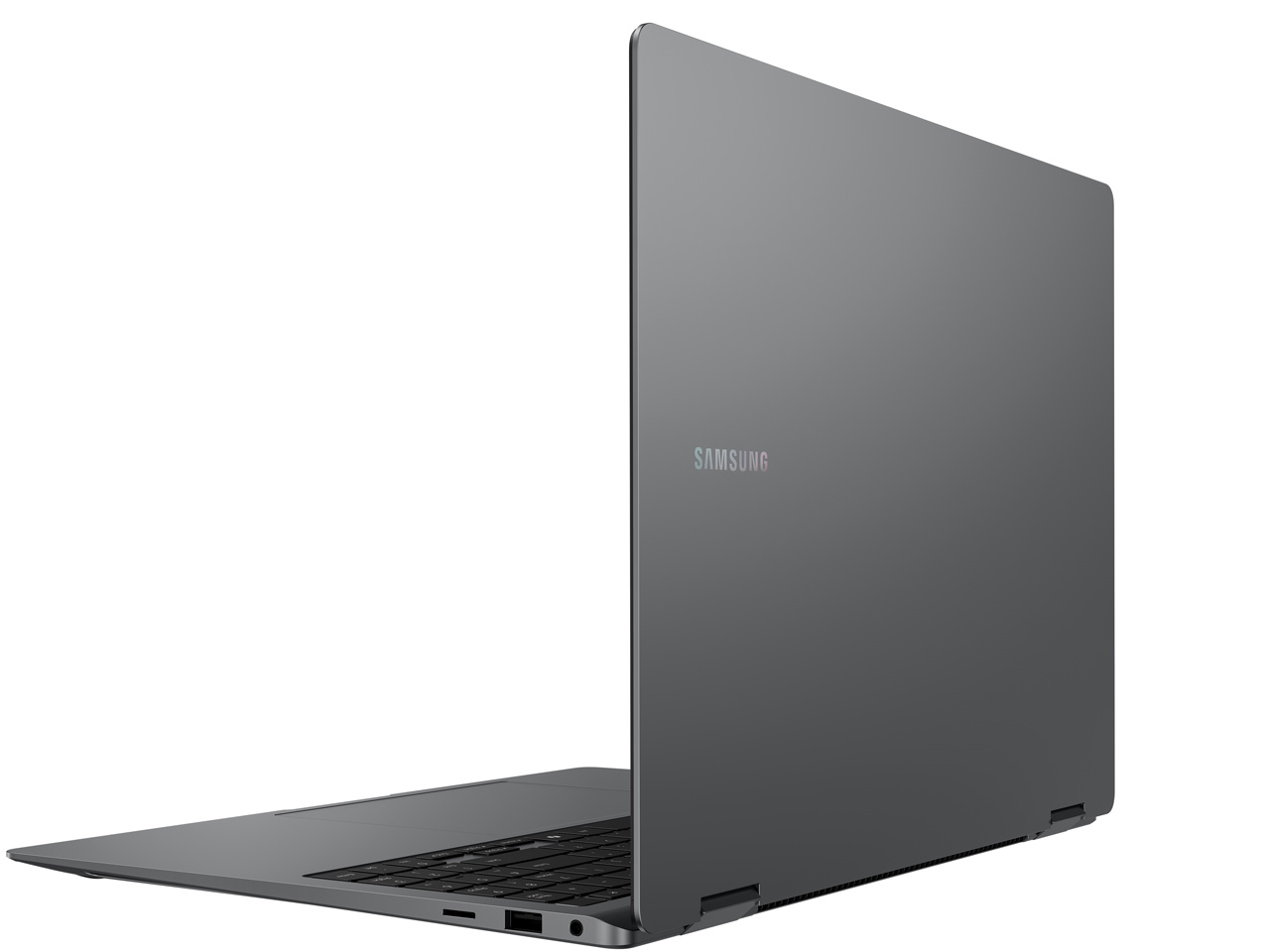
Besides the immaculate display and the incredible computing power – thanks to its 200V Lunar Lake Intel processor that provides the laptop with 47 TOPS (trillion operations per second) of NPU (neural processing unit) power, which qualifies the system for the Copilot+ PC branding – it also impresses with its battery life. Interestingly, the Book5 Pro 360 comes with a 76Wh battery that powers up using a 65W USB-C adapter and can easily last up to 25 hours of video playback blasting out through its Dolby Atmos quad speakers.
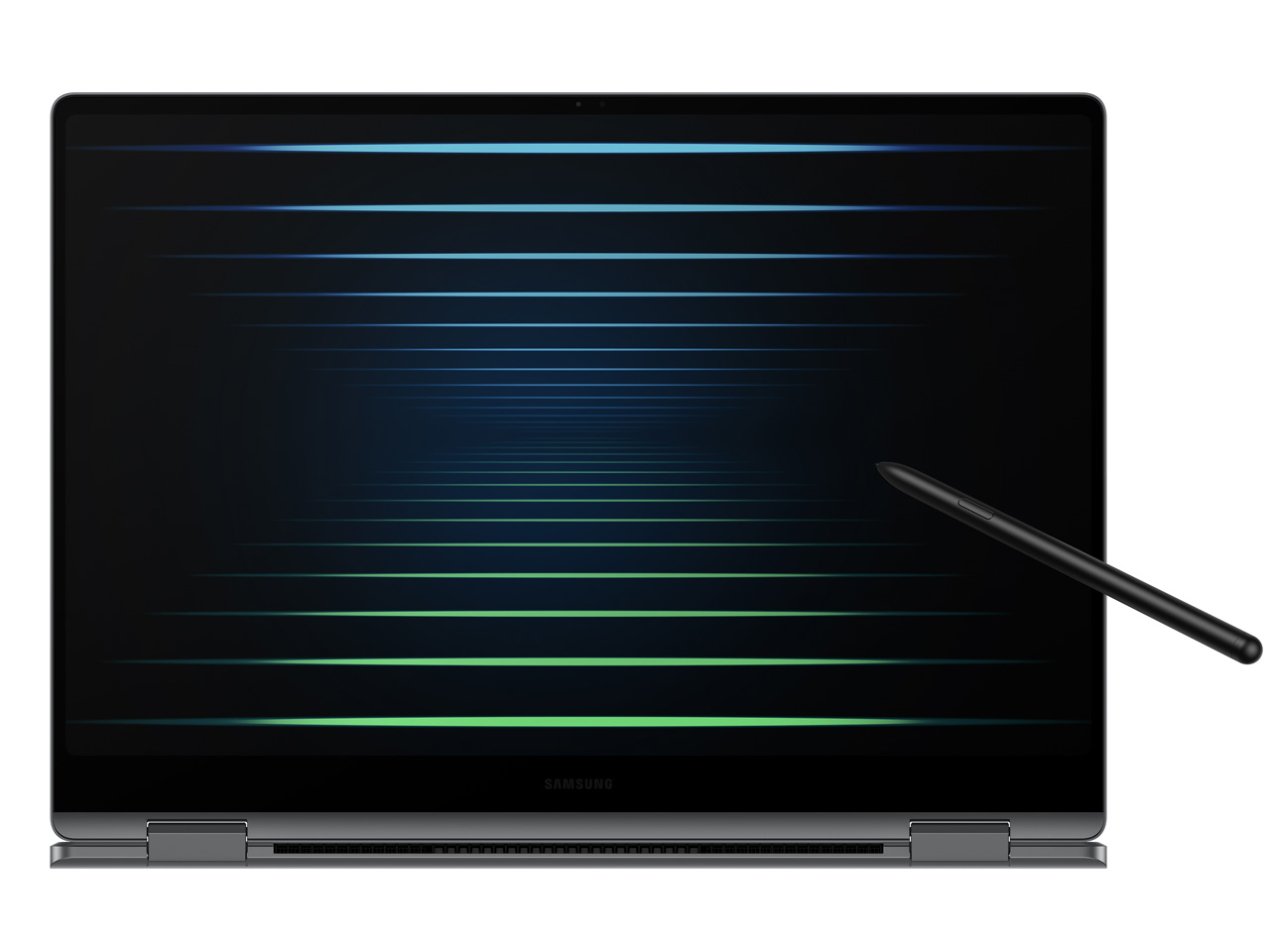
Samsung provides the Galaxy Book 5 Pro 360 with 16GB of LPDDR5X RAM paired with a choice of 512GB or 1TB NVMe SSD. For connectivity, this slim laptop accommodates a HDMI 2.1 port, a pair of Thunderbolt 4 ports, USB-A 3.2, and a headphone/mic combo jack. Featuring Wi-Fi 7 (be, 2×2) and Bluetooth 5.4 support, the laptop is available for preorder as we speak. It is priced at £1,700 ($2,250) for the 512GB variant, and £1,900 ($2,500) for the 1TB version in the UK.
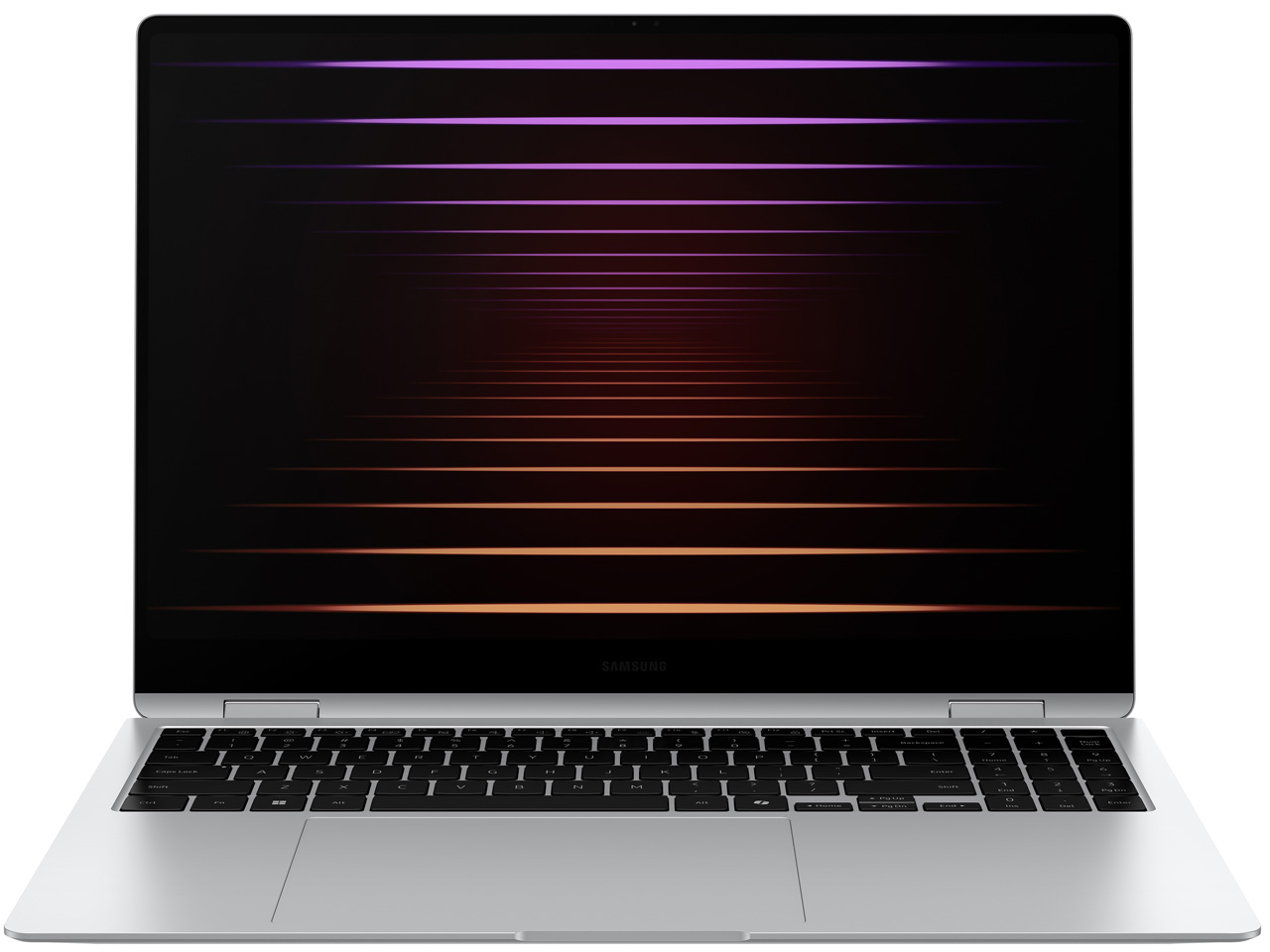
The post Galaxy Book5 Pro 360: Samsung’s AI-Powered Convertible Laptop with Lunar Lake and 25-Hour Battery first appeared on Yanko Design.